






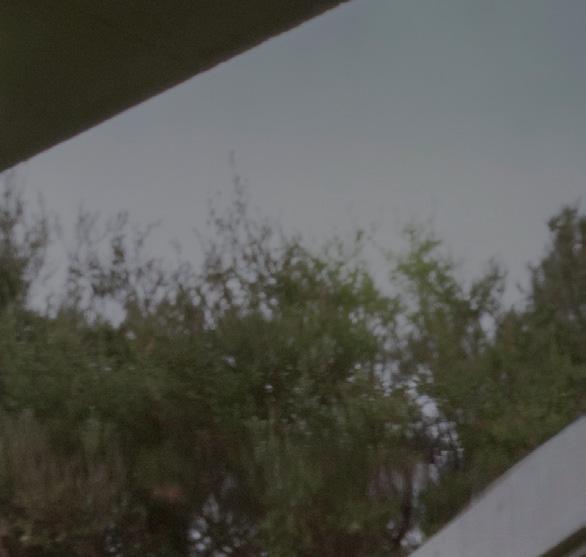
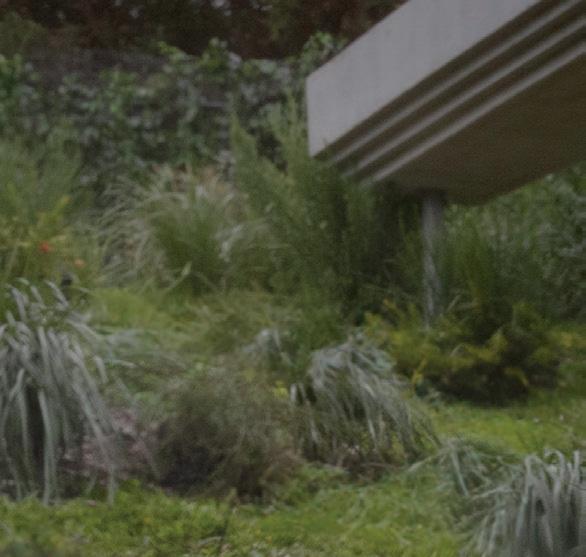







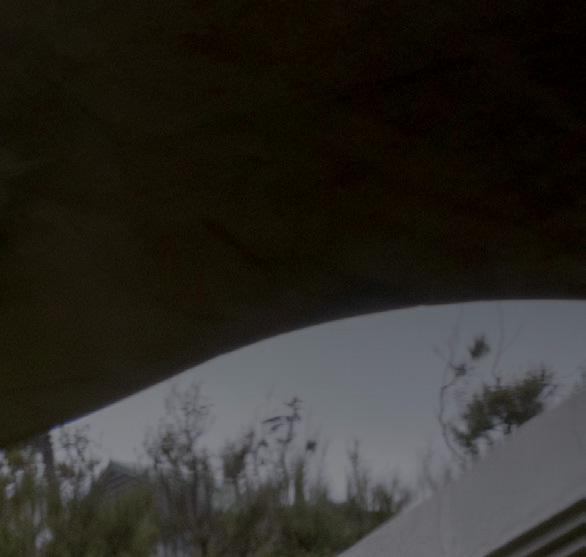


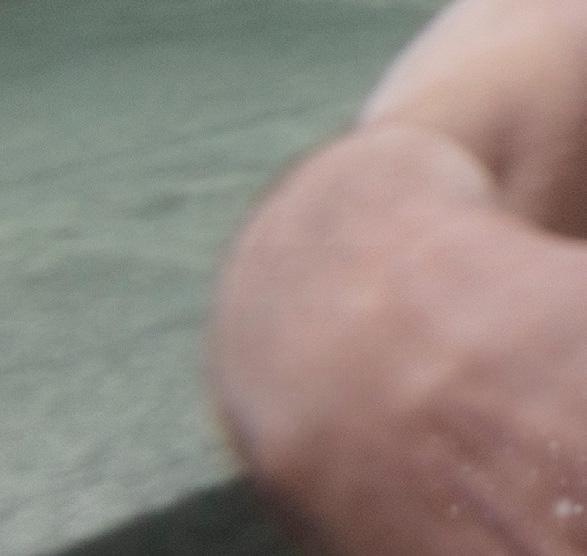


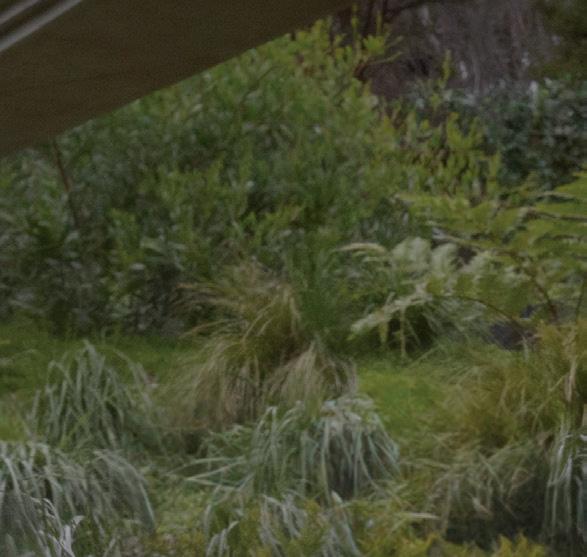










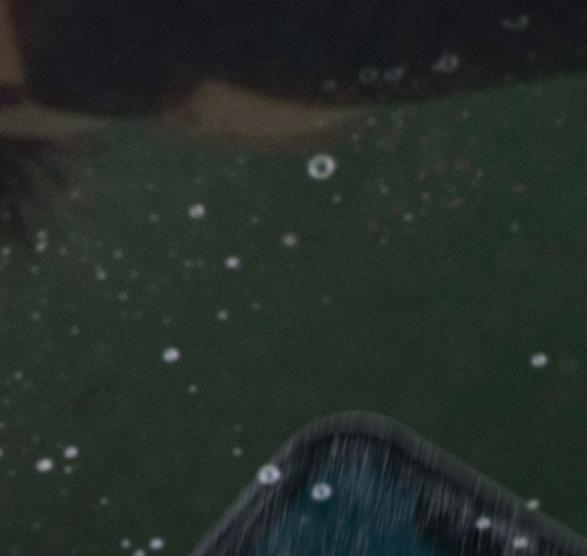

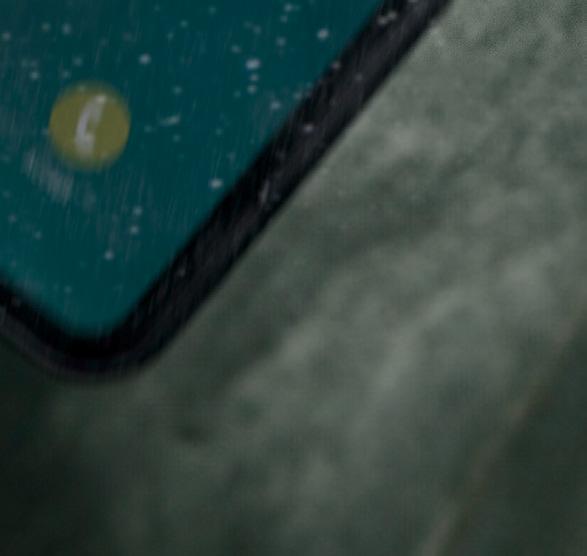



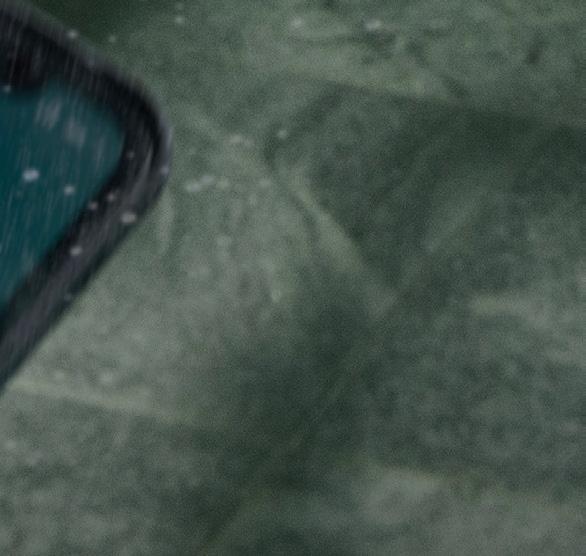




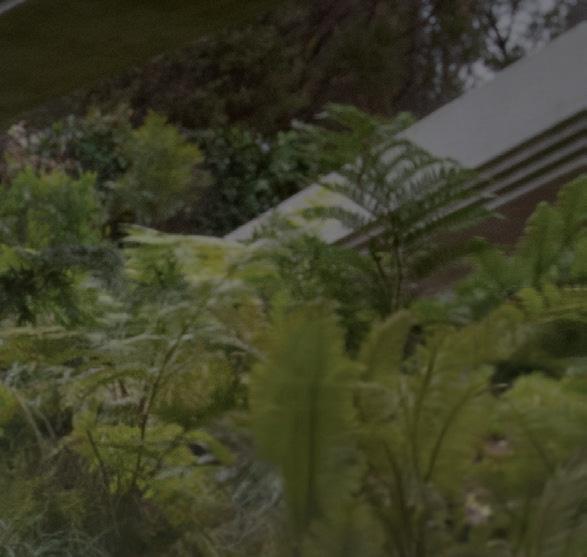


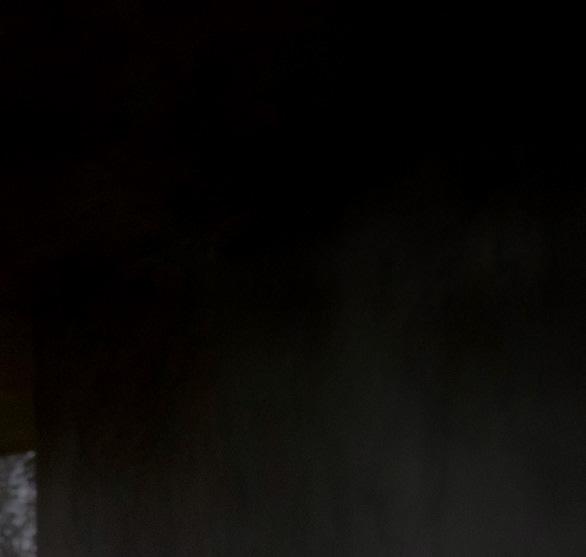






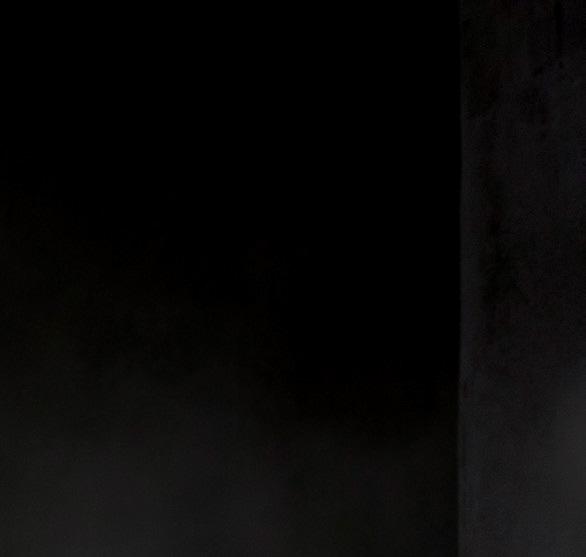










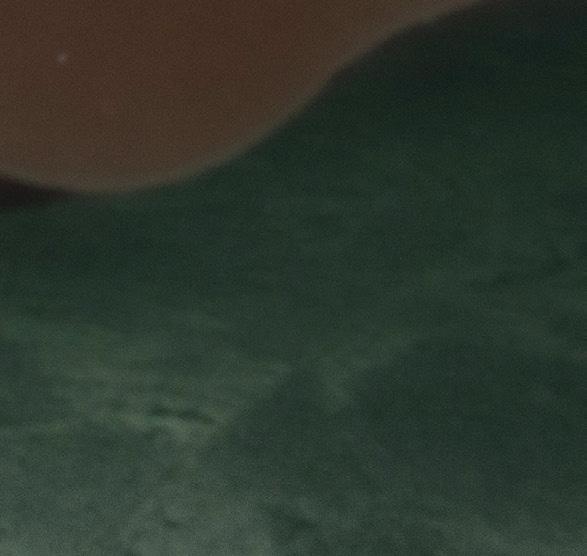
























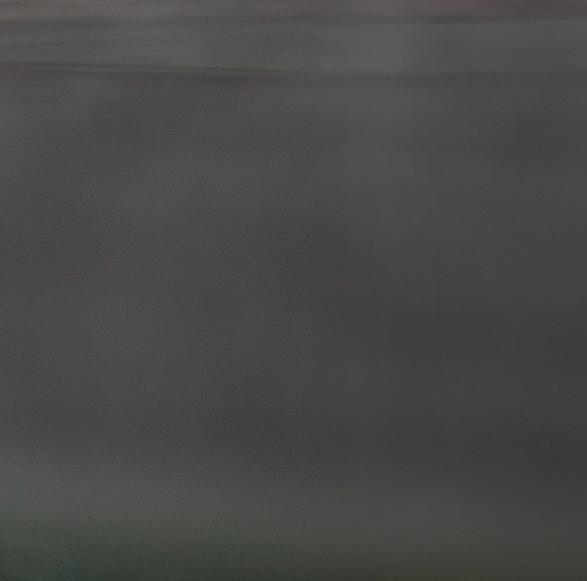

















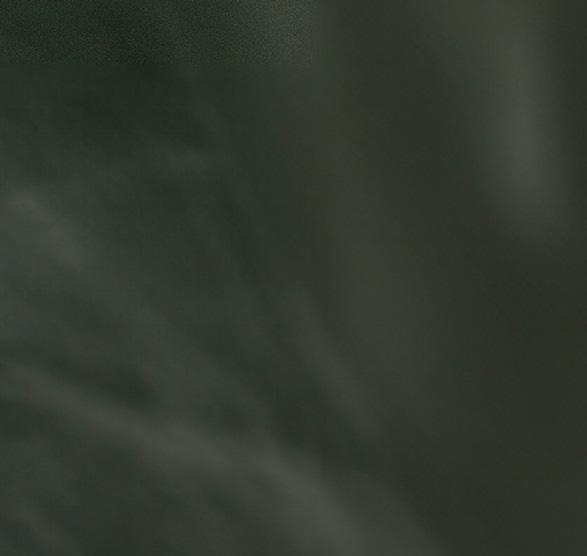


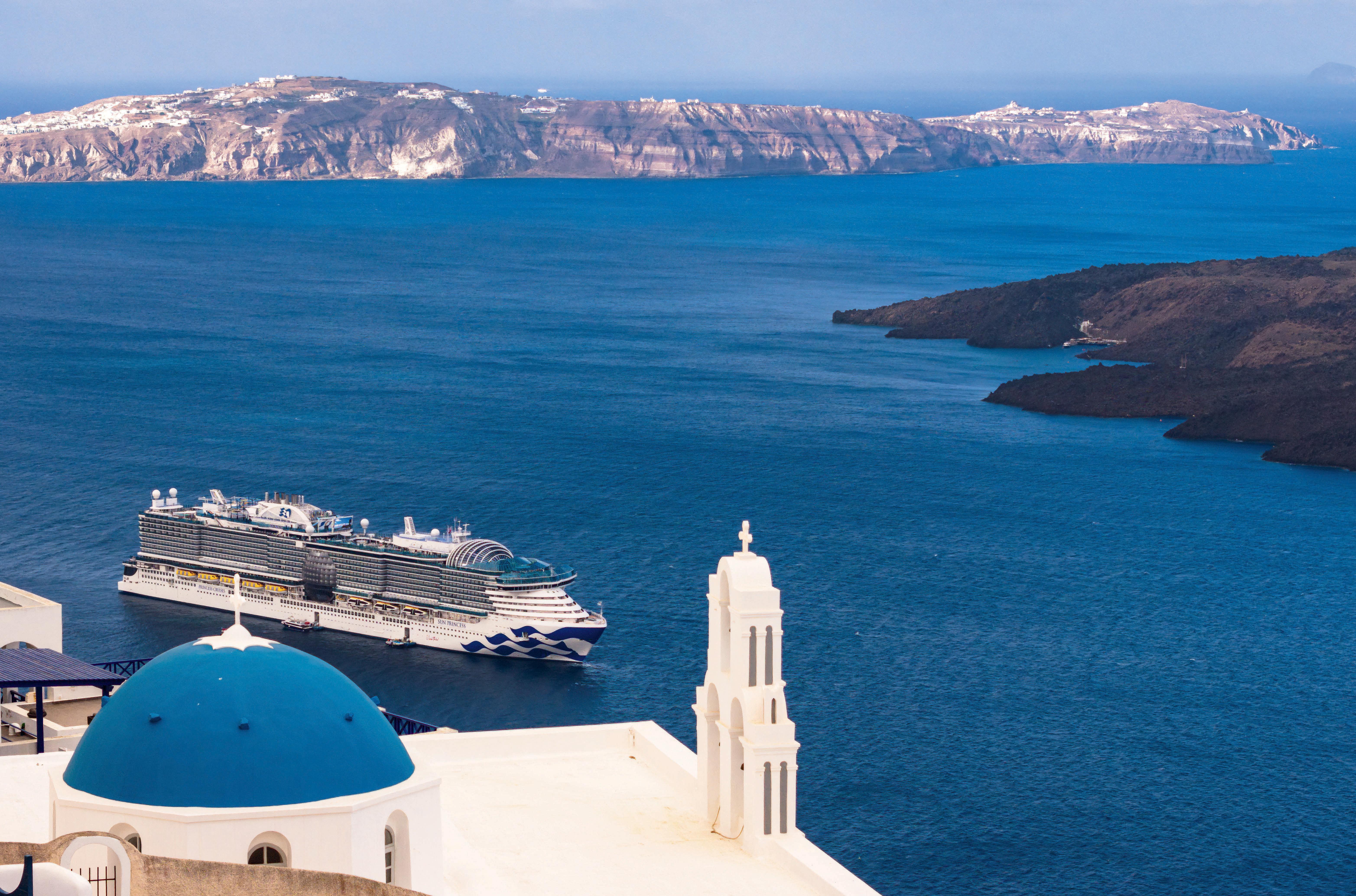

















































































































A New Era of Luxury at Sea: Step aboard Sun Princess, Princess Cruises’ newest flagship and the first of its revolutionary Sphere Class. This stunning ship redefines modern cruising with its harmonious fusion of cutting-edge design, refined elegance and indulgent experiences at sea. With over 30 dining and bar venues, panoramic glass architecture, and immersive entertainment spaces, Sun Princess is more than a cruise, it’s a floating luxury resort.

Gibraltar
A British outpost with Spanish soul: Gibraltar offers dramatic views from the Rock, charming town squares, and encounters with its famous Barbary macaques.
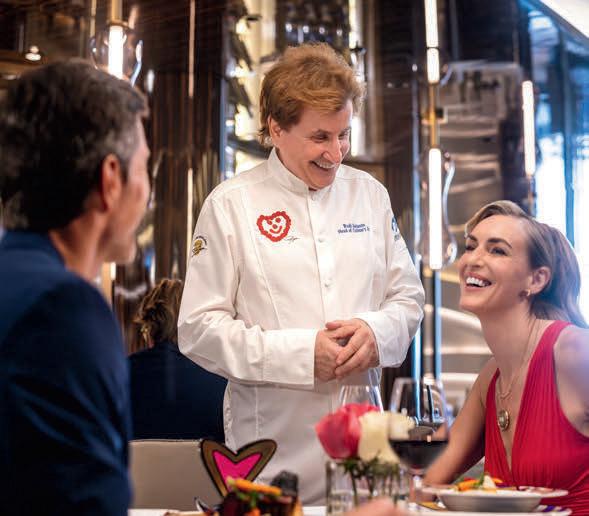
Love by Britto
A whimsical, art-infused dining experience by Romero Britto and Chef Rudi Sodamin. Expect heart-shaped lobster, romance-inspired appetizers, and vibrant décor that celebrates love in every bite.

Marseille, France
France’s oldest city pulses with Provençal flair. Explore the historic Vieux-Port, sip rosé in seaside cafés, or wander through the vibrant Le Panier district.

La Spezia & Cinque Terre, Italy
Gateway to the UNESCO-listed Cinque Terre, La Spezia is your launchpad to pastel-hued villages clinging to cliffs, connected by scenic trails and breathtaking views.
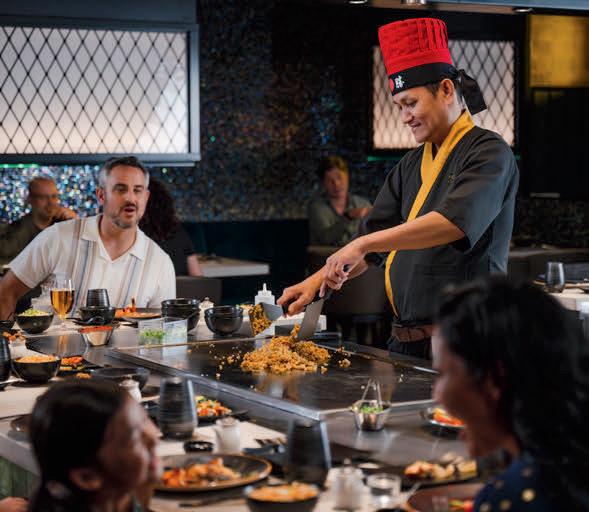
Umai Teppanyaki Sizzling showmanship meets Japanese precision. Watch master chefs slice, dice, and dazzle tableside with flame-grilled delicacies and theatrical flair.
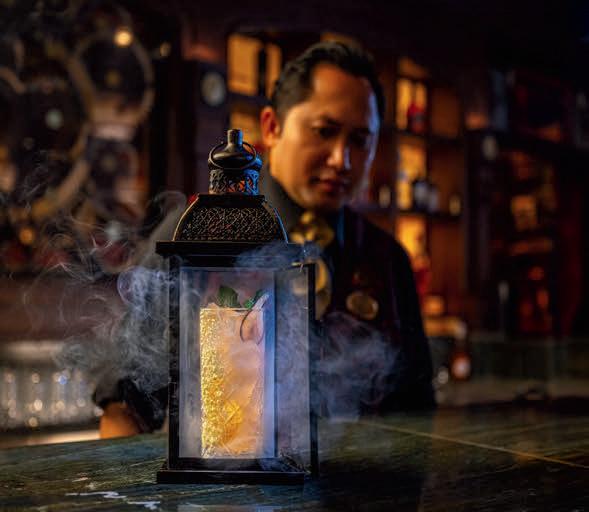
Spellbound by Magic Castle
An immersive dining and mixology experience where illusion and gastronomy collide. Think enchanted cocktails, sleight-of-hand sorcery, and a menu that’s pure magic.

Santorini, Greece
The crown jewel of the Aegean. Whitewashed buildings, blue-domed churches, and sunsets that stop time - Santorini is romance, mythology and magic rolled into one.
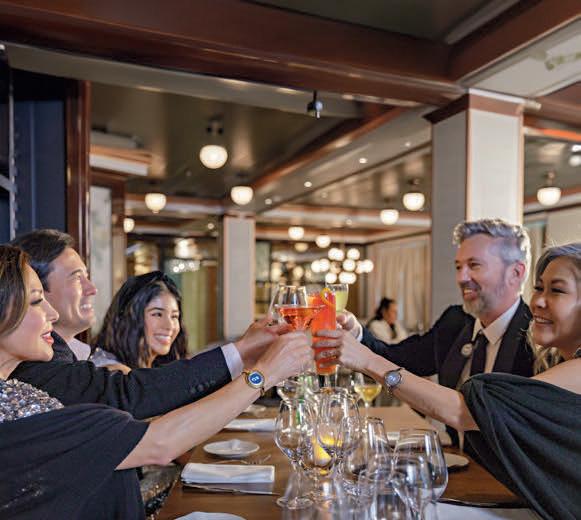
A

Sun Princess® offers a multi-venue entertainment lineup that rivals Broadway:

Princess Arena:
A state-of-the-art theatre-in-the-round hosting original productions like Vallora: A Pirate Quest and Stage Struck, featuring high-energy choreography and iconic soundtracks.

The Dome:
Inspired by Santorini’s terraces, this glasscovered space comes alive at night with vibrant performances, glowing lights and a lively, romantic vibe that’s perfect for unforgettable evenings.

The Piazza:
The heart of the ship, alive with live music, game shows, and the iconic Champagne Waterfall.

Spellbound Lounge: Where magic meets mixology in an intimate, spellbinding setting.
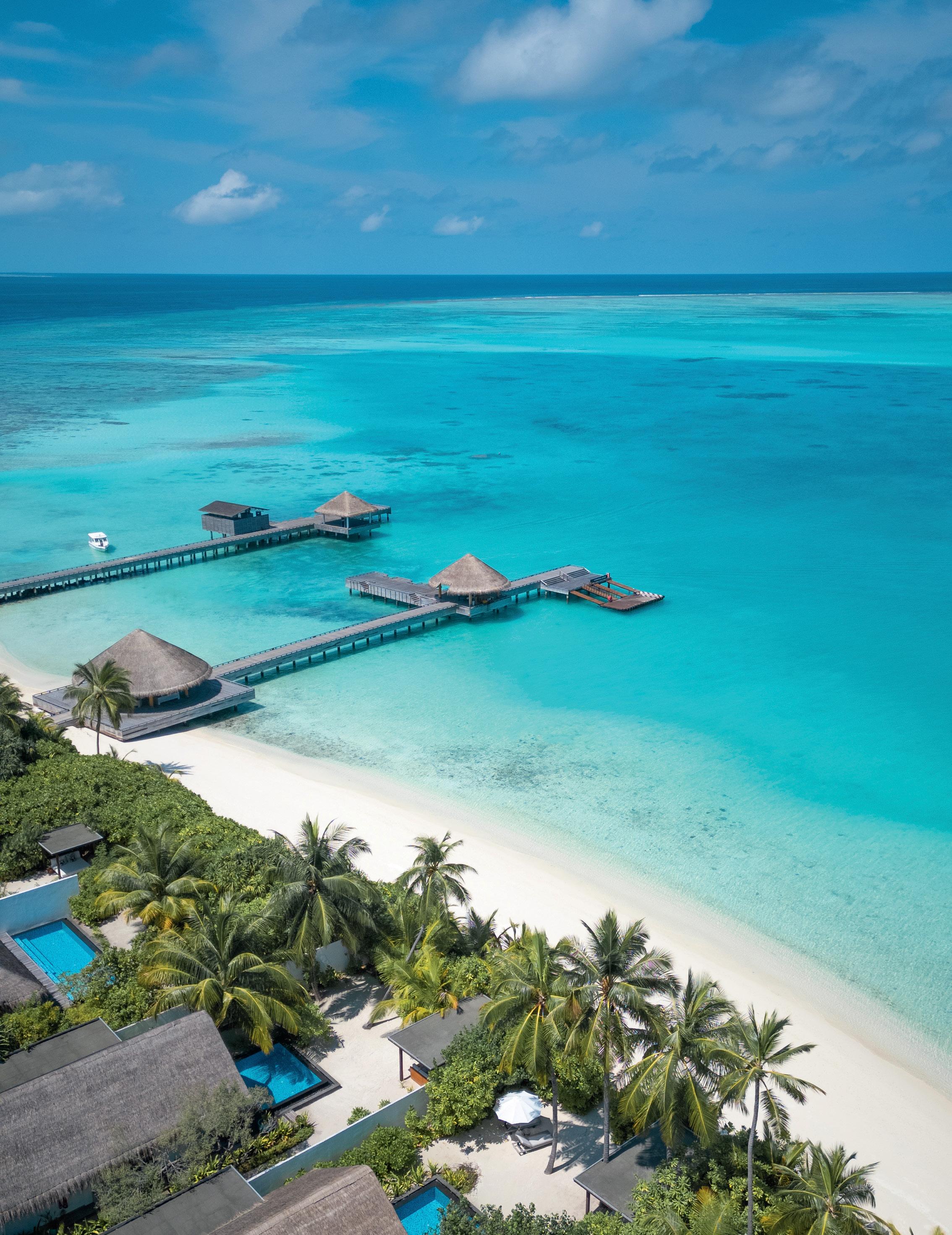

Oasis in the middle of the desert city
Staying at The EDITION Dubai is a perfect foil to the dizzying, fast-paced city.
Behind the scenes of Luxury Escapes TV
Candid photos from the new season of Luxury Escapes: The World’s Best Holidays
What does Melbourne sound like?
With event travel bigger than ever, we dive into the city’s music scene with an expert.
An indulgent weekend on the Sunshine Coast
Beyond the beaches, this Queensland region is packed with tropical flavours.
Go on a grape escape in Portugal
The Douro Valley is perfect for lovers of port, wine and fantastic food – with a side of relaxation.
Get on the Sirru Fen Fushi train
This Maldives resort has an unmatched house reef with incredible access to marine life.
The best drinking, dining, sleeping and fun in the Land of the Long White Cloud.
Offering more than just views, these new dining destinations provide elevated hospitality.
e wild avours of Malta and
This overlooked destination is perfect for a food-lovers’ itinerary with a difference.
Head of Content
Penny Cordner-Maas
Managing Editor
Paul Chai
Creative Lead
Natalie Meneghetti
Content Manager
Stephanie Mikkelsen
For all editorial enquiries, contact editorial@luxuryescapes.com
GM Media & Brand
Partnerships
Matt Bailey
Tourism Boards
Partnerships Manager
Jodie Collins
Strategic Partnerships
Executive
Annika Rothschild
Contributing writers
Sofia Calvert, Stephanie Mikkelsen, Nate Robinson, Adam Schwab, Conor Walsh
Design team
Elise Ackland, Audrey Campkin-Smith, Nathan Pascual, Veronica Sam
Strategic Partnerships Leader
Chris Neill Partnerships Manager Michael Grenenger
For all advertising enquiries, contact mediasales@luxuryescapes.com
CEO and Co-founder Adam Schwab
Chief Marketing Officer Ben Connell
A quiet place: sailing Norway’s tranquil coast
On board a unique cruise that is part mail run, part ferry and all about the sounds of silence.
e family island where nature also nurtures
Just off Singapore is an island escape that offers families time to unplug and also reconnect.

Be inspired by wanderlustworthy destinations, travellers’ tales and the latest travel trends online at Dream by Luxury Escapes.


Barks and recreation: Australia’s top pet-friendly escapes


Baywatch: Meliá Pattaya hotel is the city’s most exciting new opening
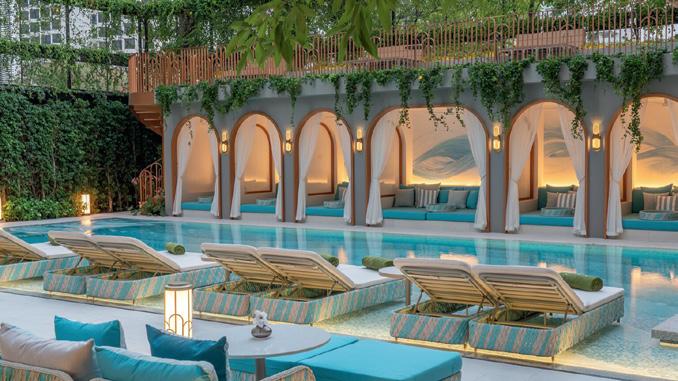

Also catch us at:

As we approach the end of 2025, it has been a huge year of change and innovation at Luxury Escapes.
One of the newest and most exciting ways we have elevated your holiday experience is with the launch of Société, our exclusive travel reward program. Becoming a Société member is free and the benefits that you can unlock save you serious money. But this program is about more than just the points: it is about putting our customers first and rewarding your loyalty in a meaningful way. Join today and move up the membership tiers for even more benefits.
Luxury Escapes also launched its firstever European private flight charter, a 25-day tour aboard your very own aircraft with likeminded travellers to destinations such as Bergen in Norway and Champagne in France. The tours team has also cooked up some incredible new Signature Series tours where food personalities like Diana Chan and Khanh Ong take travellers to their favourite culinary spots in Thailand. These tours are exclusive, well researched and a lot of fun.
We have refreshed Dream by Luxury Escapes, too, after two years of publication. In this issue are new regular sections such as Snackover, where we document
a calorie-intensive 24-hour foodie stopover; On the Record, where we take a look at how certain cities sound, and the music scenes and musicians that make them fascinating destinations. We also have Radius, a column that celebrates centrally located hotels where everything you need is just a short walk away. We also get a first look at the wellness-forward 1 Hotel Melbourne, situated by the Yarra River.
Our features section continues to showcase all that is great in the world of travel. Our cover story, “The sky’s the limit”, looks at Bangkok’s burgeoning rooftop food and beverage scene. We head to Malta (“Fights and flights”) for a deep dive into this under-the-radar European destination and its fascinating history of warrior monks and naval battles. And we tap into the new trend of quiet travel, taking time out from the attention economy for some peace, with a very special Norwegian cruise (“Hush hour”) that is part tourism, part ferry and part mail run through the tranquil fjords.
Luxury Escapes will continue to put customers first, create new and exciting products, and highlight destinations that we know and love. Hopefully we’ll see you in the skies soon.
CEO and Co-founder Luxury Escapes
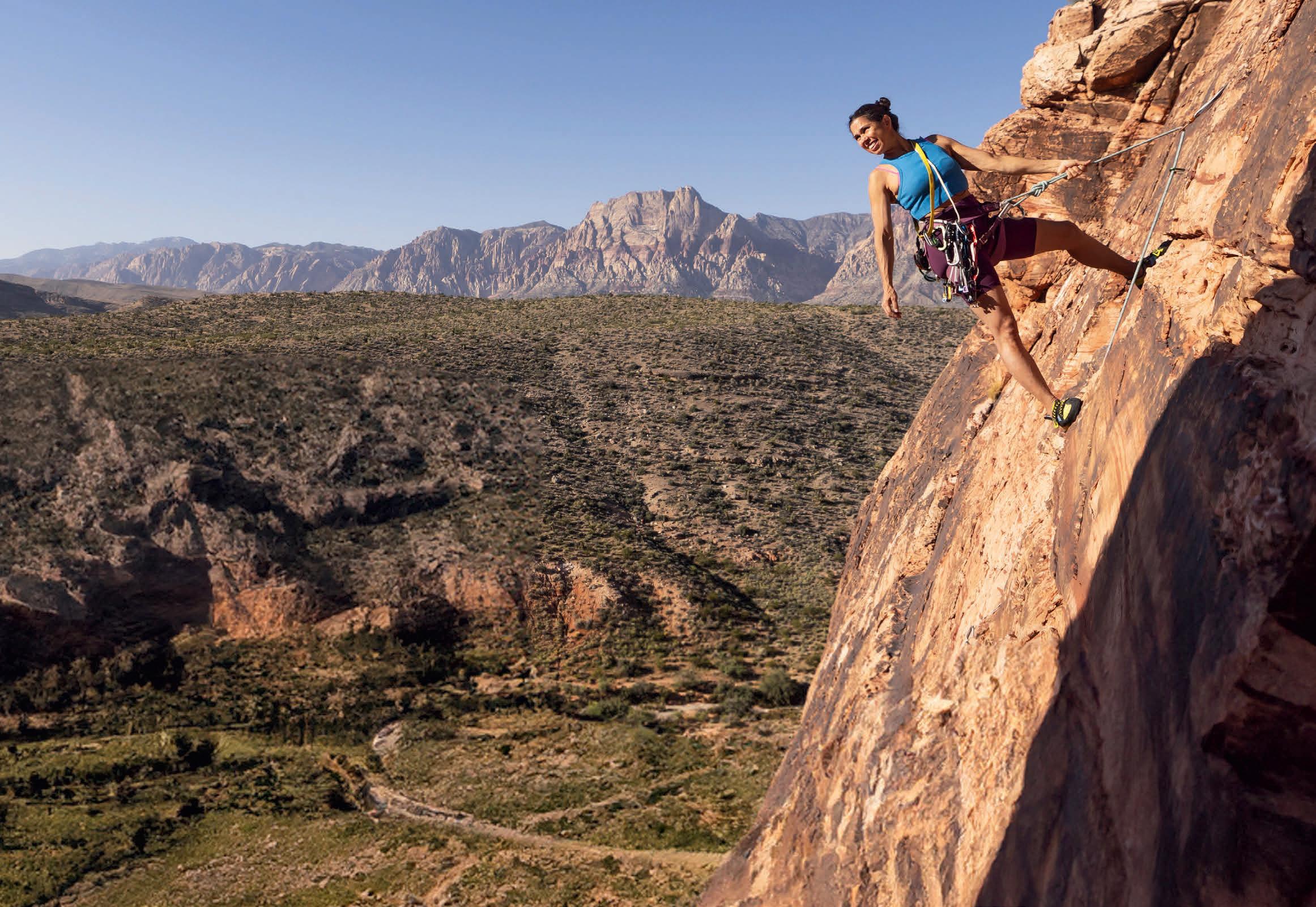

Go on foot, by dirt bike, on horseback or in a UTV. It’s time to tell reality “BRB.” Snowboard or sandboard, you’ll never be bored. We’ve got desert mountains in spades, but you’re free to make waves in rivers and lakes. Go fishing or go fish around the campfire. Conquer your next climb or count stars under the darkest night skies. With over 60 million acres to explore and endless space to be, things are about to get a little out there.
Plan your trip or visit TravelNevada.com

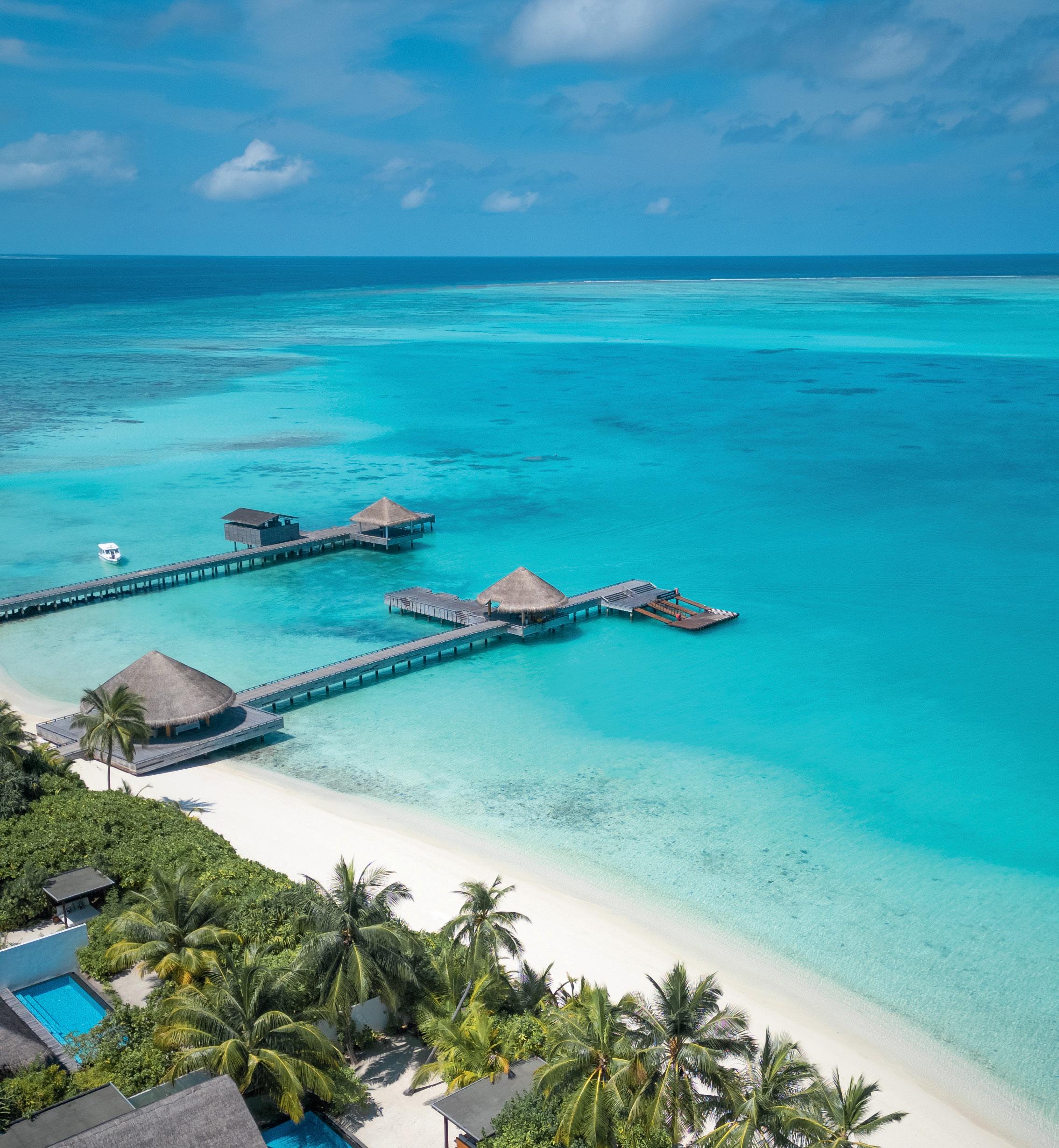
Shining a light on the new, the next, the people and the places you need to know about.
28 / Chasing “Deco echoes” around Shanghai
/ Is Nevada the quirkiest road trip in the US?
/ A 24-hour “snackover” in Paris’s Le Marais
/ Take a rst look at the new 1 Hotel Melbourne
Rebellious energy is sewn through the latest NGV summer blockbuster.
The NGV’s world-premiere summer blockbuster celebrates two iconoclastic fashion designers: British punk queen Vivienne Westwood and Japanese rebel Rei Kawakubo of Comme des Garçons.
The Westwood | Kawakubo exhibition, which launches in December, will highlight 140 innovative and ground breaking designs and feature loans from international museums and private collections –including New York’s Metropolitan Museum and the Vivienne Westwood archive. Exhibition highlights include Westwood’s iconic punk ensembles from the
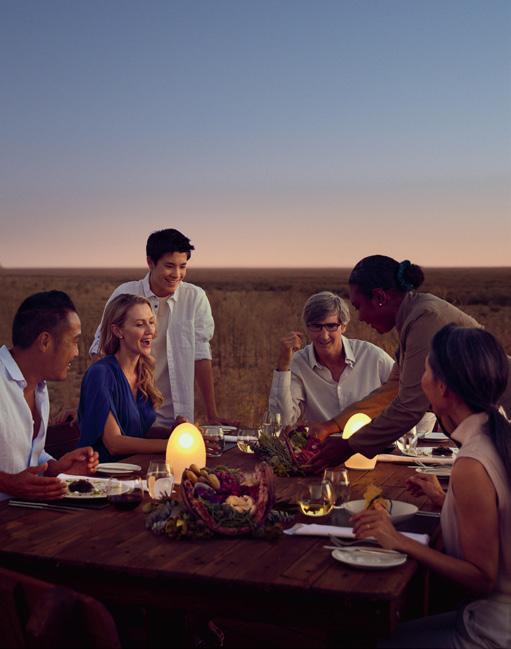
Neil and Samantha Perry launch Gran Torino, a classic Italian restaurant experience with a modern Australian in uence.
late 1970s, popularised by London bands such as The Sex Pistols and Siousie Sioux, and a bridal gown worn by Sarah Jessica Parker in Sex and The City: The Movie. It will also show Kawakubo’s sculptural petal ensemble worn by Rihanna on the red carpet, as well as key designs from collections worn by Lady Gaga and Katy Perry.
“This exhibition celebrates two leading female fashion designers from different cultural backgrounds, who both had strong creative spirits and pushed boundaries,” says Tony Ellwood AM, Director, NGV.

Uluru’s
Ayers Rock Resort proves to be a triple threat at the 2025 NT Gold Plate Hospitality Awards.
Ayers Rock Resort has shown that people flock to it for more than just the amazing views of Uluru by dominating the 2025 NT Gold Plate Hospitality Awards. The resort took out the award for best hotel restaurant for Arnguli Grill & Restaurant; while the resort’s Tali Wiru dining experience won both best tourism dining and restaurant of the year.
Tali Wiru is Uluru’s signature open-air fine dining experience while Arnguli Grill & Restaurant is located at Desert Gardens Hotel and has also
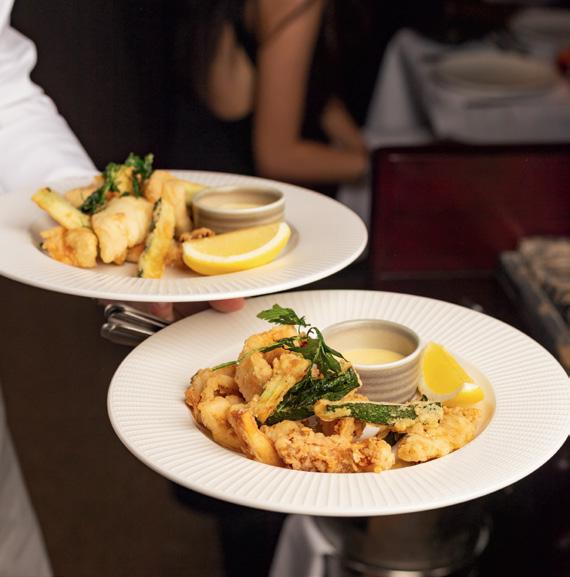
Spanning two levels in Double Bay’s Gaden House, Gran Torino and Bar Torino focus on seasonal produce and high-quality ingredients.
“The basis of all Italian cooking is to work with the seasons, so Gran Torino’s menu will reflect what’s available at the market each day,” said Neil, pre launch. “Antipasti and pasta to begin, followed by seafood and meat for mains. To be cooking these dishes in this beautiful dining room just feels right.”
Menu highlights include finely sliced Mishima bresaola with Reggiano and extra virgin olive oil, fritto misto di mare with king prawns, squid, scallops and coral trout. You might also see agnolotti del plin filled with veal, guinea fowl and sage butter. The wine list highlights Australian and Italian producers, alongside selected wines from Europe, South Africa and the Americas.
Bar Torino, located in the former Bobbie’s site below Gran Torino, offers a more casual Italian menu of spuntini, antipasti and larger plates, operating from 12pm until late, Tuesday to Sunday.
been named NT’s Best Steak Restaurant.
“We are honoured to be recognised by Hospitality NT for our dedication to delivering world-class dining experiences in the heart of the Red Centre,” said Matt Cameron-Smith, CEO of Voyages Indigenous Tourism Australia, operators of Ayers Rock Resort. “These awards are a testament to the passion and creativity of our culinary teams, and to the unique cultural and natural setting that inspires everything we do.”
Can’t decide between a “coolcation” or an island escape? Norwegian Cruise Line’s new itineraries have the answer.
Norwegian Cruise Line’s (NCL’s) new dual-destination “Fire and Ice” itineraries combine the majestic beauty of Alaska’s icy seascapes with the lush, tropical paradise of Hawai’i.
Combining trending coolcation destinations with idyllic warm weather island-hopping, NCL will offer four unique 16-day sailings in 2026 aboard the Norwegian Spirit
“Our fabulous ‘Fire and Ice’ sailings are perfect for guests who can’t decide between an island-hopping Hawaiian experience or the striking scenery of Alaska – or those who want to treat themselves to an extended voyage whilst ticking multiple bucket list destinations off their list,” says Ben Angell, NCL VP and Managing Director, APAC.


Luxury in the Cook Islands isn’t only about 5-star hotels - it’s the luxury of having pristine beaches all to yourselves, swimming with turtles, and dining where most meals are accompanied by sparkling water!
Ready for the Cook Islands? Freedom awaits with direct flights from Australia with Jetstar.

After success in Mexico, Dominican Republic and Spain, Meliá’s all-inclusive concept has nally landed on Nusa Dua’s exclusive shores.
Maximalist in scope and magnificent in design, this sprawling beachfront resort features dedicated adults-only enclave The Reserve alongside four pools and eight restaurants, including South Americaninspired seaside haven Kanna Beach Restaurant. Families are well catered for with Family Concierge, offering fun-filled adventures tailored to groups, child-friendly suites and an exclusive beach area.
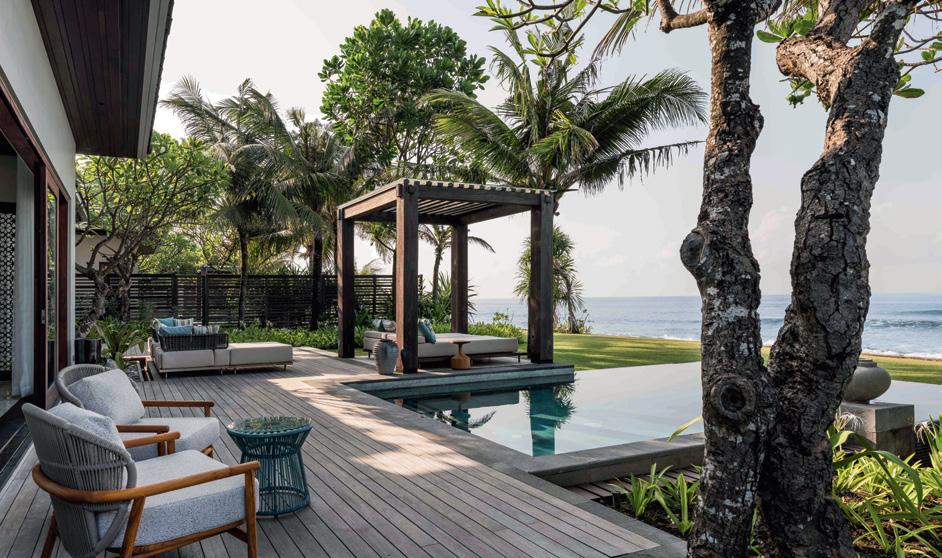
Regent Bali Canggu brings the brand’s signature white-glove service to Bali’s spectacular southwestern coast.
The world’s first Regent Spa, built at the resort’s peak, offers a wide-ranging menu of Balinese-inspired treatments backed by luxury skincare products from Kerstian Florian. Catalonia meets Canggu at Sazón, the resort’s tapas restaurant, featuring dishes like squid-ink paella and a top-shelf selection of sherry and cava.
Timeless in design and monumental in scope, Giza Palace Hotel & Spa is Cairo’s most-anticipated luxury hotel opening in over a decade.
The hotel boasts oasis-inspired pools, the sprawling Palace Spa with Turkish hammams and dining concepts plucked from across Europe and the Middle East. An enviable West Cairo address offers guests easy access to the Giza Pyramid Complex; the hotel’s impressive concierge service offers experiences ranging from sunset Nile cruises to pyramid photoshoots.
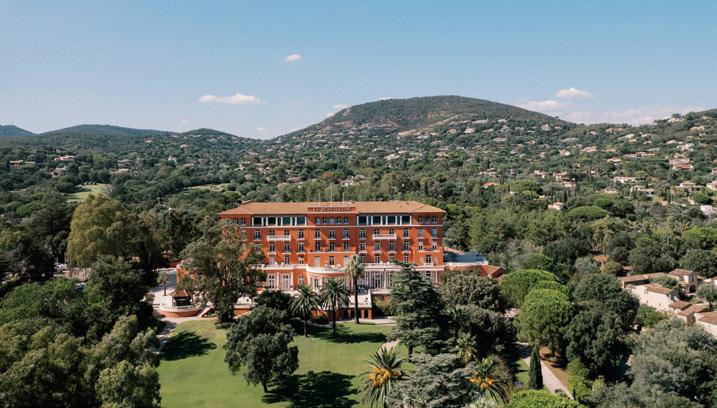
French Riviera icon Le Beauvallon’s transformation from private sanctuary to public hotel marks the rst time individual guests can stay at the Belle Epoque palace.
Stewarded by Singapore-based COMO, the change heralds broader changes for the Côte d’Azur icon, to be formally renamed COMO Le Beauvallon in 2026. Beyond breathtaking views over the bay of Saint-Tropez, the reimagining brings with it access to the hotel’s legendary beach club and dining concepts by Michelin darling Yannick Alléno.
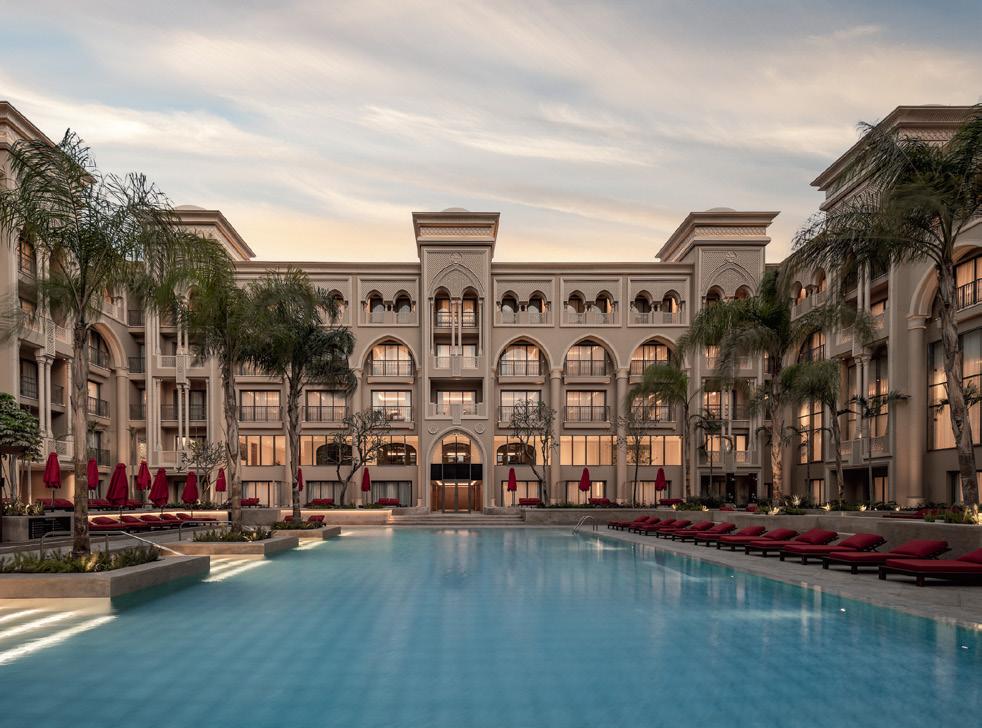
With a design inspired by primordial stone and complete exclusivity across 44,000 acres of Kenya’s wild north, &Beyond Suyian Lodge rede nes the safari stay.
Each of the lodge’s 14 suites features a private plunge pool, local artisanship and sweeping views over the savannah. Horseback game rides offer glimpses of the region’s most cherished natural treasures: Laikipia hartebeest, African wild dogs and the elusive black leopard.
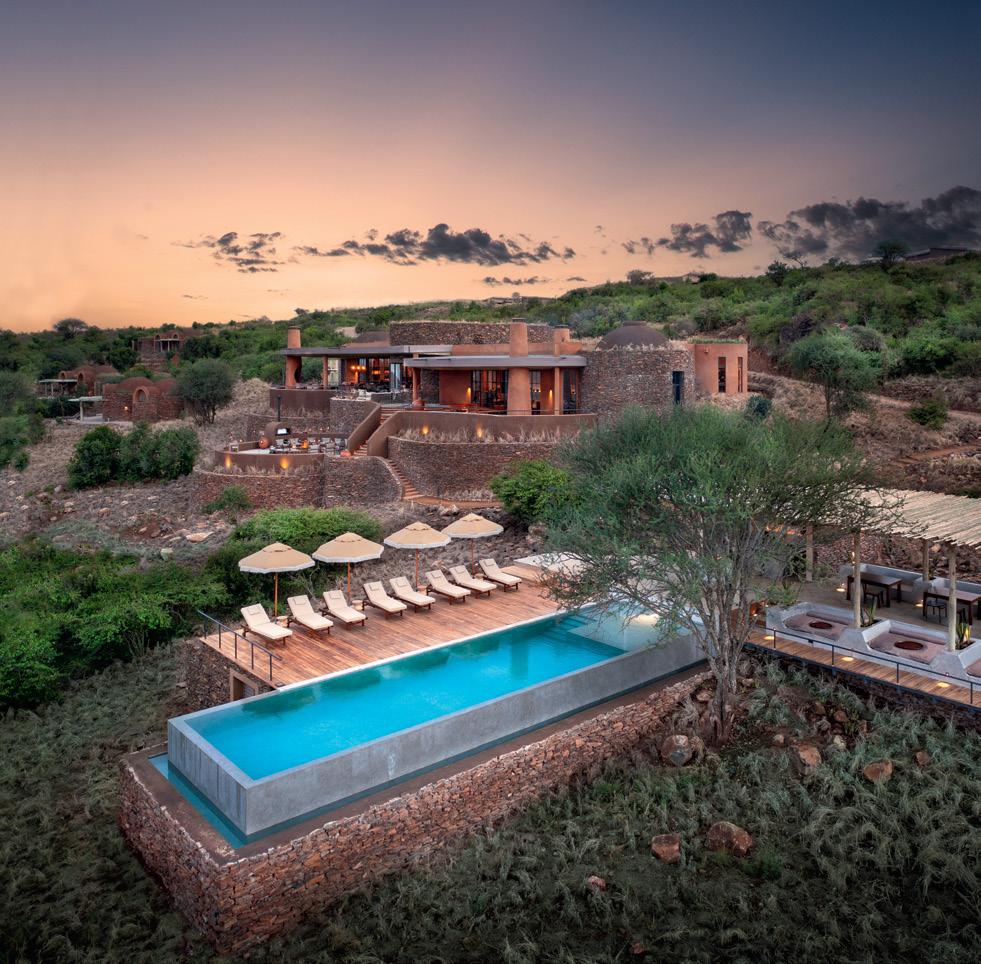

Time to visit the
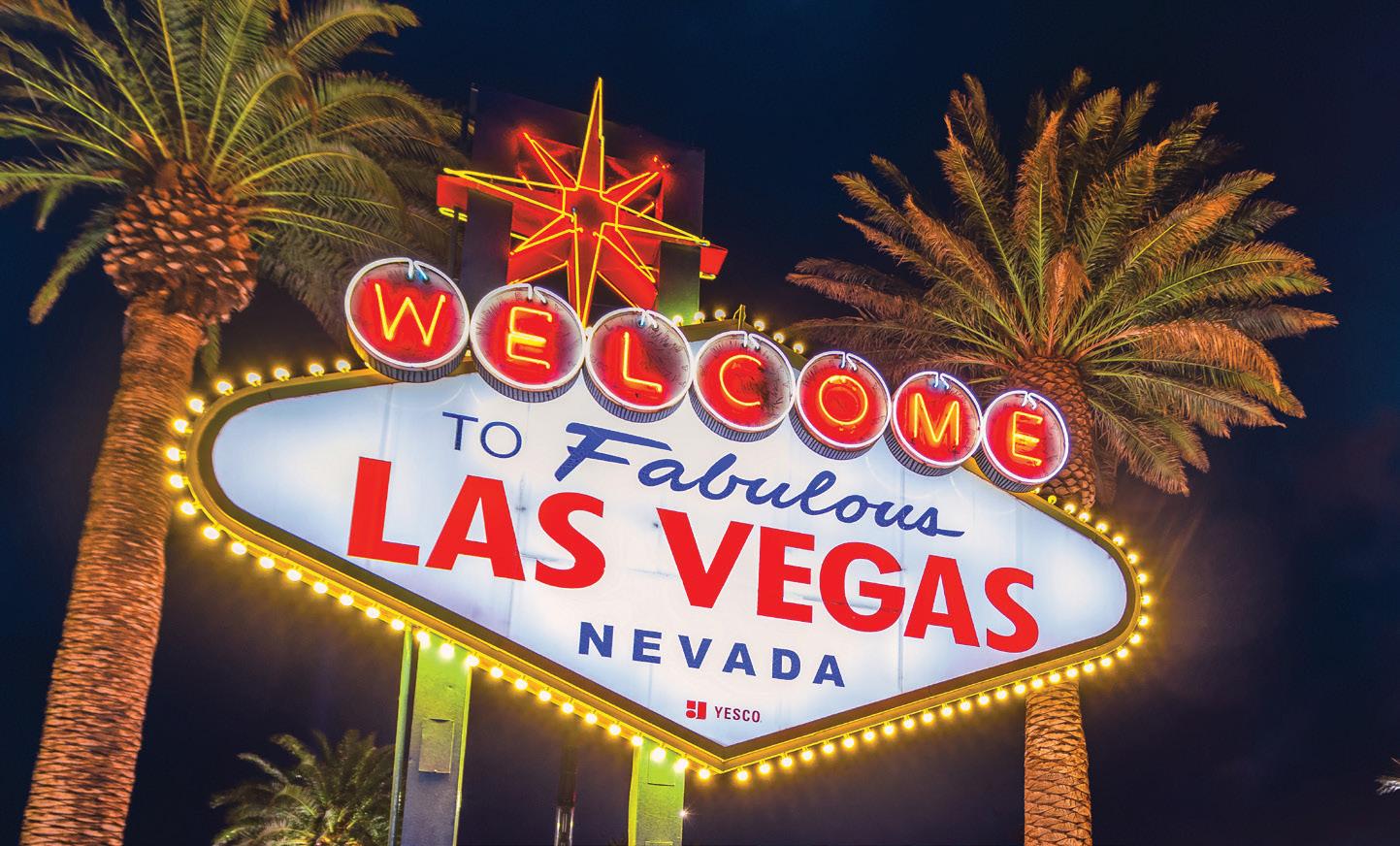
Las Vegas delivers an escape to luxury hospitality, indulgent dining, top-tier amenities, and refined wellness—all in one premier destination.



On opposite sides of the Atlantic, Cairo and Mexico City are twin ames. Both cities are born from ancient civilisations – one raising pyramids in the desert, the other in the jungle. In both, old-world temples stand shoulderto-shoulder with modernist museums, street food is shaped by centuries of tradition, and the chaos feels almost orchestrated. Pack curiosity and loose pants to step into these sun-drenched time machines.
A reprieve from the city’s cacophony, Coptic Cairo is a mix of shadowy alleyways, ancient courtyards and churches carved into ruins. A visit feels less like a tourist stop and more like a secret. See the Hanging Church suspended above a Roman-era gatehouse, early Christian artwork at the St Barbara Church and 9thcentury Ben Ezra Synagogue.
So tel Cairo Downtown Nile
From its Nile-facing rooms to rooftop lounges, this new five-star stay has 615 keys that meld Parisian polish with Egyptian flair right in the centre of Cairo. Impressive dining spans Pan Asian at Kamala to charcoal meats at Oak Grill. Retreat from the city’s chaos to the sun deck for pool laps, relaxed bites and river views – or relax in the immersive sanctuary that is the Sofitel Spa.
A city that sets your every sense to max, and ancient history isn’t a backdrop – it’s a co-star. One minute you’re facing a pharaoh, the next you’re following the perfume of cardamom and cumin in Khan el Khalili. Eat koshari by the kilo, drift downriver on a felucca and walk a mile in Tutankhamun’s sandals.
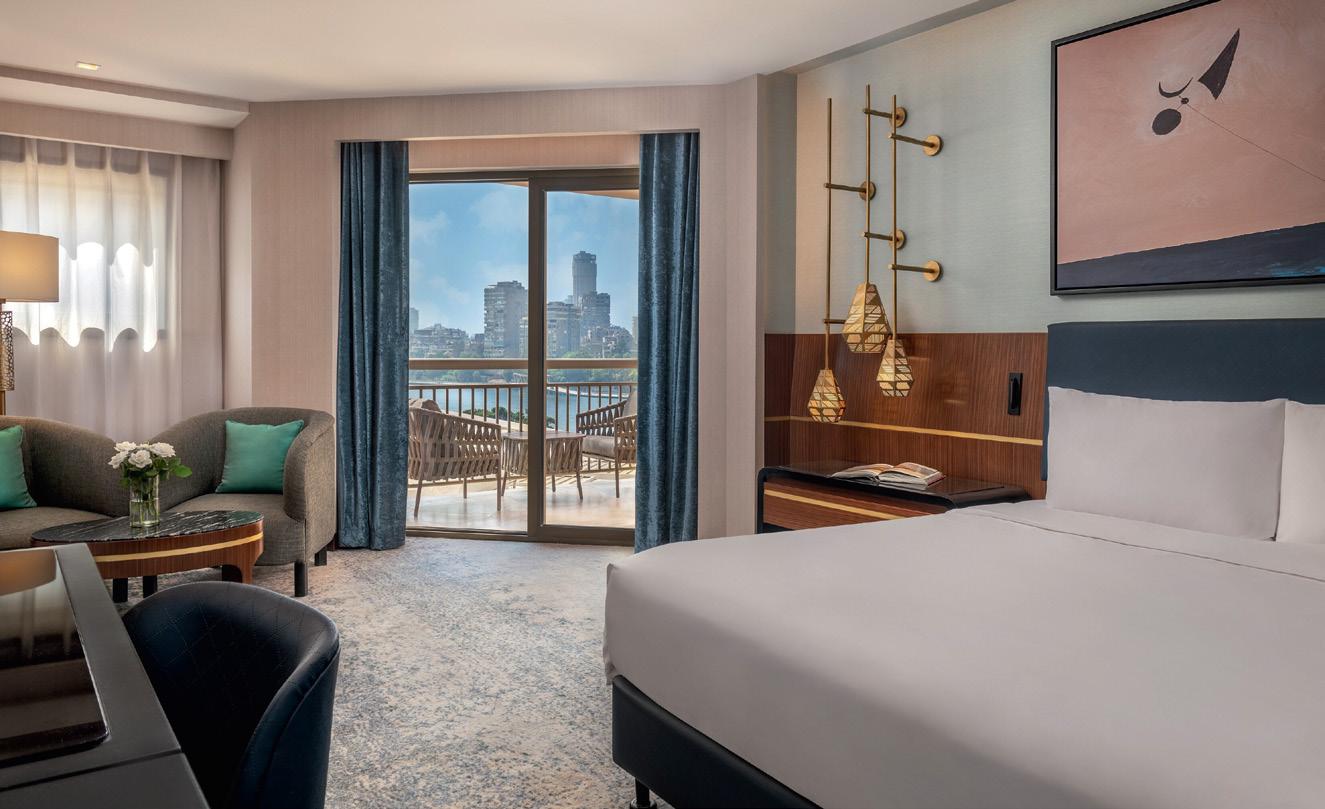
EAT
Hawawshi
Cairo’s answer to the sandwich. Spiced minced beef is stuffed into baladi bread and oven-roasted until the edges are crisp and the centre molten. Forget about trying to use cutlery. Grab one hot from hole-in-the-wall joints like El Refaay, add a squeeze of lemon and dive straight in.
Known as asab or aseer asab, this frothy, jade-green sip is the sweetest antidote to the desert heat. Stalks from the Delta are crushed to order, stirred through with water, lemon juice and ginger for zing. There are roadside vendors scattered throughout the city and its markets, or head in-shop to places such as Family Drink.
With the most anticipated opening since Tut’s tomb, this museum puts the ancient world’s treasures back in the spotlight –minus the cobwebs. A 36-foot Ramesses II colossus greets visitors, and more than 80 sculptures line the steps of the grand staircase. Aimlessly wandering between galleries is encouraged.

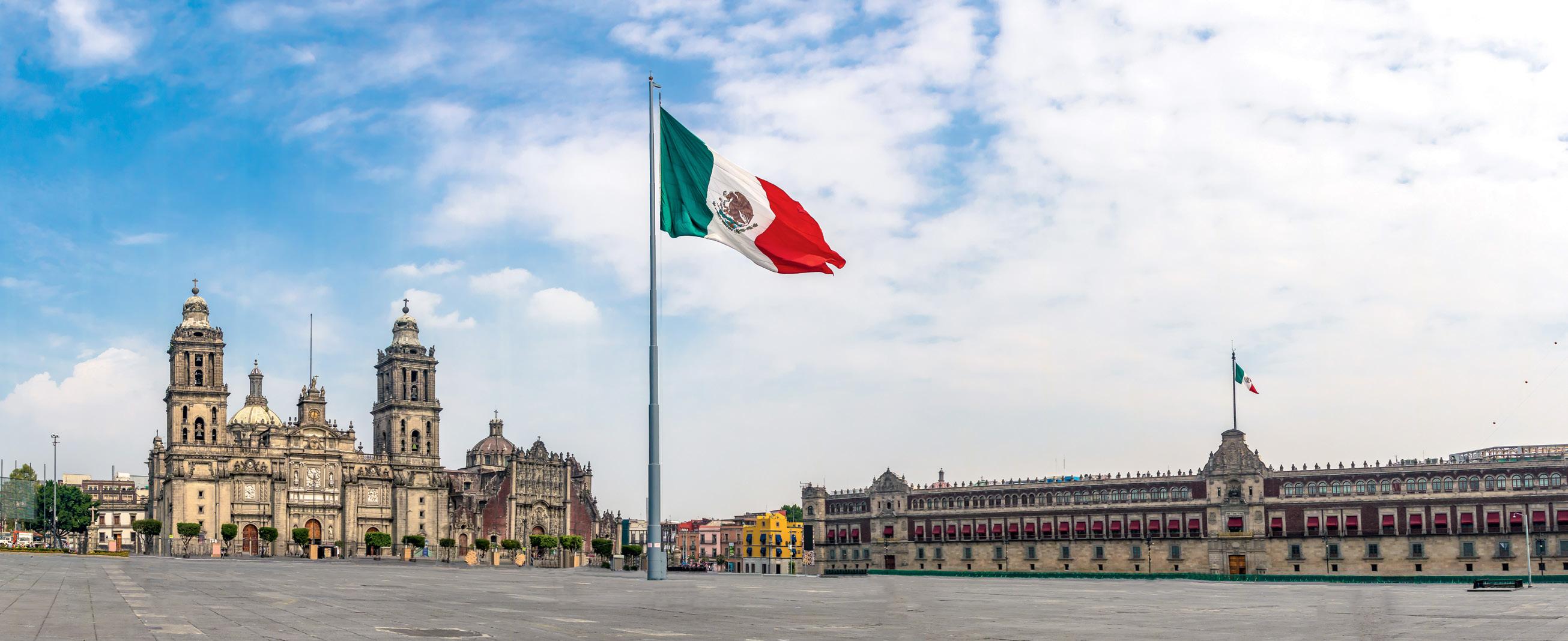
In the Mexican capital, the legacy of Tenochtitlán mingles with murals, mariachi and a taco for every mood. Ciudad de Mexico City (CDMX) is layered like mole, bold like Frida’s brows and completely unforgettable. Whether you pray at the altar of sun gods or salsa, welcome to the Aztec afterparty.
In CDMX’s answer to Berlin Kreuzberg or Paris’s Marais, expect broad boulevards lined with galleries, mezcal bars and specialty coffee cafes. Parque México is the neighbourhood’s green heart and offers pop-up markets and prime people-watching, or book ahead to visit Casa Gilardi, a private home by architect Luis Barragán.
In the leafy heart of Condesa, this hotel’s sleek design and smart comforts feel perfectly placed. Cleo is the downstairs diner serving Mediterranean plates with Mexican leanings, and the rooftop bar offers skyline views with a side of smoky mezcal. Outside, parks, galleries and taco carts are all within easy walking distance.

Forget margaritas. Purists keep this no-nonsense sip simple with beer, lime and salt (called chelada). But recipe riffs span the briny Clamato spiked michelada con clamato; gomichela, rimmed with Tamarindo and topped with sweet gummies; and michelada botanera, often served with prawn skewers and sometimes octopus and oysters. This local favourite has a remix for every occasion.
Popular at late-night loncherías and no-frills stalls, the torta cubana is as structurally challenging as it is satisfying. Meats, vegetables and cheese are piled into a buttered crusty roll, with fillings varying between vendors, from chorizo to carne asada and chipotle-spiced crema. No matter the combination, just don’t wear white. SEE
Home to the Aztec sun stone, Olmec heads and a life-sized Maya tomb, this museum is the spine of Mexico’s cultural identity. The building itself is a modernist masterpiece, with a vast concrete canopy that appears to float above a waterfall. Don’t skip the Mexica Hall, where gods, warriors and ceremonial artefacts chronicle the story of this mighty empire.

Dubai is a city that moves at light speed, shifting and shimmering like a desert-invoked fever dream, so having a calm home base can be a great way to enjoy your stay. Paul Chai checks in to e Dubai EDITION then launches into the glitzy mega-malls, beach clubs and souqs.

Half a century ago, if you stood next to the Dubai Creek you would be more likely to see a donkey than the golden bull logo emblazoned on a Lamborghini. And if you had told anyone about what 21st century Dubai would look like – manmade islands shaped like a kid’s drawing of the world, soaring sci-fi skyscrapers with pulsating neon lights, the excess and the artifice – they may have thought you had spent too long in the desert sun.
Dubai also acts like a bowerbird, collecting every luxury hotel, clothing brand and famous chef to stuff into its sandy nest to attract travellers. The Dubai EDITION is one such treasure but, unlike the warp-speed city it calls home, the cool-white interiors, sinuous
signature stairway and flashes of curated greenery invite you to take a breath.
The whole theme of Ian Schrager’s EDITION brand is one of restrained luxury. My room is decorated in beiges and whites with classic black-and-white photography, but also intuitive design, like the master switch next to the bed that makes light work of whatever mood you want to create. My view is the everchanging Dubai cityscape where any patch of sand can be turned into glass (and metal) in the blink of an eye.
In the morning, I walk a few hundred metres to Dubai Mall. Calling this shopping hub a mall is like calling McDonald’s a sandwich shop: Dubai Mall is the size of 50 football pitches and assembles Earth’s
mightiest retailers into a location that makes your credit card feel heavier from a block away.
You don’t even have to be shopping; you can take selfies with two-storey-high pandas, walk under hundreds of neon signs mimicking Tokyo or watch the fish in a giant aquarium. I get my steps up and browse brands from Paris, London and Singapore that never make it to Australia.
Across a sky bridge is the Souk Al Bahar, still part of Dubai Mall but with a more traditional design and shops that offer dishdashas and abayas, dates and kufiyas. On the second floor, I have lunch at the Time Out Market, a collection of local and international food stalls. I try crystal
dumplings from Long Teng, which has been awarded Chinese restaurant of the year by Time Out, and I have a plate of msakhan rolls at Three by Eva for food a little closer to my current home – rolls of saj bread stuffed with caramelised onion, chicken and spices in a modern spin on a Palestinian classic.
My afternoon is spent at Ninive Beach Club at the new J1 Beach, a newly created beachside dining precinct in La Mer designed to mimic the European Riviera. Ninive has a more local, Middle Eastern vibe than the rest of J1 and I lounge on cushions in a range of
ochre colours surrounded by potted plants and protected by flapping canvas; it gives such Bedouin vibes I even say yes to a puff on a shisha
Back at The Dubai EDITION, my dinner is at Duomo next to the taupe-toned lobby, and the signature EDITION corkscrew staircase.
As the sun goes down, the restaurant’s huge archway is lit with projections inspired by the Piazza del Duomo in Milan and classical Italian painters. Guests are seated under Maria Theresa, a huge crystal chandelier and the only adornment in the lobby apart from

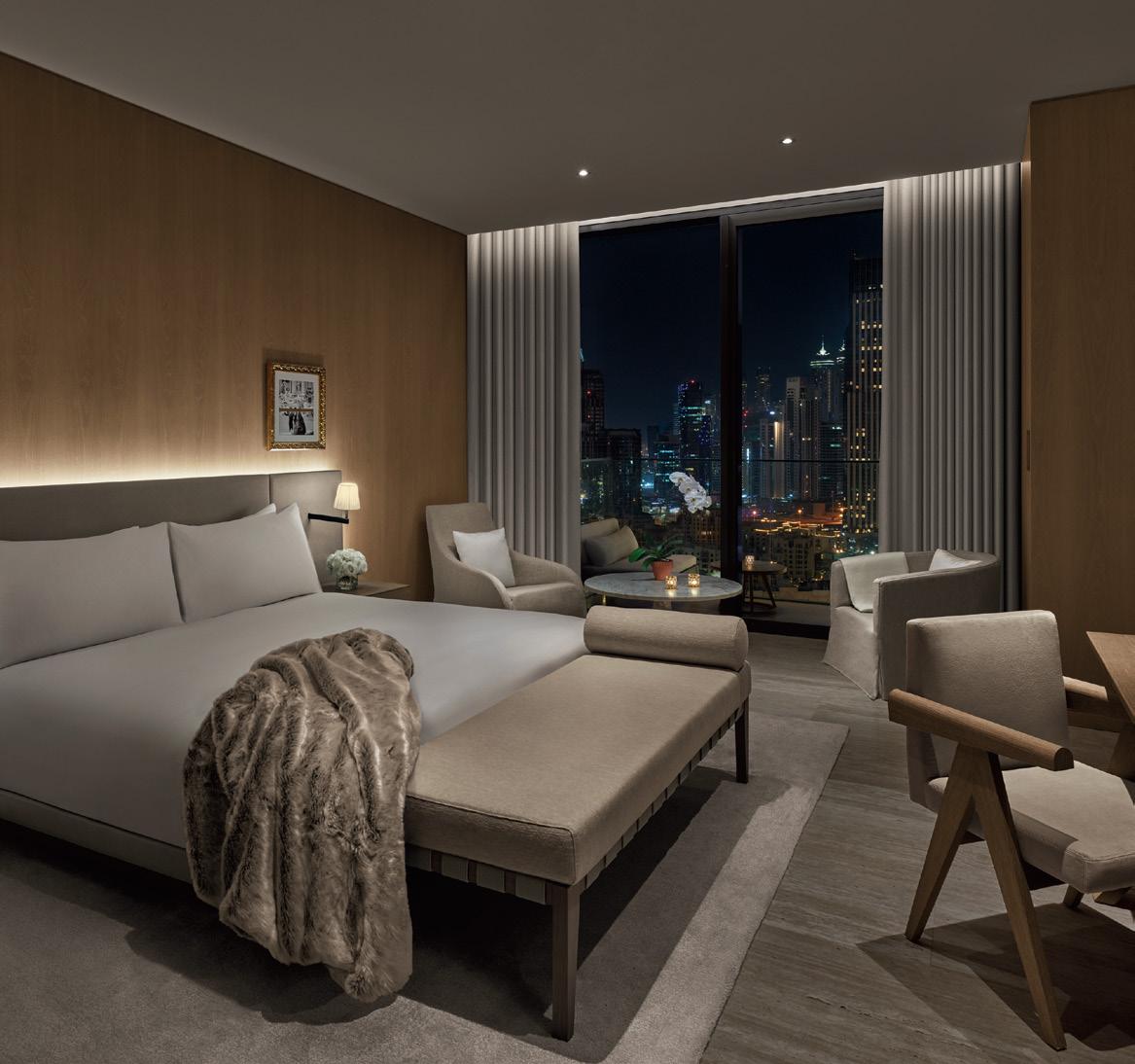
a forest of plants, and treated to Italian dishes like yellow fin tuna tartare with Taggiasca olives, capers and sun-dried tomato.
The EDITION’s simplicity is calming once again but after my day exploring this crazy-fascinating city it is nice to see the flashy Dubai outside sneak in with a liberal use of black truffle in my tagliolini and my Eldorosa martini coming with some edible gold.
But this is a brand that knows that lavishing you with peace and tranquillity is also very luxurious.
PREVIOUS SPREAD: the view from the rooftop pool of The Dubai EDITION. THIS PAGE, CLOCKWISE FROM LEFT: the Maria Theresa chandelier and signature EDITION staircase; Duomo restaurant; a room at The Dubai EDITION.

Want to go full Dubai? Accor’s fashionforward brand Ennismore is just launching into the Australian market but in Dubai you can sample some of its most colourful and engaging iterations, packed with quirks from giant boom boxes to jungle-themed rooftop bars.

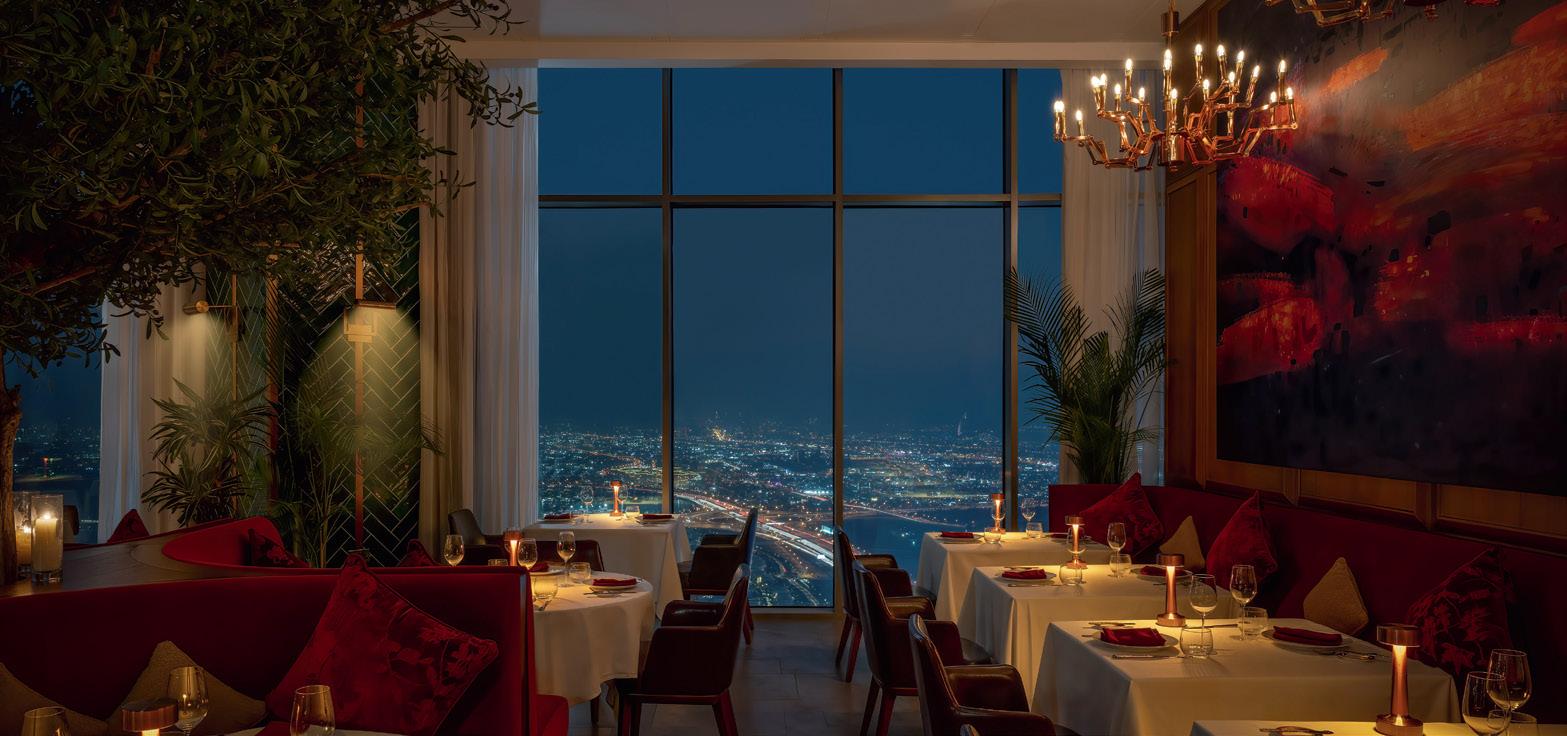
This brand was born in Miami, and it shows, with a more-is-more aesthetic that attracts international rappers, DJs and influencers to the Dubai iteration. Guests enter at the 71st-floor Sky Lobby under a Bacchanalian mosaic. Rooms are spacious with hallucinogenic murals of fashion models, polar bear seals on the toilet rolls and a chocolate rubber ducky under a cloche should you need a snack.
Next to reception is the S Bar, which offers Sinners (cocktails) and Saints (mocktails) with floor-to-ceiling windows to the town. The signature diner is Carna by Dario Cecchini, a meatlovers’ restaurant with an oil painting reminiscent of marbled beef, chandeliers and some of the best steak you will eat in Dubai. Repair to Smoke and Mirrors, a hidden speakeasy, for cocktails, the Burj Khalifa light show, and cigars if that’s your thing.
Explore 25hours
This bright and bolshie hotel brand has 19 hotels around the world and is expected to launch in Australia in the not-too-distant future. Expect to be welcomed by a bussized boom box, Warner Bros cartoon masks as decorations by the bedside and personal touches like bracelets handmade by the GM and her daughter.
Mama Shelter has an open-air cinema, wonderfully eclectic pool area and rooms with a Burj Khalifa view. Guest can dine at the allday Mama Trattoria next to the lobby, sample the more elegant Mama Restaurant or have a dip and a sip at Mama Skypool. There is also a secret bar.

Originating in Germany, 25hours insists on reflecting whichever neighbourhood it finds itself in. In Hamburg that might mean making a meeting space from a shipping container to honour the busy local shipping port; in Dubai this means collecting Bedouin artefacts from the local souqs to display at reception.
As part of the community feel there are thousands of books to borrow in the
sprawling lobby, local clothing brands for sale on hangers, and the co-working space on the mezzanine doubles as a vinyl listening bar. Restaurants include ERNST, a Bavarian beer garden that serves classic German cuisine; upscale Indian at Tandoor Tina; and Juna rooftop shisha. The signature spot is the Monkey Bar which originated in the OG Berlin spot due to its proximity to the Berlin Zoo and is now a feature of 25hours hotels.


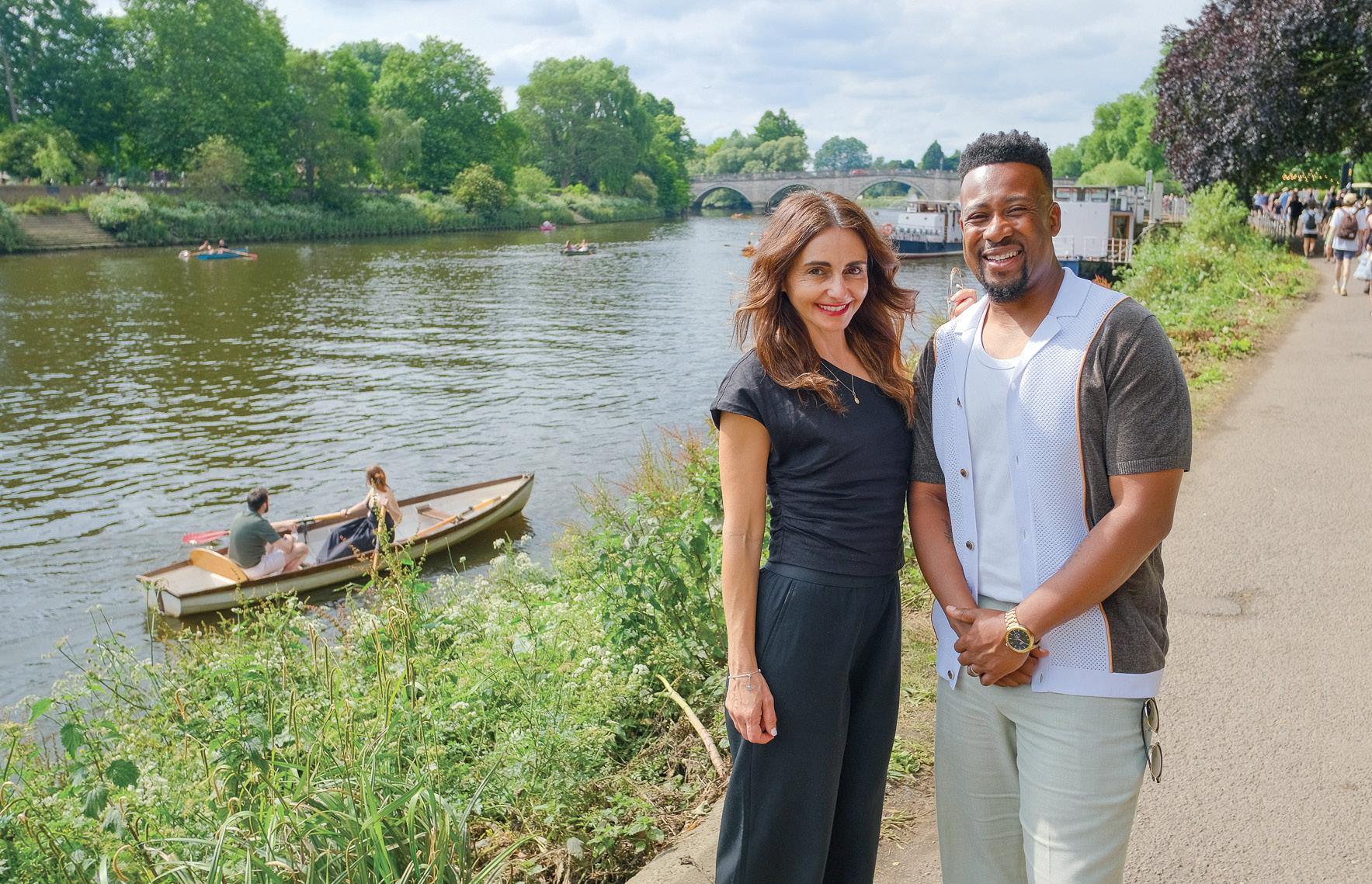
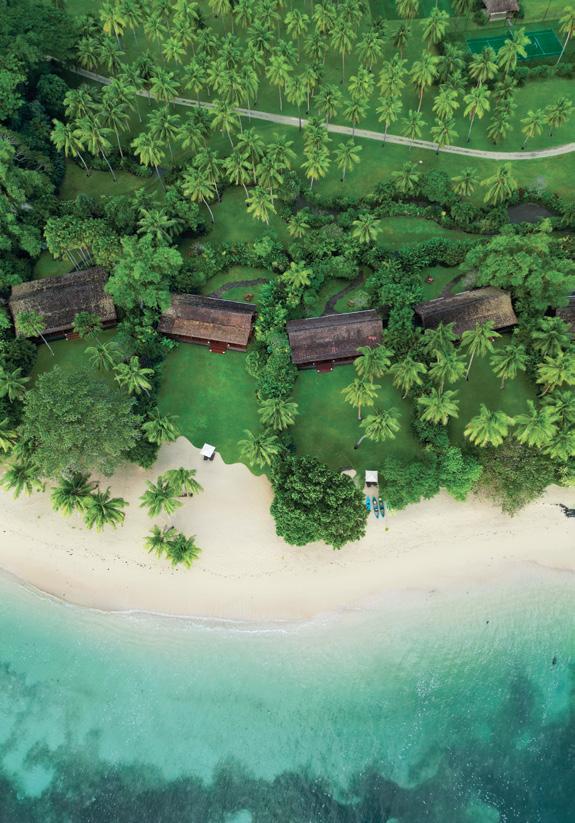
at’s a wrap on the new season of Luxury Escapes: The World’s Best Holidays where our hosts explored destinations including Fiji, Europe, Iceland, New Zealand, Maldives, Bali and Australia.




Wander more with curated small-group adventures to destinations across the globe.
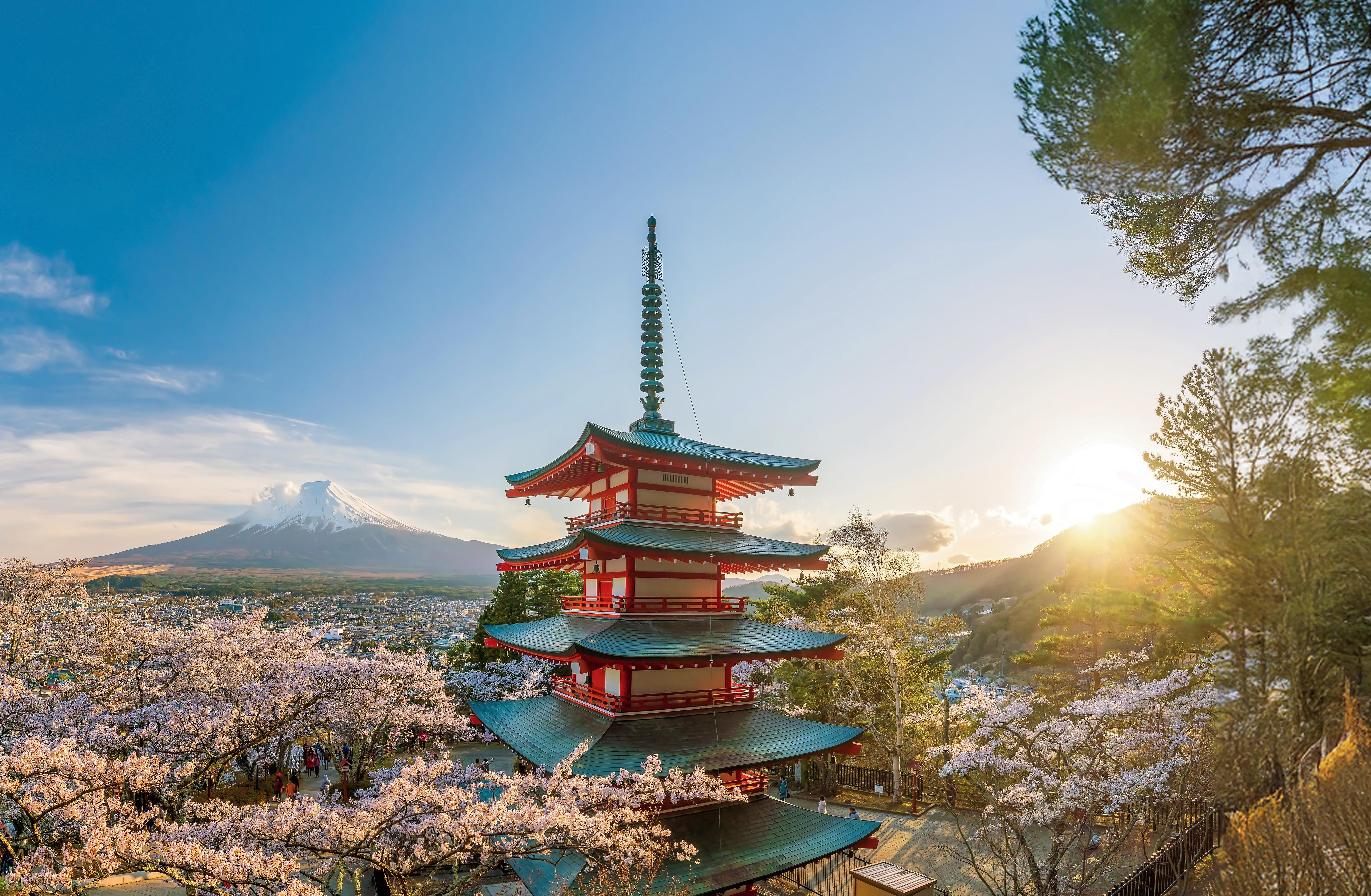
Exclusive tours, designed by our experts
Immersive small group adventures
Guaranteed two person departures
Dedicated tours concierge
Exceptional quality at unbeatable value
Deluxe 14-Day Vietnam & Cambodia Discovery 2026 with Hoi An, Ha Long Bay & Siem Reap

Your tour takes you to
Why you’ll love this tour
» Spend a full day discovering the wonders of Angkor, including the magnificent Angkor Wat and the iconic jungle temple of Ta Prohm
» Enjoy a three-night stay at the elegant, Parisianinspired Sofitel Saigon Plaza
» Experience an unforgettable overnight cruise on the spectacular Capella, in UNESCO World Heritagelisted Ha Long Bay
» Gain insight into Vietnam’s history with a guided tour of the legendary Cu Chi Tunnels

Deluxe 12-Day Best of Sri Lanka 2026 with Dambulla, Kandy & Five-Star Galle Stay
12 days


Your tour takes you to
Colombo → Negombo → Dambulla → Kandy → Nuwara Eliya → Ella → Tissamaharama → Yala National Park → Tissamaharama → Galle → Colombo
Why you’ll love this tour
» Go on a jeep safari in Yala National Park to seek out the elusive Sri Lankan leopard.
» Enjoy a scenic train journey through Sri Lanka’s tea country from Kandy to Nuwara Eliya
» Take a tuk-tuk ride over the iconic Nine Arch Bridge in Ella – a colonial-era stone railway structure spanning the verdant valley
» Climb Sigiriya Rock Fortress for sweeping jungle views

Premium 11-Day Egypt Highlights 2026 with Fairmont Cairo Stay, Abu Simbel & Mövenpick Nile River Cruise
11
Your tour takes you to
Why you’ll love this tour
» See the iconic stone temple complex of Abu Simbel with flights included
» Cruise the Nile in decadent style aboard the Mövenpick MS Hamees with allinclusive dining

» Experience the grandeur of the Valley of the Kings in Luxor, including entry into the Tomb of Tutankhamun
» Cruise the Aswan islands in a traditional felucca


Whether it’s a rock gig on LA’s Sunset strip, listening bars in Japan or trying your luck at Berghain in Berlin, the local music scene can help you get in tune with a destination. Each issue we get a local to tell us about the city’s music scene and give us a city playlist; this issue features Michael Tan from new Melbourne listening bar Bar Selecta.
Bar Selecta is a 10-seater drinking spot fashioned after the intimate listening bars in Japan. Michael Tan says the idea behind the bar was to create a place for Melbourne where people could immerse themselves in the city’s rich music culture. Melbourne-born Michael has MalaysianChinese heritage and runs BrandWorks Studio, a hospitality design agency with studios in Melbourne, Jakarta, Bangkok, Shanghai and Bali.
“We wanted to create a place you could rely on, a spot you’d return to for those long overdue catch-ups with friends and for moments where time pauses and life feels just that little more golden,” Michael says. “We found our spot in Hawthorn, tucked down a laneway just behind the bustle of Glenferrie Road. We draw inspiration from Japan’s post-war kissaten cafes, where music wasn’t background, it was the reason to be there.”
At Bar Selecta, guests might sip a Sailor Moon Gimlet, a riff on the classic, brightened with yuzu, shiso and “sparkling like a Kyoto spring morning”; or a Midnight Cowboy, Michael’s twist on the espresso martini.
“Bar Selecta is our love letter to music, hi-fi, and the craft of the bar,” says Michael. “For us, hospitality is more than a business; it’s a reflection of our Asian heritage, where the welcome is as important as the drink in your hand.”


Michael believes that Melbourne’s music culture is going through a phase of renewal.
“The talent is here, abundant and diverse, but the way people experience it is shifting,” he says. “The next generation isn’t going out in the same way, so venues need to create more immersive, multi-sensory experiences. When music, culture, design, and art converge, you create something unforgettable. That’s the future.”
Michael says a key part of Melbourne’s musical landscape is its eclectic nature, its proximity to Asia and its openness to new things. “We bend rules, blend genres, and reinvent traditions,” he says. “It’s the same spirit that keeps the city’s art, dining, and nightlife ever-evolving.”

Where else can you experience Melbourne’s music scene?
“I love slipping into Music Room and Caretaker’s Cottage in the city; carefully curated vinyl nights, a mix of local and visiting DJs. Waxflower is a favourite when friends visit from interstate; it’s intimate, serious about sound, and always buzzing.”
What do you love about music?
“Music creates moments. It makes memories. It connects strangers. It changes the way you feel in an instant. In our bar, it’s like church without sermons; everyone’s tuned in to the same frequency, sharing something unspoken yet intimate and understood.”

“This is a playlist that’s as diverse as our guests, Melbourne’s finest neo soul and funk outfits alongside the neon vibe of vintage Japanese city pop. It’s an eclectic blend that captures the spirit of Bar Selecta: serious about the sound, devoted to the drink, and wrapped in a Melbourne relaxed vibe.”
30/70*
Harvey Sutherland
Red Room
Hiatus Kaiyote
Rare Air
Mildlife
Grinners Circle
Surprise Chef
Sparkle
Tatsuro Yamashita
Last Summer Whisper
Anri
Plastic Love
Mariya Takeuchi
What Kinda Music
Tom Misch and Yussef Dayes
Evan Finds the Third Room
Khruangbin
Listen to Bar Selecta’s playlist now
*30/70 Collective
Based in Melbourne’s inner north (hence the name, referencing the 3070 postcode). Their sound is a moving, evolving neo soul/jazz funk collective.
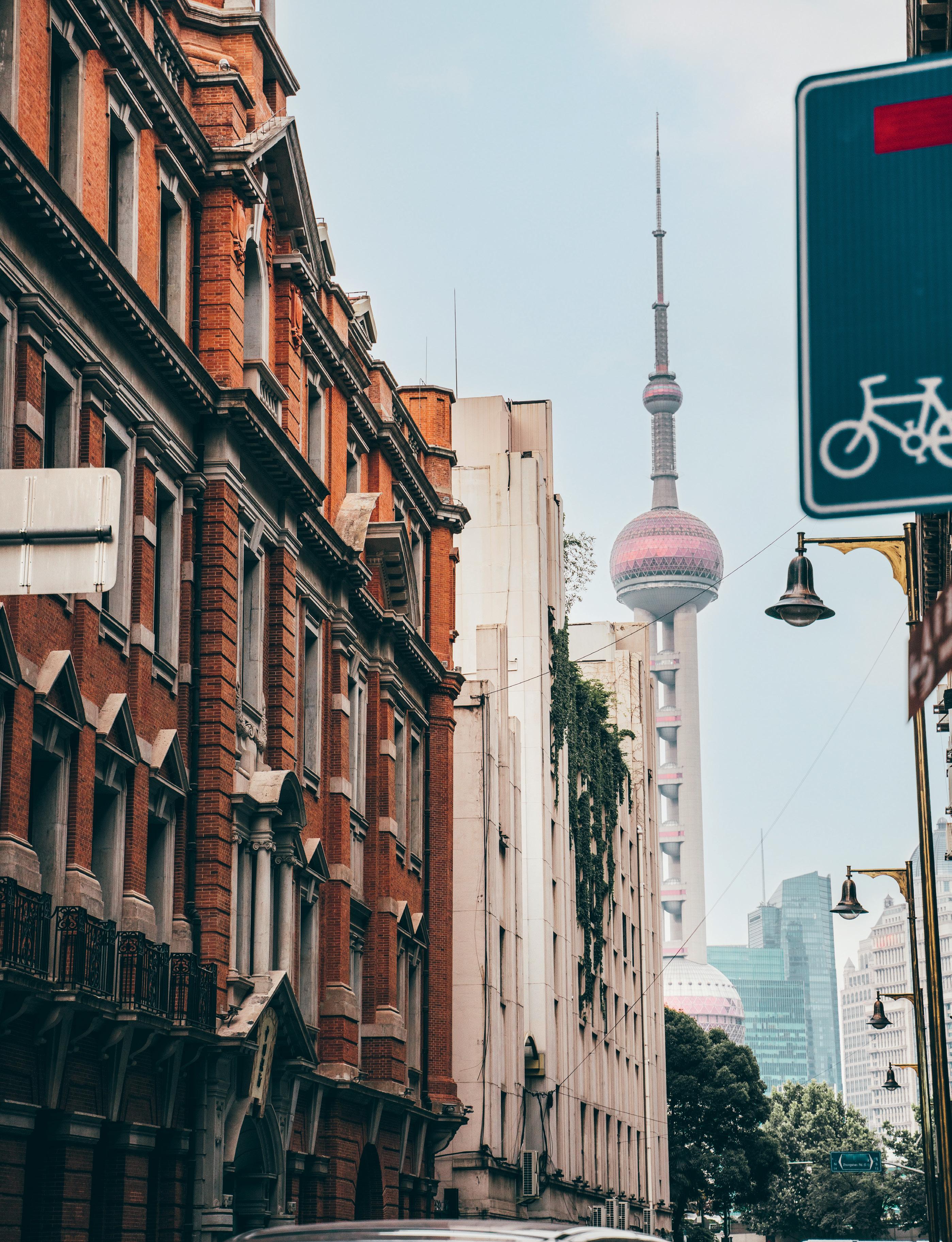
It may be a modern metropolis full of skyscrapers, towers, metal and glass but, if you know where to look, Shanghai is still one of the world’s Art Deco wonders. Justine Costigan takes us on a tour on the eve of celebrating a century of this design style.


When people think about Art Deco, cities like New York or Miami, Mumbai and Napier usually come to mind. With collections of significant Art Deco buildings, these cities are living museums of this iconic design style. If you love this architecture, there’s another city that should be on your must-visit list: Shanghai.
One hundred years since the Exposition Internationale des Arts Décoratifs et Industriels Modernes in Paris, which catapulted Art Deco (or the “modern style” as it was then known) into popular consciousness, Art Deco is in the spotlight this year as anniversary exhibitions, conferences, talks, books and documentaries celebrate its significant impact.
In Shanghai that impact is still ever present. While Pudong – the new city built on farmland across the river from old Shanghai – looks like a scene from the 1982 sci-fi movie Bladerunner, the old city’s Art Deco heritage still fundamentally shapes the city and the experience of visiting it. Knowing the pace of development in Chinese cities
since the 1990s, I had assumed much of the city’s Art Deco heritage must have been lost. Tina Kanagaratnam, the cofounder of Historic Shanghai, sets me straight. “There was so much Art Deco in Shanghai, that even with the loss of some neighbourhoods, it’s still very much an Art Deco city,” she says.
We’re sitting at Victor’s Cafe inside the painstakingly restored Fairmont Peace Hotel overlooking the Huangpu River on Shanghai’s Bund. Commissioned by British tycoon Victor Sassoon and completed in 1929, the 10-storey hotel (formerly The Cathay Hotel) is Shanghai’s Art Deco jewel.
Further along the Bund are more impressive Art Deco buildings, part of a collection of 52 historic buildings along the riverbank. A few doors down from the Peace Hotel is The Peninsula Hotel, a 2009 building meticulously designed in Art Deco style.
“We call the phenomenon ‘deco echo’,” says Tina as we walk through the lobby. “The style is so much a part of the city’s fabric, that it’s now often part of modern building design too.”


Near the Bund is Nanjing Street, the city’s most important shopping strip and home to many grand department stores from the era. The Rockbund, several blocks of carefully restored buildings behind the Bund, includes the YWCA and the Rockbund Art Museum, where contemporary art is housed in a building featuring classic deco “speed lines”, curved stair rails, terrazzo, tall windows and decorative doors.
As we walk, Tina encourages me to “look up”, the historic society’s cri de coeur. Looking up reveals the city’s Art Deco history. Once you recognise it, you notice it everywhere.
Tina says locals who join the society’s regular walking tours often have less understanding of their city’s Art Deco history than visitors. Perhaps it’s because it’s not considered the city’s finest era. One of the world’s great cosmopolitan cities, by the 1920s and ’30s Shanghai was a city of extremes. A hotbed of political manoeuvring, crime, wealth, poverty, corruption, excess and opulence, even the Shanghai History Museum (housed in the
1934-built Shanghai Race Club) gives this decadent period in the city’s history short shrift.
One of the best places to see Art Deco buildings in Shanghai is in the former French Concession, one of three autonomously operated sections of the city leased to foreign governments from 1849 until 1943. I’ve joined a three-hour walking tour of the leafy residential district once occupied by
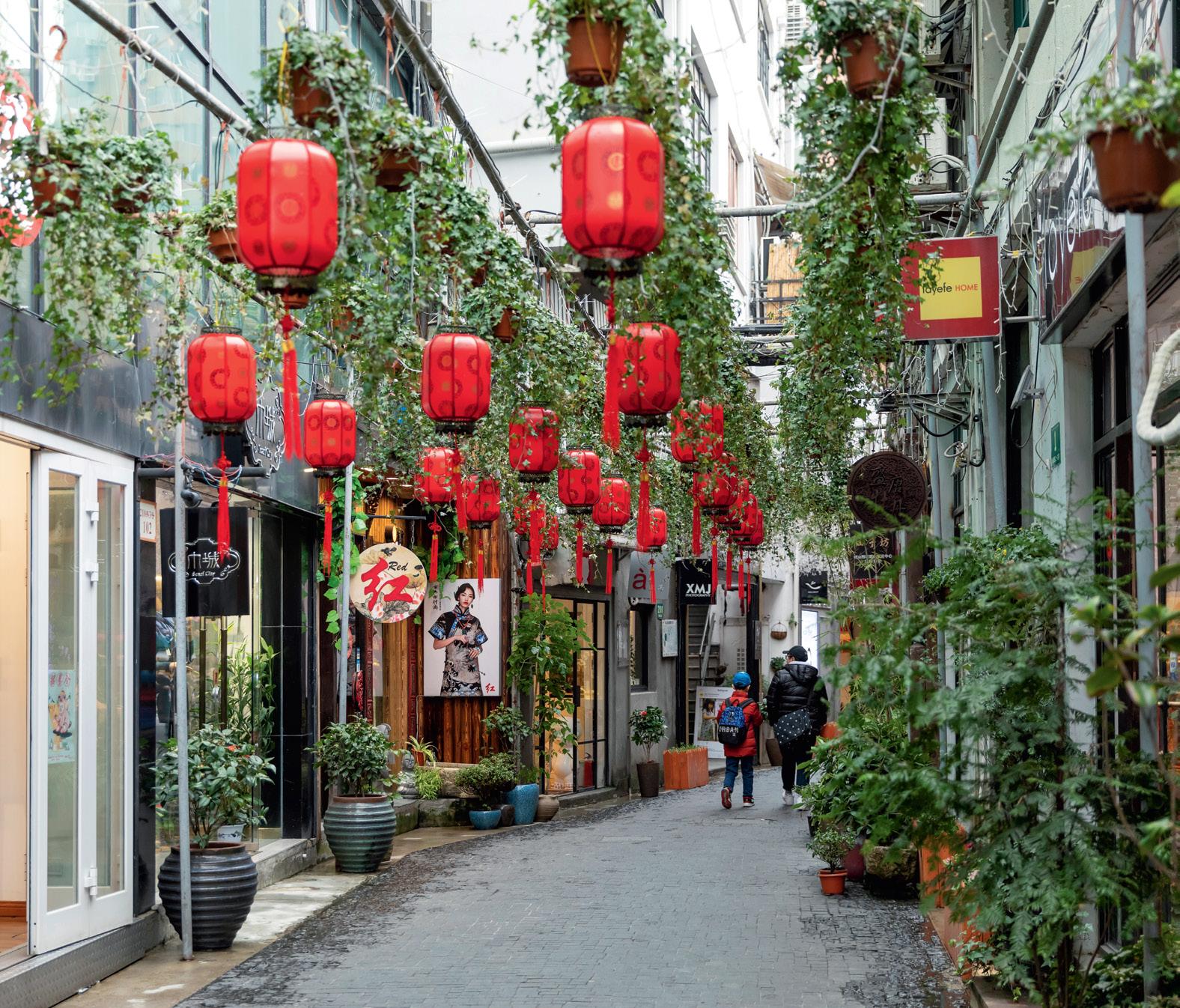


privileged foreigners and wealthy Chinese.
My tour starts outside the original French Club (now the luxury Okura Garden Hotel), set in extensive manicured gardens. The building features an ornate deco glass ceiling shipped from France. (If you’re not staying at the hotel, book in for afternoon tea to see it.) In the same block, the red-brick Cathay Theatre, still in use, was a sensation when it opened in 1932. Throughout the leafy streets of the Concession, deco apartment blocks and mansions – some now converted to boutique hotels – tell a story of an enclave of hautebourgeois life. Today it’s still a wealthy area populated by luxury hotels, boutiques and cafes, and its elegant, low-rise architecture commands millions of dollars.
Two stops on the metro from the former French Concession, the area around People’s Park is filled with deco gems. The Grand Theatre, a fully restored, still operating Art Deco cinema, is one of more than 100 Shanghai buildings designed by Hungarian architect László Hudec in the space of a decade. Another iconic Hudec building, the black-granite-clad Park Hotel, was the tallest building in Asia until 1966.
The next day, I head back to the Concession to explore on my own. Like much of Shanghai, the tree-lined streets are walkable and clean, and traffic noise is at a minimum. There is Art Deco all around me – not just in building exteriors but inside boutiques and cafes, and in brief glimpses of apartment lobbies and office buildings. It may be celebrating its 100th birthday, but here in Shanghai this future-focused, streamlined style feels as modern as ever.



Situated

You haven’t seen New York City until you have experienced all ve boroughs: Manhattan, Brooklyn, Queens, e Bronx and Staten Island. Go on an urban safari in one of the most incredible cities on the planet and see all that New York has to o er.
Next year is going to be a huge year for events in New York with the FIFA World Cup 2026 coming to town, plus the usual Broadway show line-up, cultural happenings at MoMA and the Guggenheim and a host of live music and performances. But you can’t just see a small piece


of New York; you have to get the whole picture.
Each borough in New York City has its own unique character. You can’t get a true sense of the diversity, the culture and the history of New York City without taking a trek to all five of its famous boroughs.

Ever wondered what drove New York’s obsession with soaring city buildings and how it became an urban jungle? Visit The Skyscraper Museum in Battery Park City and learn about the historical forces and the big personalities that made NYC one of the world’s first vertical cities.
Most visitors know the importance that Central Park holds for many New Yorkers – as a place to detox and get back to nature. Explore an intimate section of The Mall that is home to the Literary Walk, where you can wander past statues of famous writers and poets like Robert Burns, Sir Walter Scott and William Shakespeare.
Hike across New York’s oldest standing bridge from Manhattan to The Bronx. The High Bridge has been turned into a greenway with pedestrian and bike access, and you can also learn about the history of the major landmark.
Once over in The Bronx head to the beautiful New York Botanical Gardens (NYBG) where you can experience some wild habitats in the city. Making its home in the greenest of NYC’s boroughs for over 130 years, the NYBG is set on 250 acres of land with immersive botanical experiences as well as special arts and music performances such as a complete garden-wide takeover by artist KAWS set for 2026.
A vibrant, family-friendly community hub, Arthur Ave is known as the “Real Little Italy”. Visit the Arthur Avenue Retail Market, eat at classic Italian joints like Mario’s Restaurant and soak in the incredible, authentic atmosphere.
Founded in 1863, the Woodlawn Cemetery and Conservancy is the resting place of musical greats like Duke Ellington and Miles Davis, Moby Dick author Herman Melville and famous retailer J.C. Penny; take a stroll through one of America’s most historic and unique cemeteries.

This musical borough is home to the Louis Armstrong House Museum. Here, in the jazz legend’s former home, you can explore where Armstrong lived but also gain access to his incredible archives, historic photographs and live performances honouring one of the greatest musicians of all time. It is the apex of music museums in America.
Socrates Sculpture Park was once an abandoned riverside landfill site but is now a thriving community arts hub. Across five waterfront acres, Socrates is now an outdoor museum with a wide range of permanent and pop-up exhibitions and a great way to see the new wave of New York artists.
Uncover Queens’ urban beauty at the Jackson Heights Historic District, which has preserved historic “garden homes” and is considered one of the most diverse areas in New York.
Take the kids to explore the enduring allure of the New York subway system at the New York Transit Museum. This unique mass transit system has been in so many films that it has a personality all its own and kids can ride on vintage subway cars and learn what goes into keeping NYC moving.
The historic Riegelmann Boardwalk at Coney Island never fails to get a smile from visitors who are transported back to historic summer fun but also have access to modern amusements for the kids. Visit the New York Aquarium, the Abe Stark Ice Skating Rink or stroll along the sandy beaches.
For one of the most comprehensive museums check out the Brooklyn Museum in Prospect Heights for Egyptian antiquities and modern art.

The Staten Island Ferry running from St George to Manhattan is not only free, it offers unbeatable views of the Statue of Liberty. Make like the locals and avoid peak hours by taking an early evening ferry so you get to experience sunset on the water.
Located in the heart of Staten Island, the Greenbelt is over 3,000 acres of pristine parkland where New Yorkers can hike, cycle and explore forests, wetlands, ponds and streams; on the periphery of the park visitors can also play golf at La Tourette or have a hit at a game of tennis.
Staten Island’s food scene has been exploding of late, celebrating its Italian-American roots while embracing the influx of new cultures and flavours. For a classic retro slice, head to Joe & Pat’s Pizzeria and Restaurant, a place that has been serving thin-crust pizza since 1960.


is exciting city has nally come out of from under the shadow of Tokyo and has travellers falling for its Michelinstar restaurants, irresistible street food, slow listening bars, and 16th-century Shogan castles.

Here’s your planner for a perfect night out in Osaka.
Stay at The St
The St. Regis Osaka is in the middle of the upscale Mido-Suji shopping district. The spacious rooms with plump king-sized beds and a walk-in closet leave you with plenty of room for all your shopping. The St. Regis Osaka also plays host to the Marriott Dining Series where chefs from Michelin-starred restaurants fly in each year. All rooms have access to the butler service. With their Secret Service-style headsets, these on-call aids know what you need before you do.
Kick things off at 5pm, as each night the St. Regis holds its Champagne Sabering Ceremony, when a cork is popped with the swift slice of a blade. The St. Regis Bar is also worth a visit. A mohawk-sporting jazz trio might provide the music while the bar staff pour smoke-filled cocktails under a mural of the city. The St. Regis New York created the Bloody Mary; The St. Regis Osaka has its version, Shogun Mary, which blends vodka, yuzu and soy sauce with wasabi powder.
6pm Take a ride down the river
Climb aboard the electric Indy Zero boat and enjoy a 90-minute cruise along the canal to the neon lights of Dontonburi. During the Edo period, Osaka was called Happyakuya-bashi (eight hundred and eight bridges). While there might not be 808, you’ll see plenty on your journey. Other Instagram-worthy moments include the coral-coloured Osaka City Central Public Hall, built in 1918; the 16th-century Osaka Castle and the slightly newer, but just as loved, Glico advertising board (Osaka’s “Running Man”). The river is lined with cherry blossom trees, so it’s also a must-do during Sakura season.
7.30pm Designer pitstop
Dotonburi is famed for its food – Ichiran Ramen and its solo dining ramen booths being one such attraction – but if you’re keen to do a little souvenir shopping, visit Don Quijote Dotonbori, marked by the world’s first oval ferris wheel. This discount store is open 24 hours, and it’s where you’ll find pre-loved luxury bags from brands such as Bottega Veneta, Louis Vuitton and Prada for a fraction of the price.
8pm
Another mainstay in Osaka is the Englishspeaking Osaka Comedy Club (formerly known as ROR Comedy Club) in Dotonbori. It’s not unusual to see comedians who have their own Netflix specials take the mic. Open 8pm till 10pm.




Feeling hungry? A row of red lanterns marks the entrance for Honke Otako Hozenji. This no-frills izakaya serves up traditional dishes within just a few minutes’ walk from the 17th-century Hozenji Temple. Reserve a seat in front of the chefs’ hotplate to see them flip the famed okonomiyaki savoury pancakes loaded with beef, shrimp or kimchi and topped with bonito flakes. Don’t leave before you’ve tried the famed local delicacy takoyaki (fried octopus balls). These doughy treats are addictive.
Pull up a chair at the listening bar Inc & Sons, which is open until 2am. With a listening bar you will be treated to a curated night of music from the owner’s vinyl collection. Osakans will choose their bar according to the music tastes of the owner. This vinyl emporium is more relaxed than a more serious listening bar as you can chat while the owner cherrypicks the tracks. The music won’t disappoint and neither will the cocktails. Then it’s a short stroll back to the hotel.
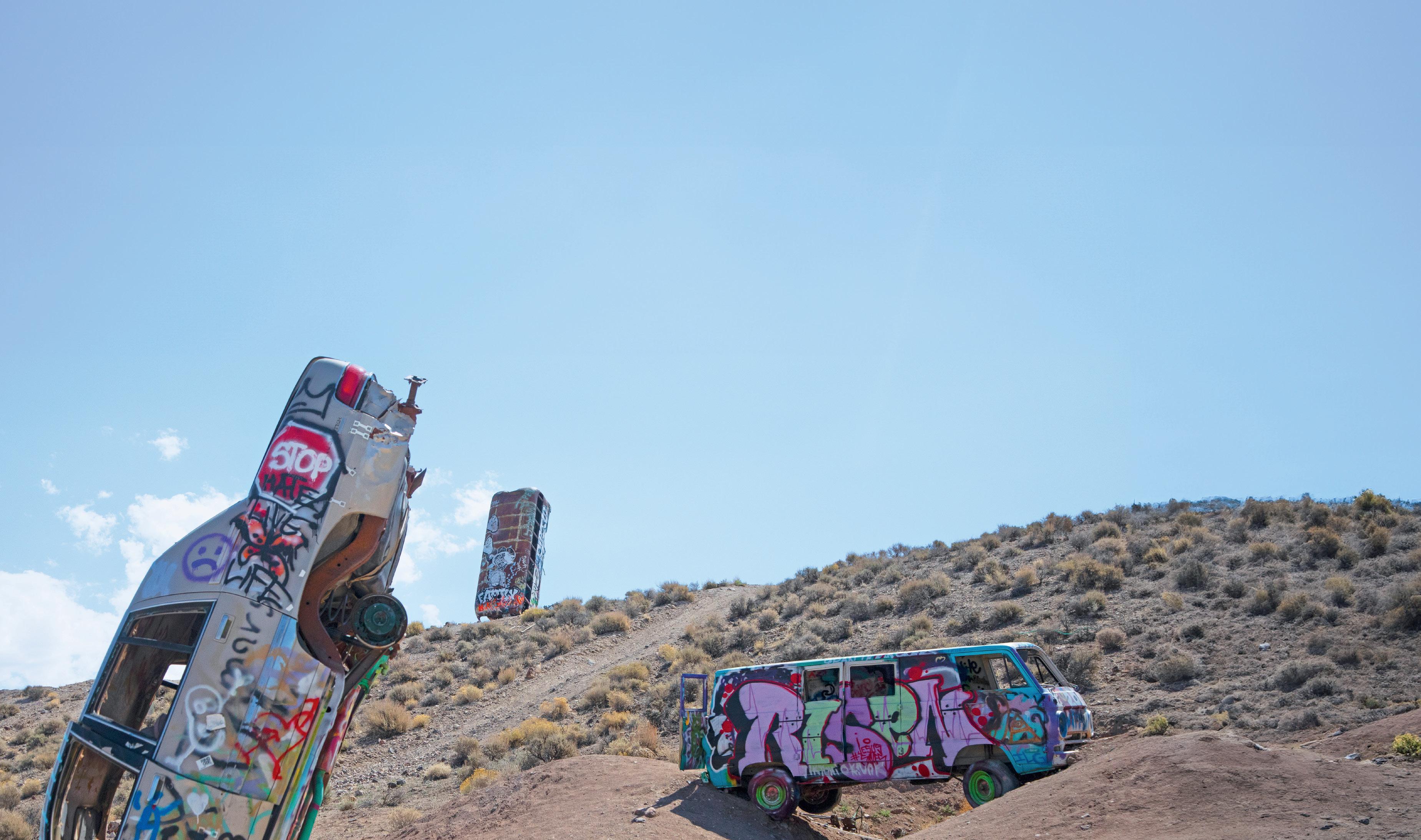


The rusted metal sculpture of a pickaxewelding gold miner suits the sun-drenched scene perfectly, it’s the waddling penguin by his side that seems a little out of place. It’s early summer and I’m standing in Goldwell Open Air Museum in the ghost town of Rhyolite, on the edge of Death Valley National Park in Nevada. The landscape is so vast and silent it seems ludicrous to think I was in Las Vegas just an hour and a half ago, but like penguins in the Mojave Desert you soon learn that out here quirky qualifies as normal.
I’m driving Nevada’s “Free-Range Art Highway”, officially known as Route 95. The road continues 800km north to Reno, but I’m improvising a one-night loop, perfect if you want to trade the frenzy of Vegas for a different type of desert psychedelia.
I pick my way through the oddball artworks strewn around the ruins of Rhyolite, then
In Nevada, driving through Death Valley National Park and beyond, Ricky French comes across a “car forest” in the desert, aliens, ying saucers and a collection of cardboard-eating donkeys. And he wonders: is this the most o beat road trip in the United States?
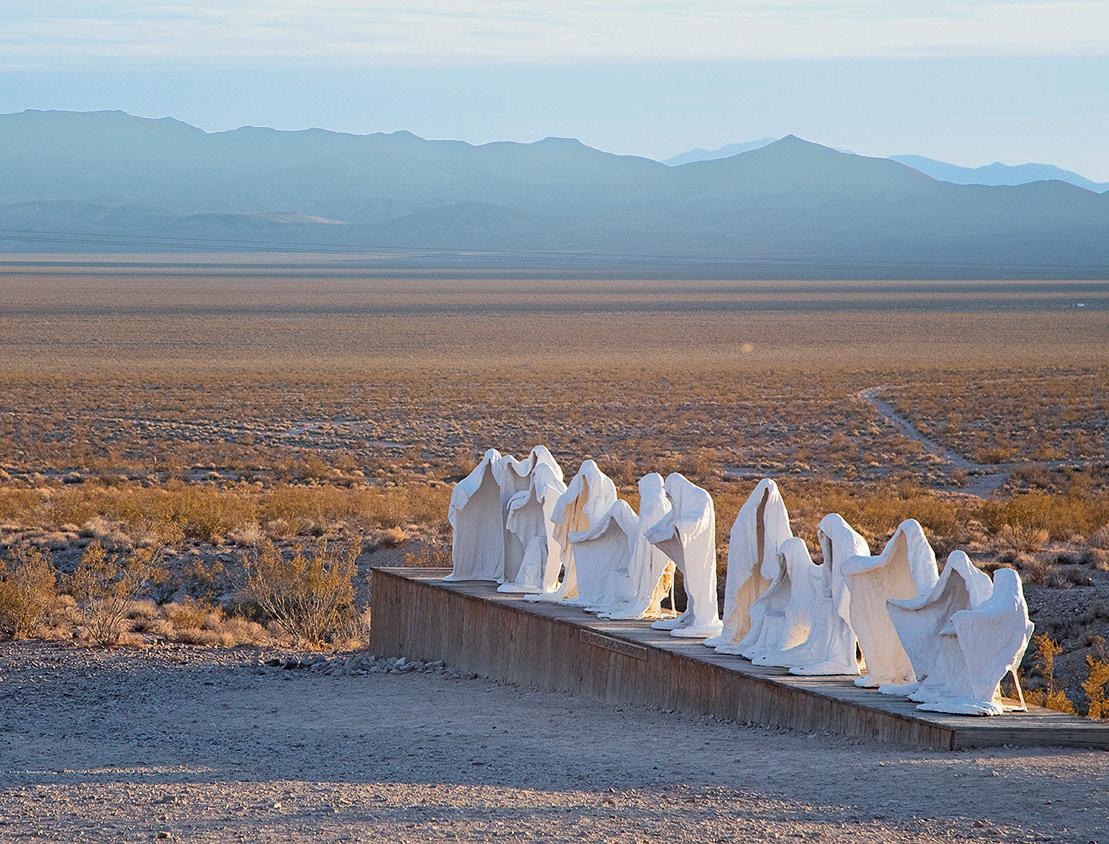
craving respite from the sun drive a few kilometres to the one-horse town of Beatty, pulling up a bar stool at Happy Burro Chili & Beer. Like many buildings in Beatty, the ramshackle diner was rolled here on logs from Rhyolite when the town was abandoned 100 years ago. Bartender Tara Benbo slings me a soda and waves a dismissive hand at my complaints about the heat. “Honey, this is nothing. You just wait till August.”
“Burro” refers to the wild donkeys roaming the town. “They’ll break your fence down, eat your bushes, get up on your porch and punch holes with their hooves,” chimes in local Dotty Harmon. “They love cardboard for some reason. Really love cardboard.”
Dotty moved to Beatty 29 years ago and fell instantly in love. “I like the quietness, the solitude. It gets a hold of you. Some people drive through, break down and then never leave. It’s that kind of place.”
I like Beatty, too, although I’m quietly thankful to be driving a reliable car. I leave the town of cowboys and cardboard-eating donkeys and head an hour north to Goldfield, which in the early 1900s was the largest city in Nevada, and said to be the greatest gold camp in the world.
There’s still gold in them thar hills, but today it’s a different sort of metal that has visitors enthralled. Created by local artist Mark Rippie and comprising dozens of junkyard cars speared bonnet-first into the dirt, the International Car Forest of the Last Church is one of the more bizarre open-air art installations you’ll find. The heavily graffitied vehicles create a colourful contrast to the barren landscape, and it must be a special place to visit at sunset, when the colours soften and cars cast ghostly shadows on the red dirt.
Shadowy spectres are all but included in the room rate at the Mizpah Hotel in nearby Tonopah. The hotel is said to be the most haunted in America, and there’s a guestbook dedicated to documenting supernatural sightings. I hear stories of children locked in chillers, figures with crooked necks walking through walls, whispered entreats from the “Lady in Red”, and a tortured demon who haunts the third-floor conference room (but doesn’t help set up the tables or lay out the butcher’s paper).
Built at the height of the silver-mining boom, the hotel was considered over-thetop opulent when it opened in 1907, and the elegant lobby lounge seems to have hardly changed a bit, with its silky granite walls, brass chandeliers, dark oak furniture, Romanesque columns and exquisitely upholstered antique sofas.
My room is likewise soaked in Victorianera charm, with red velvet curtains, a vintage dresser and drawers, a modern bathroom with a deep clawfoot tub, and an antique bedside lamp that you turn on and off with a key. The hotel offers guided ghost tours, or you can download a smartphone app and do
a self-guided walking tour of the town’s most haunted hotspots.
Don’t believe in ghosts? Well, you can always try your luck with aliens. From Tonopah I head east along a desolate stretch of road dubbed the Extraterrestrial Highway. Considering the first sign of life I find is a UFO suspended from a crane, the road seems well named. Impressed that someone has travelled further than me to be here I slam on the brakes and screech to a halt outside the Little A’Le’Inn, a quirky roadside diner with a sign declaring, “Earthlings Welcome”.
We’re just a few miles from Area 51, the top secret US Air Force facility that’s sprouted a thousand conspiracy theories, many of which are getting an airing over “saucer” burgers and bottles of Alien Amber Ale inside the diner. My last stop is at the Alien Research Centre gift shop, a facility dedicated to researching how much alien-related merchandise you can fit into a silver Quonset hut in the desert. The entire experience is so quirky that it transcends kitsch and makes you wonder what else is out there. Could this be one of the most offbeat road trips in the United States? I want to believe …
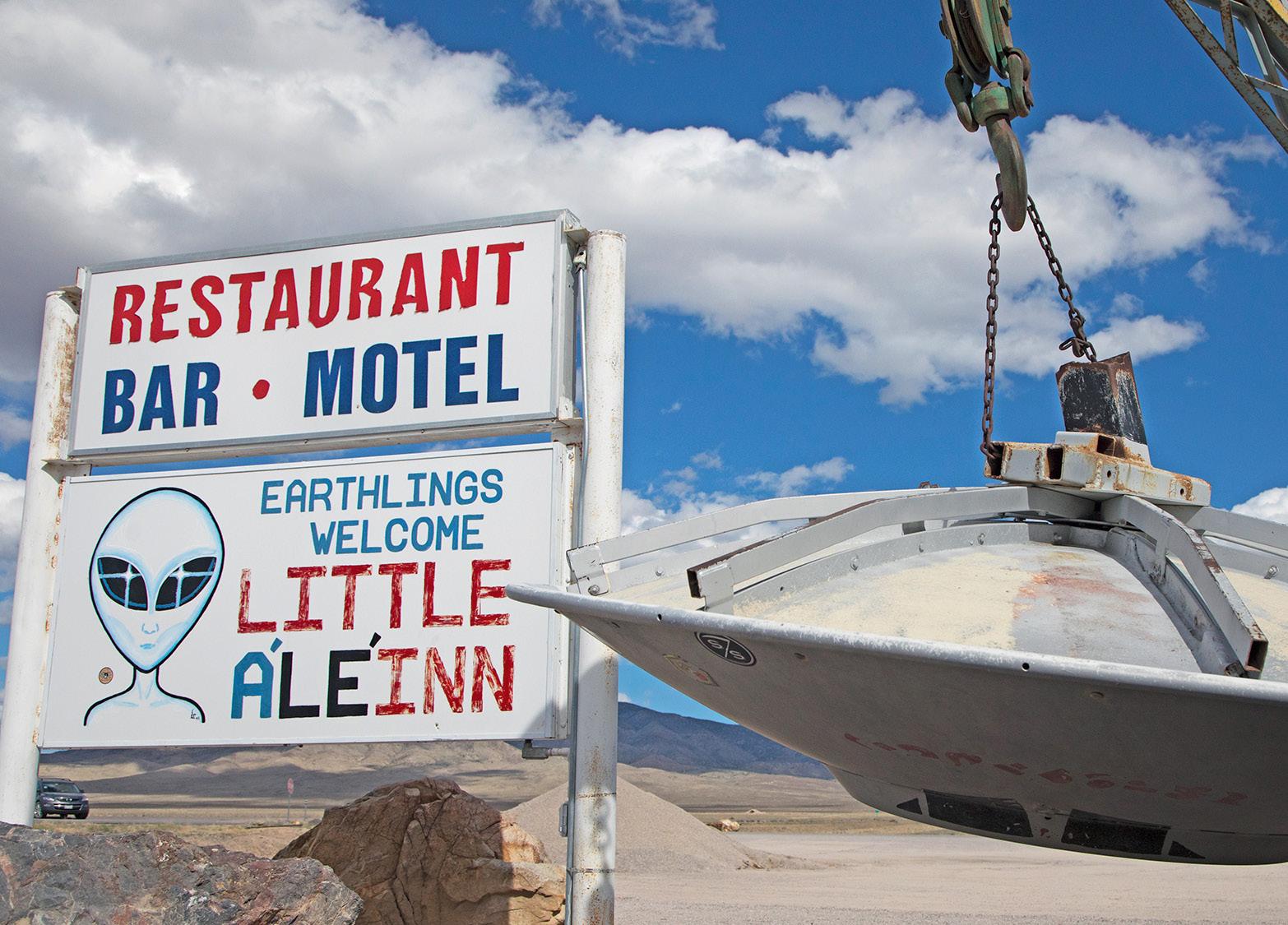







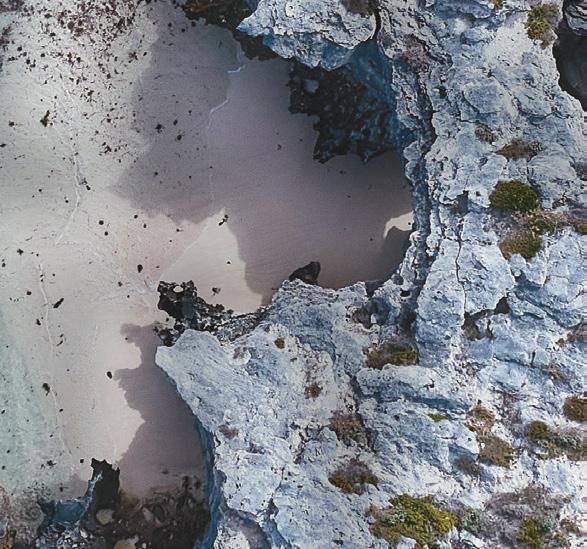




ere is a real joy to a centrally located hotel; a stay where you can drop your bags and walk to everything you need; where your entire weekend is contained in an easy-to-navigate radius.
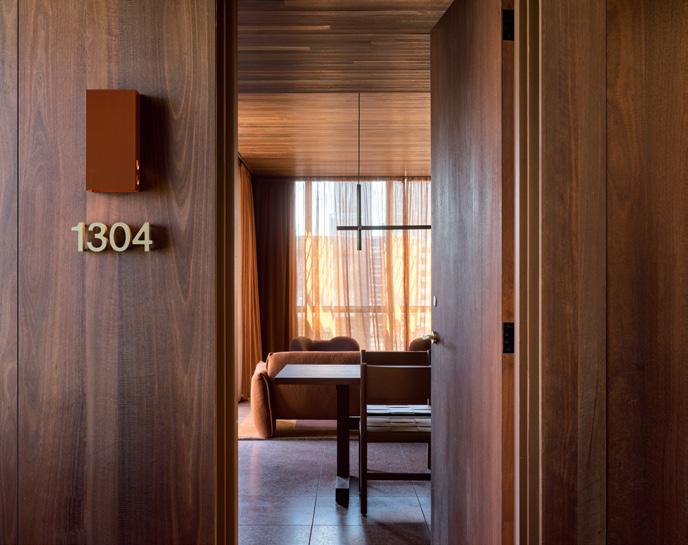

e epicentre Hyde Melbourne Place
e radius less than 300 metres
e position east end of Melbourne CBD

Thoughtfully designed by Melbourne architects Kennedy Nolan, Hyde Melbourne Place nods to the city’s past – and heritage neighbours like Cavendish House – with brick and masonry edifices while incorporating modern touches. From the constantly changing LCD art wall on entry to the side tables and glassware,
each aspect of Hyde is perfectly curated with the list of makers and creators available on the bedside iPad.
Rooms have sheer purple curtains, bright-red backlit Ross Gardam wall lights that look like dice pips and concertina-like side tables from Zachary Frankel. Like the exterior, there is a knowing retro feel to
the rooms. Our room, a corner suite, is decorated with warm wood and Fibonacci tiles; colours of earth and rust that give off private-club glamour vibes. There is a bath, a balcony and hooded robes daubed across the back with the hotel name which make you feel like a prize fighter ready to step into the ring.
1 metre
The hotel’s Portuguese-inspired diner, Marmelo, heroes Iberian Peninsula and Victorian wines, and teams them with dishes from share-plate heaven. Seated at the bar, the only fire we see is from the wood grill, as chefs are as cool as my olive oil martini. Swordfish, caper and ash-grilled peppers is a perfect salty starter; Corner Inlet garfish threaded onto a skewer with coriander, apple and vinho verde vinegar has just the right amount of sweetness and wood-roasted cockerel in African spices is perfectly charred.
20 metres
Right next door is Melbourne’s emblematic wine bar that has been doing its thing for a decade now. Embla is unassuming, unpretentious but almost unbeatable as a perfect city spot for a wine-focused meal with friends. Chef Dave Verheul has a fire-focused menu, a small but perfectly formed wine list and simple but moody surrounds. Dishes are seasonal but might include a bit of whipped anchovy on crisp chicken skin or a whole roasted rainbow trout with fennel tarragon and fermented potato.

200 metres
This beautiful, European-inspired laneway bar, one of the originals that started the scene (RIP Madame Brussels), is named for the electric charge that illuminates the place and celebrates its name with fairy lights, lamps and boss-level mood lighting. Just a few steps away is another laneway OG, Gin Palace.
230 metres
Champagne towers, killer cocktails and caviar “bumps” (served on the back of your hand): this stylish bar is named for author Dashiell Hammett’s crime-solving married couple Nick and Nora Charles and seeks to channel the wild, postProhibition era when the US once again discovered its love of booze.
75 metres
Formerly the Crafty Squire, this new city pub has opened up unused floors in its $12-million-dollar renovation. The retro ground floor has half-tiled walls and a nuevo-RSL feel, serving only Carlton Draught. Level one serves classic pub meals; the third floor is Abe’s Athletic Hall, a sensory-assaulting temple to sports of all codes. But the rooftop is drawing the after-work crowd and Russell Street-facing Hyde rooms can check out the action before heading across.
140 metres
Down Portland Lane opposite the hotel is Tanto, chef Takeshi Kojima’s temple to all things sharp and pointy. Takeshi sells knives, primarily those from Japanese swordmaker Suisin, as well as offering the city’s most prestigious knifesharpening service.
150 metres
Simple, affordable and fun, this Malaysian restaurant is best known for char koay teow (rice noodles with Chinese sausage) and that distinctive, smoky wok hei (breath of the wok) flavour.
290 metres
Is the constant queue daunting? Yep. Are the flaky, whimsical pastry creations – blueberry juniper cruffins, morning negronis, kimchi beef – worth it? Without a doubt. Lune is a Melbourne institution for a reason, with some of the most caring and creative baking around and quality that is as consistent as the crowds.
IN PARTNERSHIP WITH

Western Australia allows you to step out of the everyday and into an extraordinary world where your travel dreams come true.
Travel west for unique pairings like premium wineries located right next to world-class surf breaks, a bustling metropolis coexisting with idyllic beach life and a bohemian port city.
These juxtapositions can often feel surreal but that is what makes a trip to Western Australia so special: you can explore Perth’s
/ Boorloo’s enchanting small bars and taste big flavours in the magical Margaret River Region; swim with otherworldly whale sharks at Ningaloo Reef / Nyinggulu and dive into maritime history at Fremantle / Walyalup. In Western Australia, if you can dream it, you can do it.


Perth: Can’t pick an adventure? Just pick a direction instead!
What is amazing about Perth is how well a teeming capital city blends seamlessly with the raw power of the ocean and the natural beauty surrounding it. Australia’s sunniest capital, Perth, is a beach lover’s paradise but it is also a bustling hub rich in street art, culture and sophisticated cuisine. Northbridge is where you will find the city’s bar culture and local boutiques; waterfront entertainment beckons at Elizabeth Quay and further along the Swan River / Derbarl Yerrigan, Matagarup Bridge leads to Optus Stadium, an award-winning venue for sports. Head to Cottesloe Beach for an almost supernatural sunset or to Leederville and Subiaco for a slice of local life at neighbourhood restaurants, shops and bars.
Perth’s beaches feel part of city life but also transport you far from the bustling urban crowds. Visitors can chill on the pristine white sands, take a dip near where dolphins surf the waves and recharge their souls with a fiery Indian Ocean sunset. For a beach almost all to yourself, head to Mandurah / Mandjoogoordap, for wildlife watching try Shoalwater Island Marine Park and for a family-friendly day on the sand Scarborough and Hillarys Boat Harbour are great options.
The kids will love meeting the world’s happiest animals, the quokkas of Rottnest Island / Wadjemup. Perth’s car-free island playground is just a half-hour ferry ride from Fremantle and spending a day with these photogenic creatures will leave you starstruck.
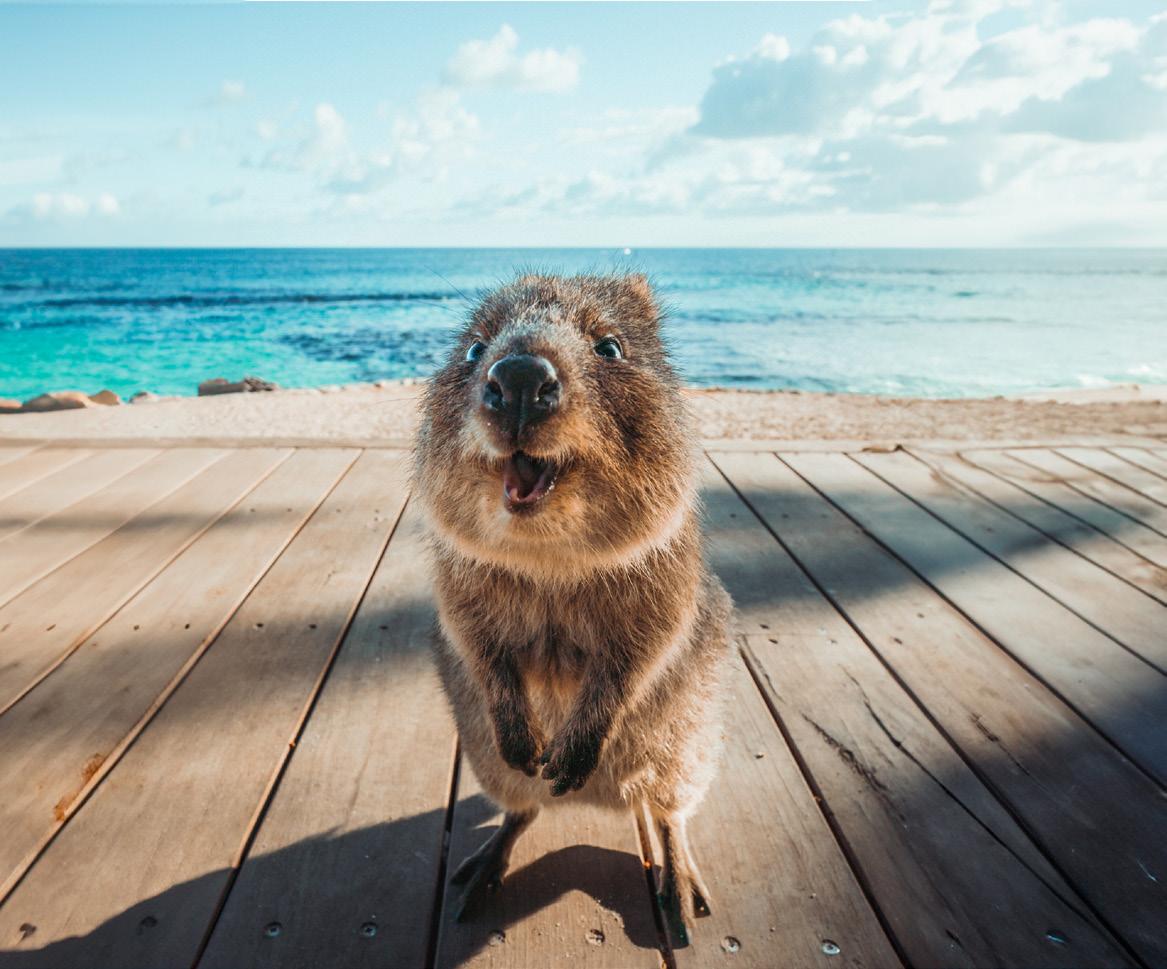
The South West of Western Australia is made up of seaside cafes, produce-driven providores and locals who are as passionate about catching a wave as they are making their way through a flight of chardonnay and cabernet sauvignon.
Pair’d Margaret River Region is a feast for the senses, taking place in November each year. It transforms the region into a wonderland of fireside dishes by Michelin-starred chefs, wine tastings at feted wineries like Vasse Felix and Cullen, and delicious dinners with sand between your toes. The Margaret River Region is known for its ancient landscapes, rugged coastline and amazing produce and this combination makes this one of the most enchanting food festivals on any calendar.
This region of magical beauty is also home to the Cape to Cape Track, one of the most life-affirming guided walks in Australia where you can reconnect with yourself and nature by day and stay in luxury pool villa accommodation when the hiking is done.
Learn about Western Australia’s rich Aboriginal history with a Ngilgi Cave Cultural Tour where a passionate Wadandi custodian welcomes visitors on a guided walk through this very special meeting place.
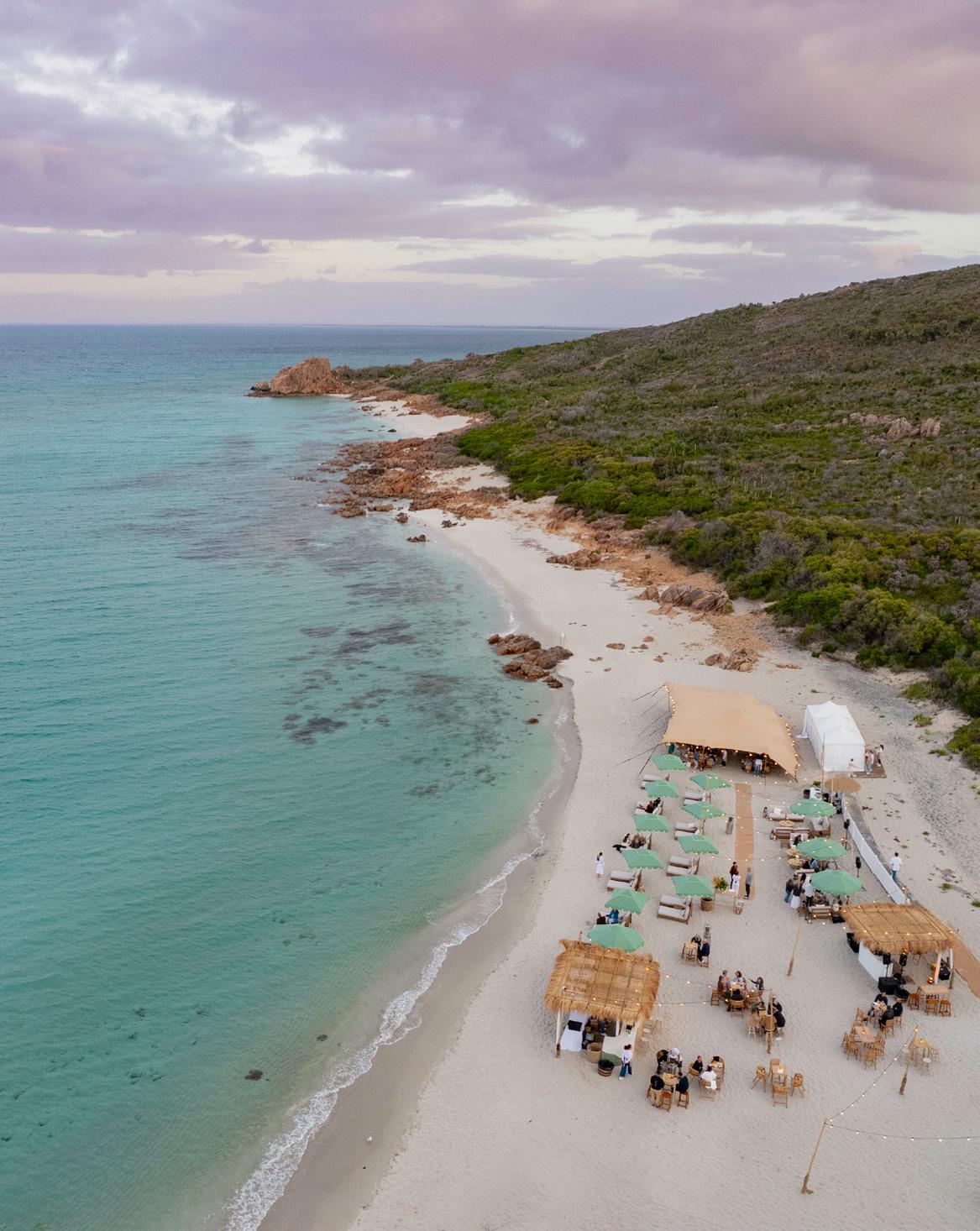
Book your next Perth or Margaret River Region escape and you too can be stepping into a dream.
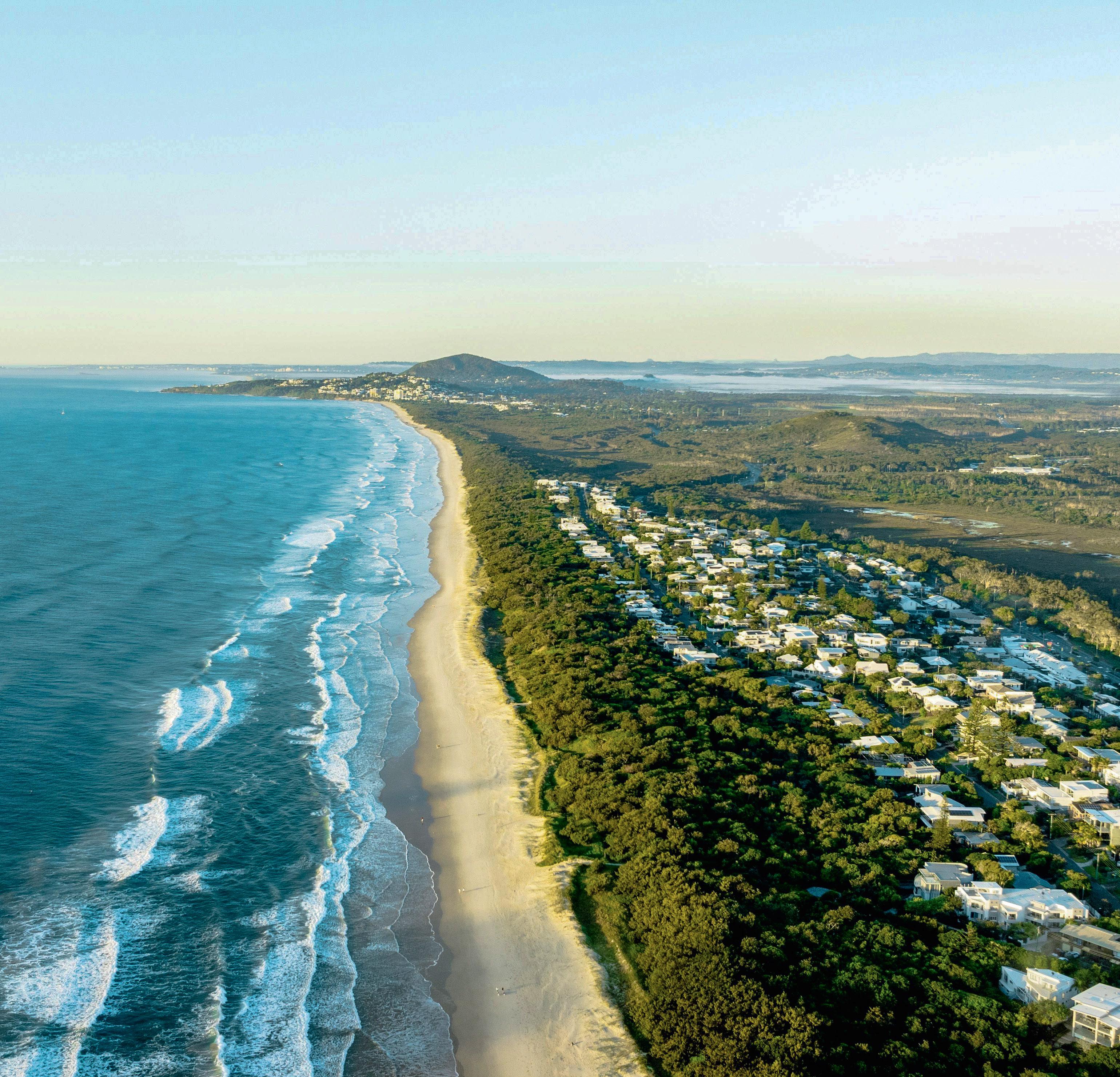

A collection of sun-drenched beachside villages united by coastal beauty and fantastic fresh produce, Queensland’s Sunshine Coast is perfect for a food-focused retreat. Paul Chai eats, drinks, swims and repeats on a weekend escape to Peregian Beach.
Was it the pepperberry squid topped with pickled pigface on the vintage sailing vessel, or the surf life-saving club breakfast roll (extra egg) with Peregian Beach sand between my toes? It might have been the oysters in a citrus ponzu (with a glass of Taittinger) in a sunlit grove at an Asian food festival or the hometown Mooloolaba prawns while chasing whales in the Coral Sea. Picking my favourite meal, like deciding on a favourite town or beach, on the magnetic Sunshine Coast is a formidable decision.
It is made harder by the fact I am up here sampling some of the best food in a region where the sun does more than just get people down to the beach; it breathes life into some of the best produce in the country.
My base for a food lovers’ tour of this Queensland coastal retreat is Essence Peregian Beach, a small community of exclusive beach houses and a hotel between Peregian Beach (peregian means “emu” in the local Kabi Kabi language) and wild mangroves, known as the “biosphere”.
The rooms reflect the hotel’s natural surrounds with sea foam-white walls, sandy backdrops in the bedroom and
jungle-green tiles in the bathroom. The hotel entrance features a mosaic of tropical birds, eating tropical fruits in tropical trees; Essence has a brightand-breezy, beachy feel that you instantly relate to this part of Australia. Essence couldn’t be any more Sunny Coast if you wrapped it in a flowy, floral kaftan and threw on a wide-brimmed straw sunhat.
But I have little time to waste before setting off to Mooloolaba for a Sunset Whales, Ales and Prawn Tails cruise. The cruise leaves from The Wharf Mooloolaba, a destination in itself with popular restaurants like Rice Boi, cocktail bars like Boston Shaker and casual meet-up spots like The Savvy Squire set in faux fishing shacks along the river.
I board Sunreef’s Whale One, get handed a tinnie of Blackflag Brewing’s Whale Ale and a plate of sweet-and-briny local prawns, caught not far from where we are currently setting sail. The whale gods are not with us on this cruise, but the sunset deities make up for it with a fire-sky of reflected sun, setting ablaze a blanket of clouds that look like a fluffy corrugated iron roof.
Essence Peregian Beach is walking distance to all of the village hotspots, whether it’s the Peregian Beach Hotel (that gives off retro motel vibes) or Outer Square, the resort’s cafe, bar and restaurant that thrums with the morning coffee crowd.
I am walking to the Peregian Beach Markets, held on the first and third Sunday of the month, where stallholders offer food, craft and, yes, flowy kaftans in a jaunty collection of stalls spread along the grass before the sand dunes that signal the start of the beach.
Run by the Peregian Beach Surf Life Saving Club, I grab a breakfast roll from their community barbecue and when I forgo the bacon, I get an extra egg from the cheery tong-wielding chef. I walk down to the sand to sit and watch the patrolled section of the beach, while one of the whales I missed the night before spouts in the distance.
Lunch is onboard Saltwater Eco Tours’ Spray of the Coral Coast, a romantic sailing vessel made from Huon pine and built in 1908 as a replica of the original Spray, the first boat to circumnavigate the world in 1898. Guests sit on cushions as staff offer an Indigenous-inspired canals-and-canapes cruise that starts with a Lemon Myrtle Delight (native gin, lemon myrtle syrup, fresh mint, lime and soda) or a crisp Jarrah Boy lager. Then come trays of bushtucker delights like
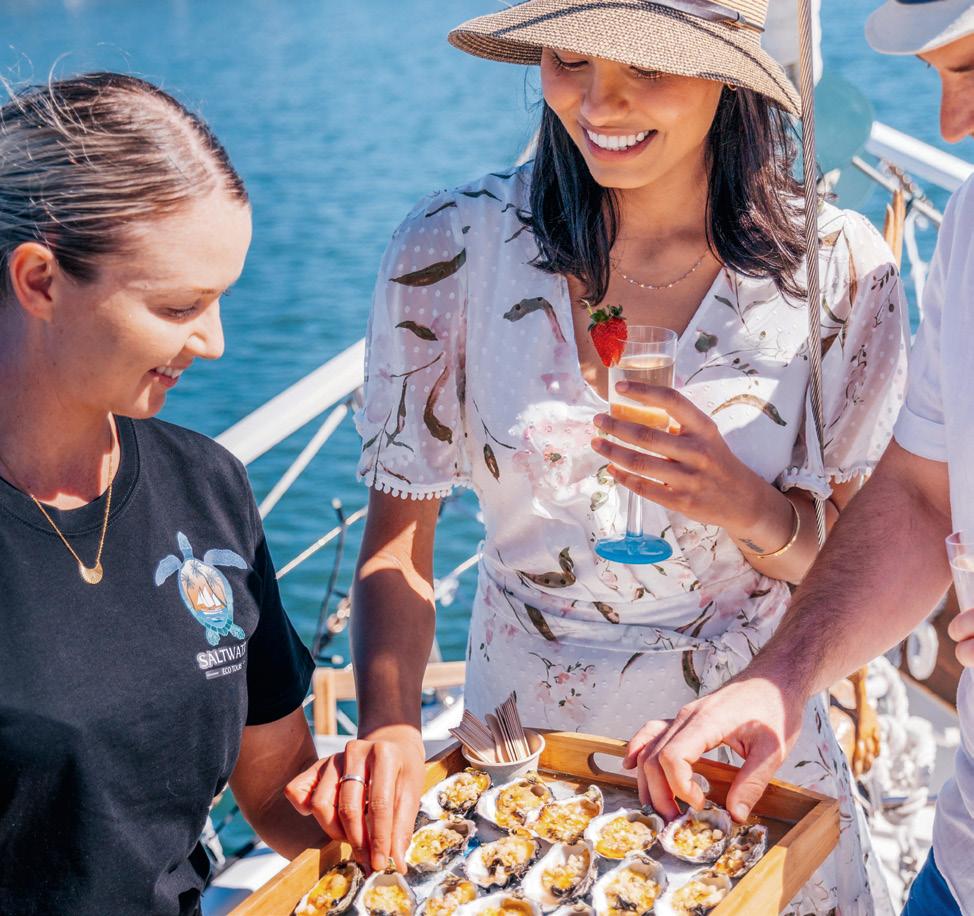
rock oysters with finger lime, bunya nut dip and the aforementioned grilled calamari with pickled pigface.
I arrive back at Essence Peregian Beach for a quick dip in the pool before getting ready for yet more food: dinner at BASK across the road in the Peregian Village Square.
BASK is chef Jack Madden’s love letter to the coastal produce of the Sunny Coast with a seasonal-stars menu presented in a light and sophisticated space imagined by his interior designer wife, Jess Coolican.
Highlights include crisp pieces of sardine on toast with an umami-rich sea urchin butter, charred octopus with nduja on a bed of parsnip cream, and fresh-from-themarket mackerel in lemon myrtle and a caper butter sauce.
We walk a few steps to the Peregian Beach Hotel for a nightcap and marvel that this little seaside town is so compact it could almost fit in our luggage, which we are sadly packing up soon after an indulgent weekend of amazing food.

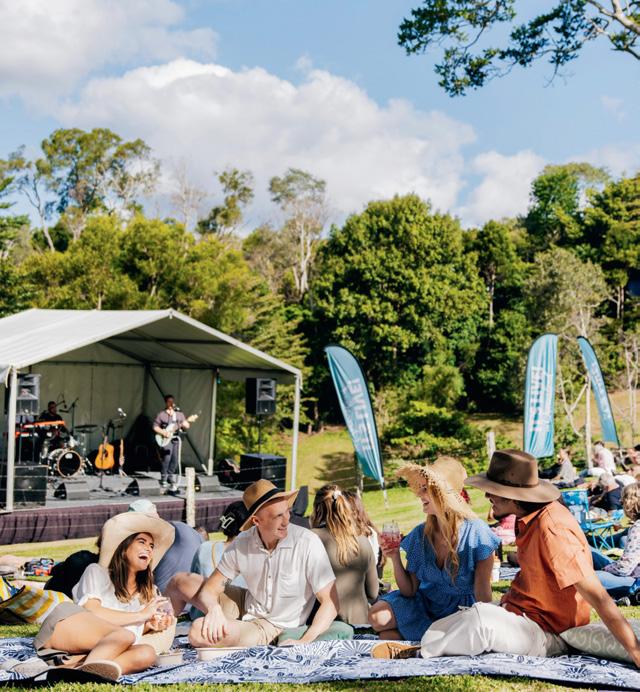
Taking place around July–August every year, The Curated Plate is a 10-day celebration of Sunshine Coast producers, makers, chefs, brewers and distillers. It is the perfect excuse to book a trip to this vibrant region but pack your comfy pants – there is a lot on.
One of the signature events is the Sunshine Coast Asian Food Festival held at Spicers Tamarind Retreat.
Part garden party, part musical festival but with plates of food that would normally come to you on a white tablecloth, this is a fun day out. Guests receive five food tickets from stalls like The Tamarind, Rice Boi and Spirit House as well as being able to buy wine, beer and cocktails as they recline on the grass and listen to live music.
A highlight was the “oyster grotto”, so named by us for its out-of-the-way location surrounded by tall tropical trees, crazily attentive staff and Taittinger (or some amazing prosecco from Victorian producer Dal Zotto) by the glass.
thecuratedplate.com.au


9pm
I arrive in the Marais. It’s the perfect summer evening and the aroma of butter hangs in the air like the city’s unofficial welcome. I’ve landed with an appetite and an agenda. In a city where food has never just been fuel, eating isn’t something I schedule between museums – it’s the entire itinerary. First stop is Café Charlot, the kind of place that looks like a film set of Paris. It’s packed, and we squeeze into one of the last curved banquettes available inside. We all order the entrecôte. It’s excellent, served seared, salty and rare, with a side of fries and pot of gently tangy bernaise.
11pm Amorino
Although Amorino is known for their rose-shaped ices, I take my scoops of pistachio and hazelnut in a cup rather than cone. In the Paris heat, the chances of me wearing green-and-brown drips are too high to risk.

We have stopovers and shopovers, layovers and opovers, but for food lovers a 24-hour city stay between ights can be a great opportunity to sink their teeth into a place’s food culture. Welcome to our regular snackover column; rst stop: Le Marais, Paris.
6am
This Insta-famous boulangerie is a few hundred metres outside the Marais. I initially plan for only a simple croissant but resolve unravels as soon as I’m faced with the ham and cheese roulé. The former is fine, but the latter is heaven. Still warm with crisp edges, flecked with thyme and a soft, almost gooey centre, it nails breakfast in one buttery spiral. A thick slice of Mamiche’s signature chocolate babka comes with us.

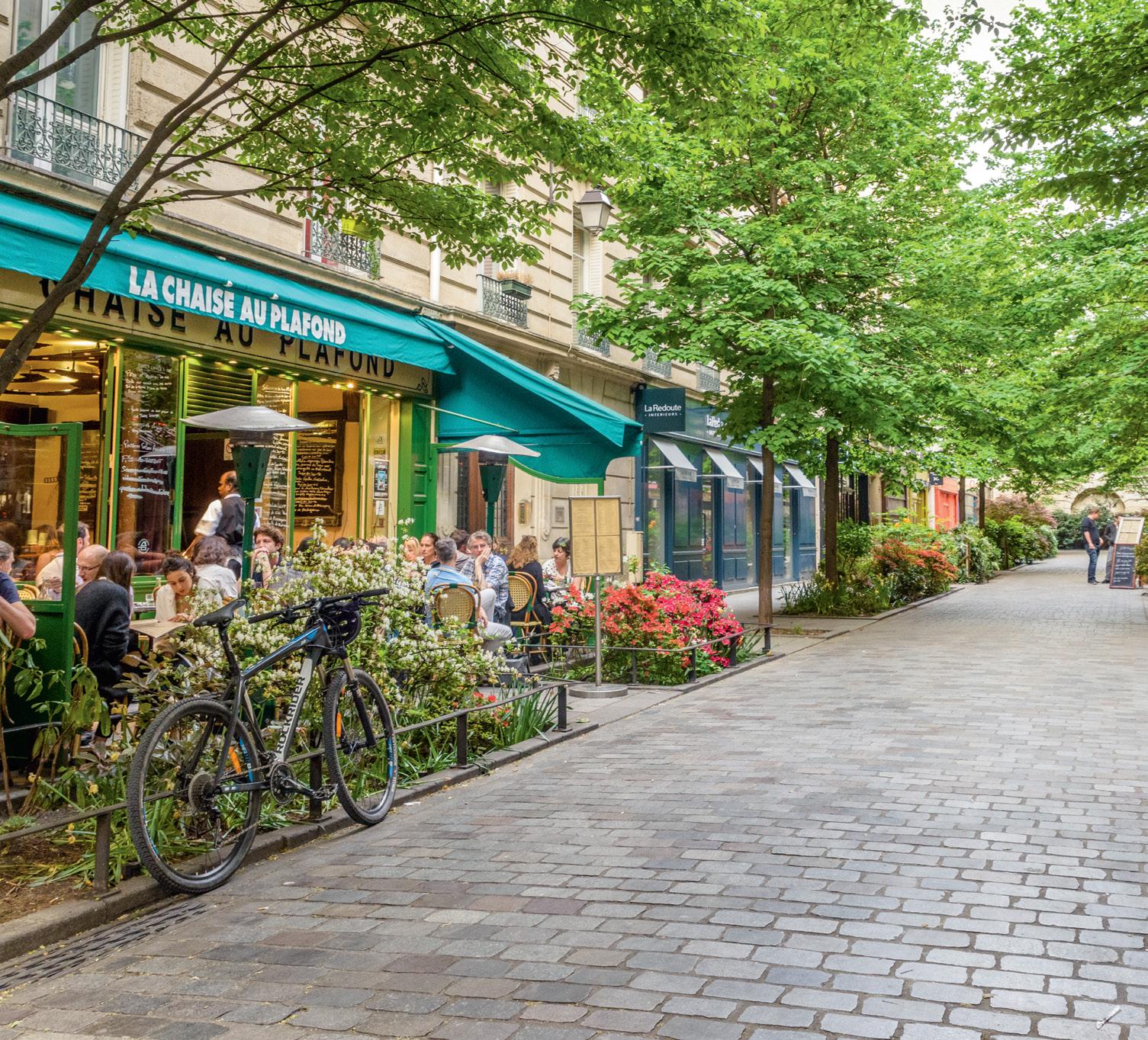
8am Tout Autour du Pain
My second breakfast is a quiche Lorraine. It’s deep, creamy and studded with fatty lardons, held up by a buttery pastry shell just short of greasy. It has enough structural integrity that I can eat it on the go.
9am Sain Boulangerie
Sain might mean “healthy”, but there’s nothing virtuous as I bite off the quignon – that crusty baguette end – before I’m halfway down the street.
12pm Panozzi
Italian is the second most popular cuisine in France after French, and Panozzi stuffs folded hot rolls, almost like pizza dough turnovers, with fillings that smack of la dolce vita – mortadella, mozzarella, smoked provolone, milk-fed porchetta, pesto and artichoke cream.
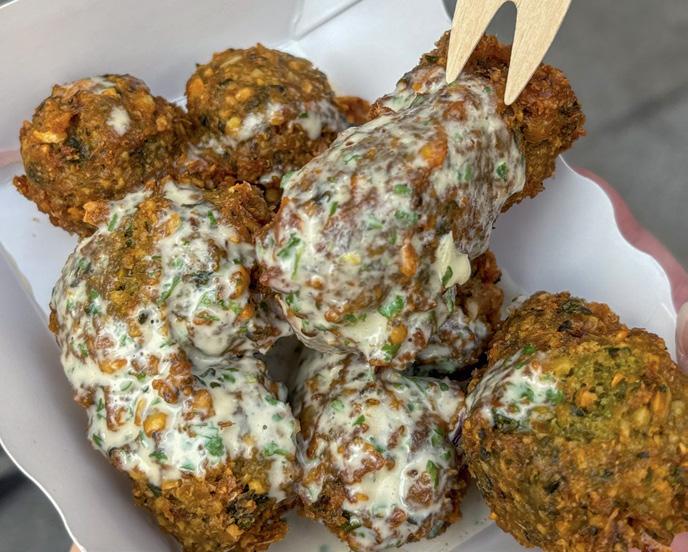
2pm e French Bastards 3pm Chez Hanna 4pm Reÿs
Any lunch needs a lunch dessert, and The French Bastards is a five-minute walk away. A delicately caramelised chausson aux pommes (apple turnover) is flaky and gone in seconds, the only trace the crumbs at my feet. The salted caramel eclair quickly follows, and a sugar-dusted doughnut and cruffin don’t last much longer.
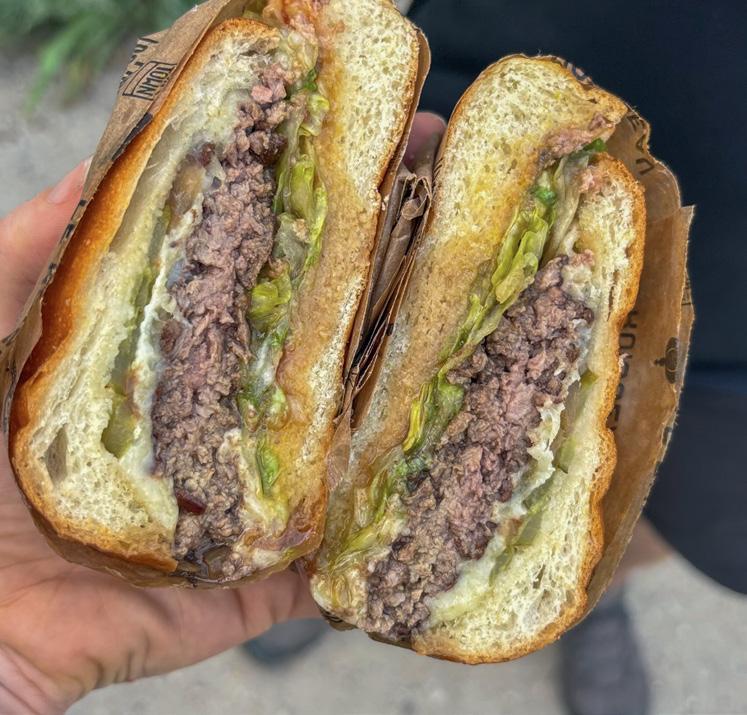
Past meets pita at Chez Hanna, a small shop on Rue des Rosiers, in the heart of the historic Jewish quarter. The place of Chez Hanna’s falafel in local lore is divisive (some Parisians say it’s the city’s best; others tout it as a tourist trap) but I decide the hype is warranted from first bite. Crispy chickpea balls are hot, well spiced, and lightly dressed in a green tahini that manages to be creamy, nutty, sharp and garlicky all at once.
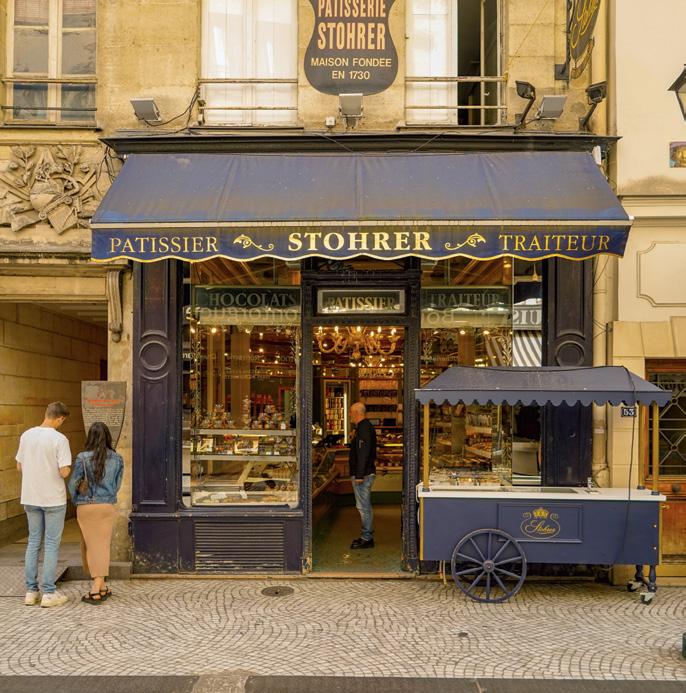
We need something to cool us down in the Paris humidity. Enter Reÿs, where ice cream flavours are chosen for their fragrance. Scoops are generous, and my boule of Café Crème de Paris is smooth and subtlety perfumed with espresso. Other options on rotation that week include Indian Wedding (pistachio, cardamom, rose) and A Walk in Bangkok (rice, coconut milk, lemongrass).
6pm Ruisseau
All rules of savoury before sweet have been thrown out the window and from here, we change pace with a hamburger and side of fries from Ruisseau, which we eat under the shade of a leafy arbor in Anne Frank Garden. The bun is slightly sweet, the patty thick and pink-centred, the potatoes seasoned with a heavy hand. It is a smart move splitting the order between three of us; a few bites of both burger and fries makes this our version of gouter, the traditional pre-dinner snack enjoyed by French school children.
We make a quick visit to Stohrer, Paris’s oldest pâtisserie. This is where the rum baba was created but I instead opt for a macaron, coffee. These twobite confections are the perfect sugar hit before I capitulate to a full-blown carbohydrate coma and make the only sensible move left: nap.
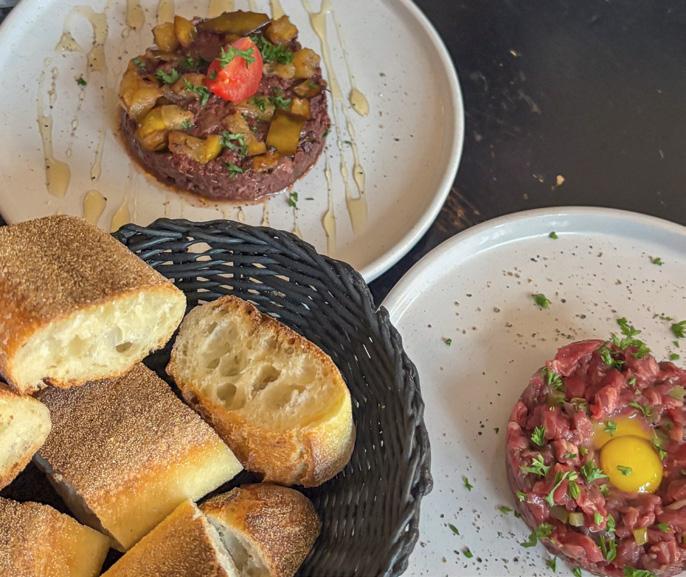
7pm Stohrer 9pm L’Aller du Retour
Almost 24 hours, a dozen stops and my bodyweight in butter later, my Marais marathon ends as it started: with steak frites. This time, at L’Aller du Retour, a nondescript steakhouse with a tight focus on good meat, good wine and good atmosphere. Steak tartare is handchopped, punchy and well seasoned, and black pudding comes crowned with sautéed apple – both perfect for scooping with chewy baguette. By this point, my waistband is uncomfortably snug and I am ready to wave my napkin in defeat. Scratch that, our server tells us lemon meringue tart is on for dessert. Bien sûr, I say. One fork, s’il vous plaît
IN PARTNERSHIP WITH Pristine Paradise.
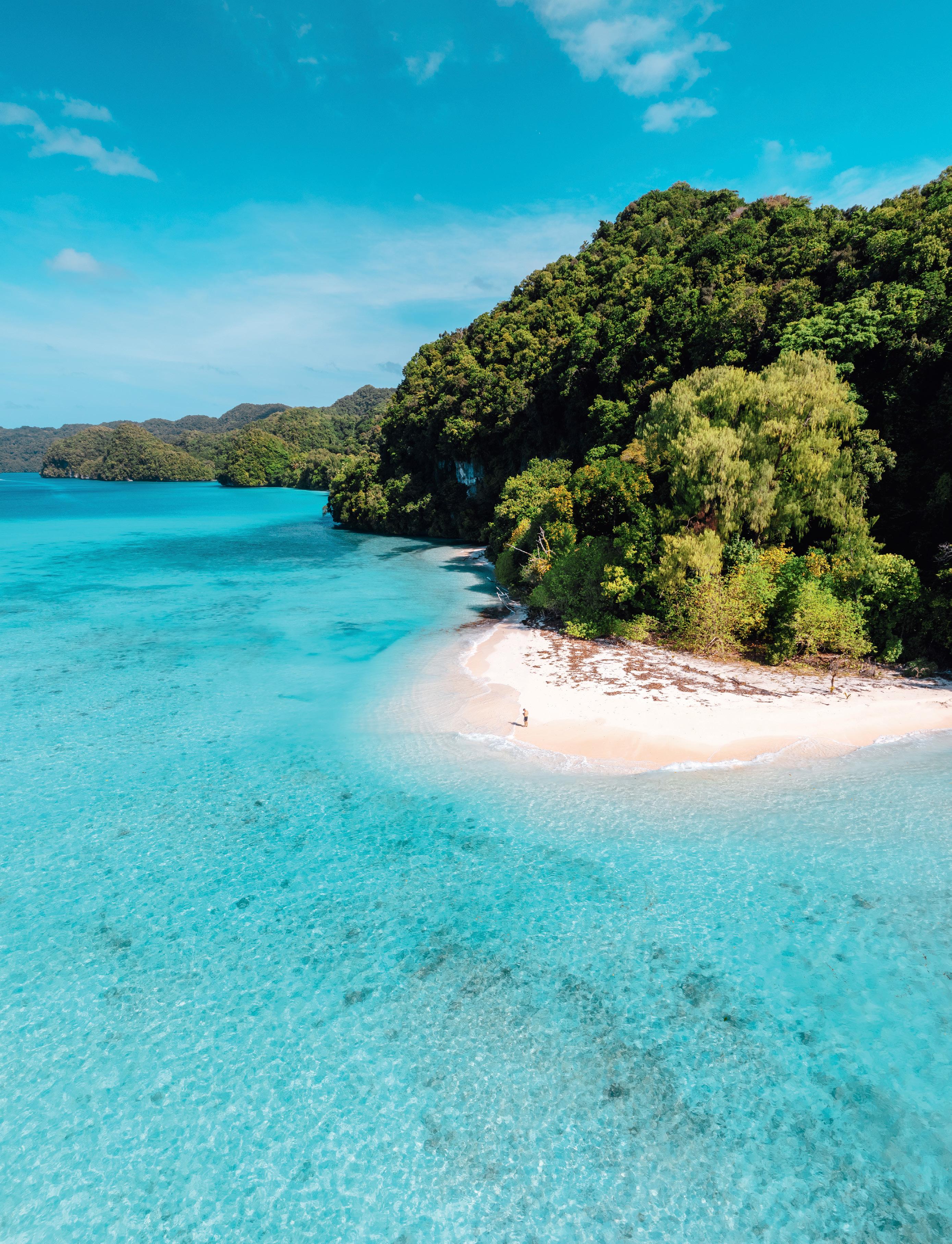
e waters around Palau are some of the most untouched, unrivalled and undiscovered in the Paci c, yet there is a buzz around this island paradise as travellers who like to go beyond the well-worn island destinations are uncovering a whole new world of adventure.
Making its home in the western Pacific Ocean, Palau is a collection of around 300 Micronesian islands, but many of these are uninhabited and those that have been made into homes have managed to avoid overtourism.
Palau is the Pacific Ocean’s little secret with a rich cultural history, unmatched snorkelling and diving and beautiful island terrain with azure waters and tropical hikes.
And it plans to stay that way, with the island instituting the Palau Pledge – written by the children of Palau – which visitors take upon arrival. Visitors pledge to protect the natural environment and uphold local traditions, to respect the bounty of the surrounding sea that is putting Palau on international travel buzz lists.
Take a plane, take the pledge and take the plunge into the pristine world of Palau.

Known as Belau to the indigenous Rechad er Belau, Belau or Palauan people, this island has kept its ancient traditions intact. Palauan society is traditionally both matriarchal and matrilineal, with a Council of Chiefs and a parallel council of women who manage land, finances, and the selection of leaders. While men were historically responsible for fishing and warfare, women oversaw the home, educated children, and cultivated taro fields. Today, this rich cultural heritage is still visible, blending traditional practices with modern life.
Experience local culture at one of Palau’s many festivities and celebrations. Visit the annual Olechotel Belau Fair and twice-monthly night markets. Or take a cultural tour where you will learn how to make a traditional hibiscus skirt, dine on a traditional farm-to-table lunch and visit a chief’s meeting house.
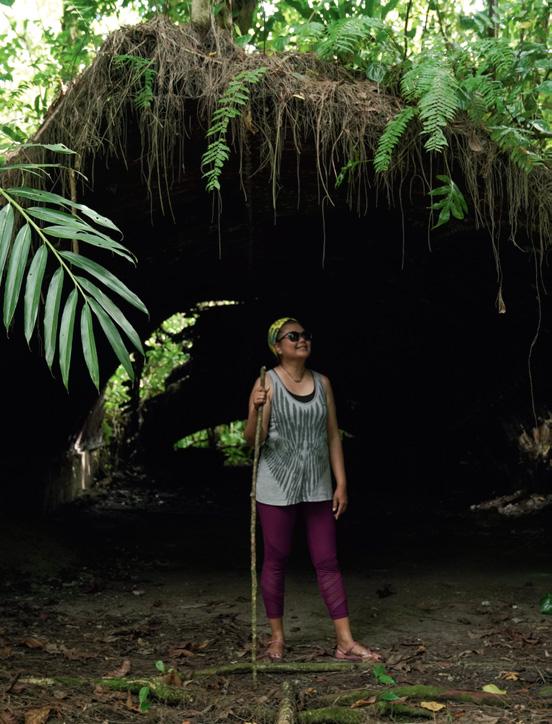

The islands of Palau have incredible natural beauty and amazing history. On Ngarchelong you can walk among stone monoliths at one of Palau’s oldest archaeological sites, which traditional stories say were built by the gods. On Babeldoab island visitors hike their way to jungle waterfalls. Or you can get a birds’ eye view of the island nation by taking a small plane tour of the islands.
Around 75 per cent of Palau is covered in native forest and mangroves with over 100 species of plants and birds recorded.
Not far from Guam, the US territory, the islands of Palau were taken over by the US in 1944 and a huge battle took place here known as the Battle of Peleliu. Remnants of this fierce fight can be found with crashed aircraft relics in the jungle, fortifications on the wild coastline and WWII wreck dives for ships like the Teshio Maru, Chuyo Maru and the Jake Seaplane.


Wherever you go in the waters around Palau you will be surrounded by natural wonders but the Rock Island Southern Lagoon is special enough to have earned UNESCO World Heritage status. This area is known for its biodiversity with over 700 species of fish, nearly 400 types of coral and 13 species of sharks and manta rays.
Adventurers can also discover this ocean paradise by kayaking, stand-up paddleboarding, snorkelling and diving. Palau is also one of the few places in the world where visitors can travel on a traditional Micronesian sailboat like the one seen in Disney’s Moana

Palau is pristine and untouched, but the word is out, so make sure you waste no time before taking the Palau Pledge.

At Malolo Island Resort executive chef Gregory Llewellyn is mixing big city kitchen experience with entrenched local traditions. So a Calvert returns to her childhood home for a taste of nostalgia.


Kokoda is often described as Fiji’s answer to ceviche, but that sells it short. It’s chilled to perfection, laced with the tang of chilli and lime, and sharp enough to cut through jet lag. For many, it’s the first thing they eat when they land. For me, it reminds me of a childhood spent on these islands.
I first ate it in Suva, as a kid, sneaking spoonfuls straight from the fridge while my parents were not looking. Now, decades later, I’m sitting at Malolo Island Resort’s Beach Bar with a grown-up serve and a cassava chip in hand.
This Fijian delicacy hits different in the tropical warmth after a day snorkelling in the sun, but the incredible food on Malolo is also down to executive chef Gregory Llewellyn, formerly of Sydney restaurant Wish Bone and hatted inner-city neighbourhood joint Hartsyard.
Gregory began his career in New York in feted kitchens like Mix by Alain Ducasse and honed his beachside menu at Santa Monica’s Shutters on the Beach, and he has brought
a fresh take to Fiji’s island cuisine. But, like my stolen scoops of kokoda, Gregory is also aware that some of the best meals are ones that have a familial connection.
“I often ask my team, ‘What does your grandmother cook when you go to her house? How does she make her palusami [a Polynesian dish of beef, coconut and onion baked in a leaf]?’” he says. “It gets them thinking about how they were raised with food. I always have tradition in mind when creating dishes.”
The other thing that Gregory is keen to get right on Malolo is the balance between giving guests a meal that is tasty but not too sinful.
“I understand wanting to eat indulgently when you’re on holiday, but I have three young kids and understand the need to feed them something healthy too, like local fish, housemade cured meats or grilled flatbreads with lots of dips,” Gregory says.
Malolo Island sits in the Mamanuca group, a postcard chain of volcanic islands scattered off Fiji’s west coast. It’s a region that has
become shorthand for barefoot luxury, and while much of the hospitality landscape is foreign-owned, Malolo Island Resort remains proudly in Fijian hands – owned and operated by the same local family since 1999.
It was one of the first properties to open here in the 1970s, and in the decades since it has cultivated a loyal following.
The bures are strung along the coastline and set back in gardens, white weatherboard dwellings with vaulted ceilings and shutters that frame the ocean like a painting. In mine – an oceanview bure – there’s a hammock slung between palm trees and little else to disturb the silence beyond the hush of waves and children laughing somewhere in the distance. The water is blindingly blue thanks to the alabaster-white seabed.
From the hammock, you can watch boats drift across the reef, or look further out toward Cloudbreak, a very famous surf spot. World Champions Stephanie Gilmore and Tom Carroll are here at the same time as me, keen to catch some of the mythical waves.

CLOCKWISE FROM ABOVE: Gregory Llewellyn’s amazing food is a feature of Malolo Island Resort; the food is indulgent but not too sinful; the resort is in the Mamanucas, a region known for barefoot luxury.
After my casual kokoda, I get to experience Gregory’s more formal offering at Treetops, the resort’s adults-only restaurant partially hidden in the hillside foliage. It’s elevated literally and figuratively: linen-draped tables, local timber accents, and open walls that let in the trade winds and the sound of cicadas. The vibe is unpretentious, the clientele relaxed – honeymooners, seasoned travellers, the odd solo diner with a novel and a tiki cocktail.
Lovo-roasted beetroot arrives at the table with a scoop of almond butter, followed by local flaky walu (white fish) and homemade ricotta gnudi (dumplings) with burnt butter and native herbs. On another night: reef fish in dashi or short rib with potato. Running a high-end kitchen on a remote island has its challenges – import duties on specialty ingredients can be 35 per cent – but Gregory sees constraints as opportunities. The menu follows a seven-day cycle, dictated by what’s growing, what’s arrived and what’s ripening.
The chef’s garden evolved from a passion project to the backbone of the culinary program – a sprawl of herbs, pawpaw, chilli and starch vegetables. In the late afternoons, you’ll spot chefs out gathering herbs before service.
About 30 per cent of the staff here come from the nearby village of Yaro, bringing deep local knowledge not just of flavours, but of seasons, customs and rhythms that make the resort feel like a homecoming, even on the first visit. And while Treetops draws its fair share of international guests – such as the directors of Google, who once zipped over from their adjacent private island, Wadigi, for dinner – it still feels rooted in community. So, guests don’t have to steal a bite of kokoda from the fridge to get flavours that are reminiscent of a Fijian home.












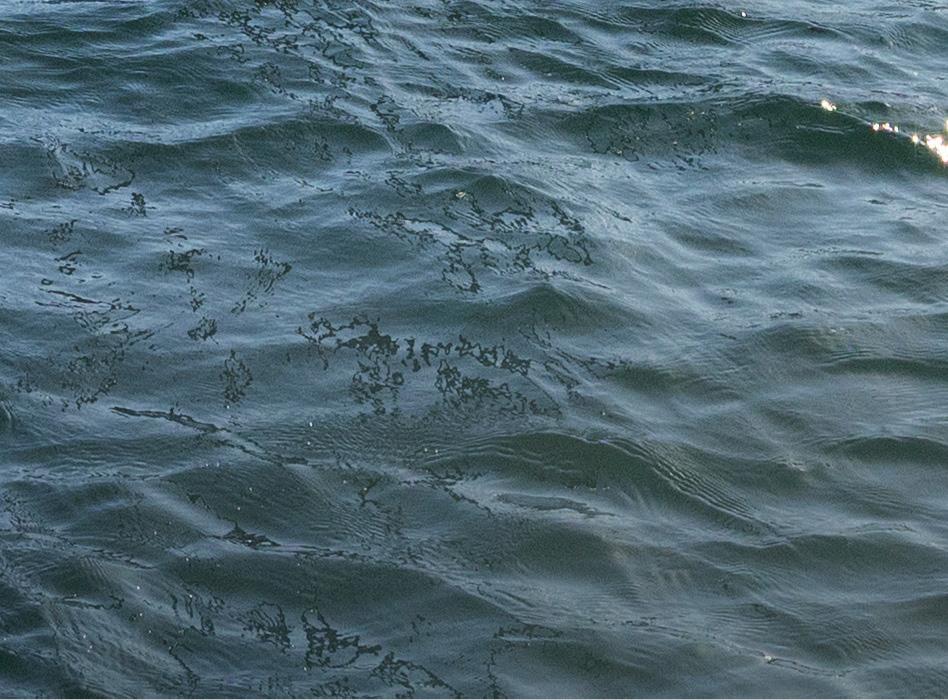

KHAO LAK
Running his kitchen with a no-waste, circular gastronomy philosophy, Silvano Amolini, executive chef for JW Marriott Khao Lak Resort & Spa, has created a ne-dining menu from ingredients that could have been discarded.
An oversized white shade flutters in the breeze as diners take a seat underneath it on the wooden terrace. But, the laid-back vibes of the Drift Beach Bar & Grill restaurant are deceiving, for within the kitchen the chefs are showing what the future of fine dining can look like.
This is a restaurant where they don’t want anything to go to waste. Even the driftwood that washes up in front of the restaurant on the shores of the Andaman Sea has been collected by the chefs and turned into platters and bowls.
While the rest of the world is now paying attention to sustainable dining, for Silvano Amolini it’s a reaction to the fine-dining movement he experienced as a young chef. “I didn’t like what fine dining was in the 1990s, where you throw away 50 per cent of the potato to make a square,” he says.
Each dish of the new six-course circular Sown & Reborn menu is as innovative as the last. Vegetable trimmings are used to create an umami broth, which is used to make a flavoursome tom yum dish that’s served in a coconut shell. Perhaps the most innovative dish is the JW Garden Egg, which features a vegetarian Bolognese sauce with a springy tagliatelle made from the unused crusts of loaves. The bite that comes with the al dente pasta is from smoked eggshells. The Nipa palm sugar used for the coconut-covered khanom tom sweets comes from the Nipa Palm reforestation program on the resort’s 27-acre farm.
Diners can join the chefs and gardeners for a golf buggy ride to the JW Garden farm before dinner. Here visitors can see plump winter melons hanging from vines, rows of spiky Phuket pineapples standing to attention, and dairy goats munching on palm leaves.
The farm helps keep the menu seasonal. “It will be [based] on what we have in the garden,” says Silvano.
Drift’s influence can be seen elsewhere in the hotel. The juiced oranges from the Drift Bar are used to create jam for breakfast at the Waterfront restaurant; offcuts from the bread are used to create circular sourdough they serve in the buffet and any leftover sushi rice is used to make Japanese rice crackers. The ingredient the chefs seem to have the most fun upcycling is watermelon rind. They’ve pickled it with olive oil and spices, turned it into candies by adding sugar and they’ve even used it in a Thai curry, in place of yams. “Last month, we started to do a watermelon kimchi,” says Silvano. “Circular gastronomy is not only good for the environment, but also for the palate – a beautiful dining experience doesn’t have to involve waste or extravagance.”
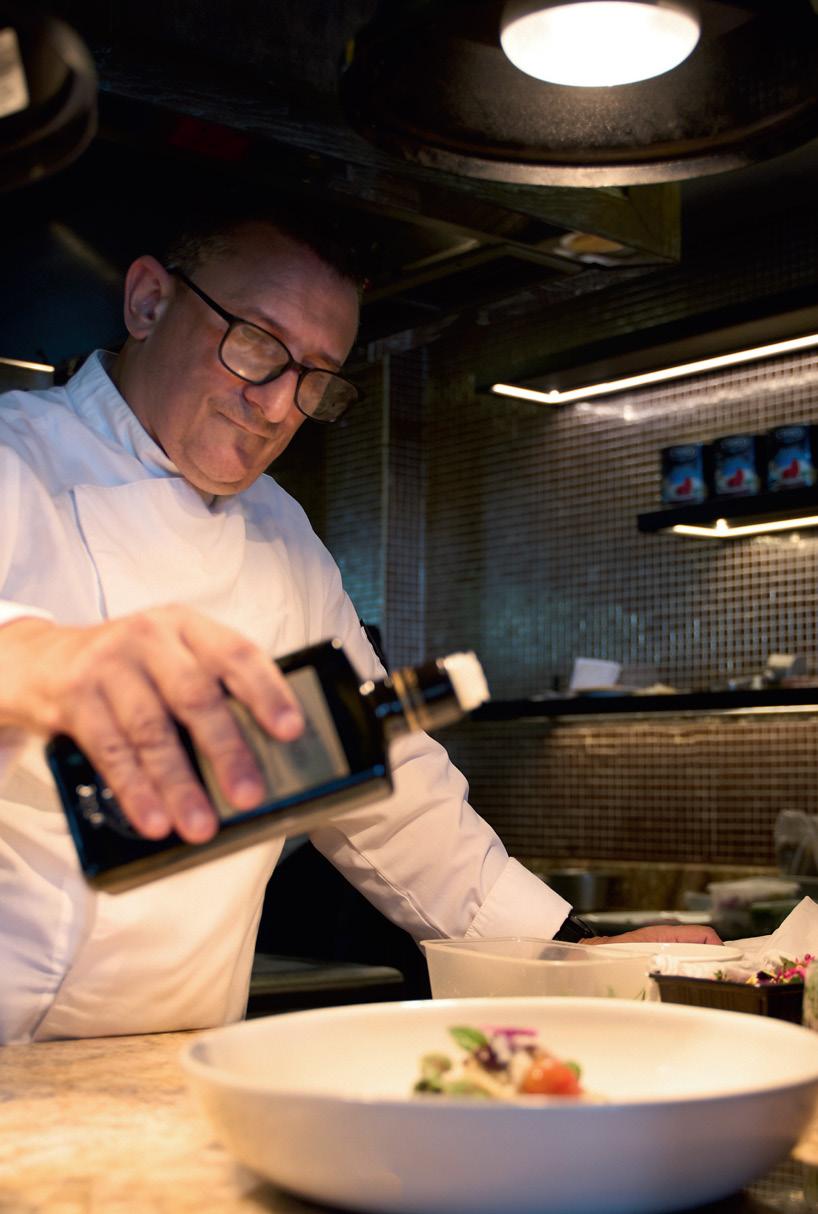

“The JW Garden
with a morning glory
There’s a lot of textures going on in that dish.”
“Chef Luca De Negri’s philosophy and deep respect for local ingredients makes every dish feel like a story from the South.”
“A bold, unconventional take on pizza and fermentation by Chef Luca Mascolo. Creative, daring, and deeply artisanal.”
“Chef Charles Wilson’s approach to technique and flavour always surprises. The tasting experience there is one of a kind.”
“I hear about them all the time. A sustainable restaurant with 36 seats.”











Texas is a state that is best known for cowboy culture, smoky barbecue and southern hospitality. But it is so much more than that, Texas is also a state lled to the borders with exciting new music, cutting-edge cuisine and it is a melting pot of international cultures.
Texas is a place of big personalities, big welcomes and even bigger skies. This state might be famous for its ranches, rodeos and Stetsons – now a global travel trend thanks to cowboy core – but this is just the beginning of a memory-making trip to Texas. Come for the ten-gallon hats and fancy embroidered boots but stay for the Michelin-starred chefs, the outdoor adventures, the vintage vinyl, the live music, boutique stays and more.
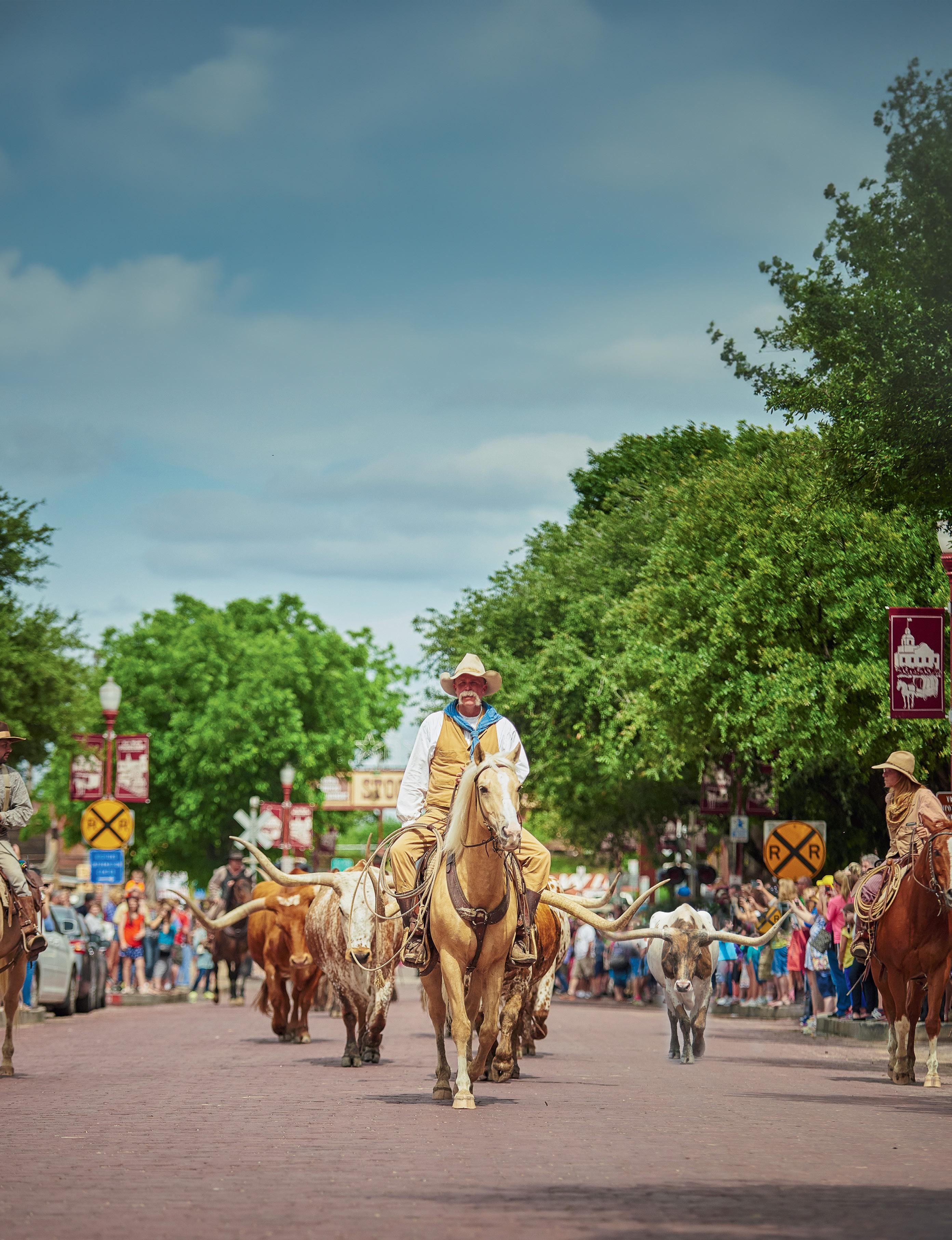


There is a reason why Austin is considered the live music capital of the world. From the moment you step off the plane you might find live music in the airport, in a grocery store or in some of the classic Austin live music venues like the Roosevelt Room or the Parker Jazz Club. Austin is home to the South by Southwest (SXSW) music showcase, a cultural phenomenon that has been exported all over the world – and you will discover new and exciting acts all over this great city. You can also do some incredible crate diving at record stores like Antone’s Record Shop and Breakaway Records.
If you do want to get yourself to a neon-soaked rodeo bar, get fitted for a fine pair of cowboy boots or spend an afternoon exploring Pioneer Plaza, the downtown landmark celebrating one of the first cattle drives. Fort Worth is where you can get your cowboy on.
The Fort Worth Stockyards features the world’s only twicedaily cattle drive. There is also the award-winning Fort Worth Zoo (named Best Zoo in Texas for 2025) and also where you can see Michelangelo’s first painting at the Kimbell Museum.
Both Fort Worth and Dallas are part of the region hosting the 2026 FIFA World Cup with matches in AT&T Stadium in Arlington, so they are getting ready to welcome the world.

Some things are a cliché for a reason and the warm welcome in Texas is something that you have to experience, because everything is bigger in Texas. Just like the service you will get in the Trueheart Hotel in Fredericksburg, where the owners treat you like friends.
Texas is home to 20 Michelin Key hotels and there are three stays that have reached the prestigious Two Key status. In Austin, the Commodore Perry Estate is on a century-old southern estate. In San Antonio, Hotel Emma is located in a former 19-century brewery and in Fort Worth you will find Bowie House located in one of the greatest examples of Second Empire architecture in America, with all the mod cons you would expect from an Auberge Resort Collection property. While there, you might find yourself throwing back shots with locals at Billy Bob’s Texas, the world’s biggest honkytonk. In Texas, you will feel like you are welcome everywhere you go.
Texas has cowboys and rodeos but it also has rich Spanish influences, a melting pot of global food and art and in Dallas nowhere displays this diversity better than in Deep Ellum, a music, arts and culture hub since the 1800s. Tree-lined streets are home to breweries and bars like Deep Ellum Brewing Co and live music venues like Trees which has seen gigs by Radiohead and Nirvana.
Bishops Arts District is a community of artists that hosts friendly events like the regular wine walks. But for a true taste of Texas fun try the Margarita Mile, a self-guided tour of the city’s best margies. After all, we have Dallas restaurateur Mariano Martinez to thank for inventing the frozen margarita machine in the 1970s.

This thriving city is billed as the “culinary and cultural capital of the South” and you will know why if you spend a few days exploring the cities dynamic food scene.
Start with some classic Texas “Q” at Truth BBQ in the Heights where you can try smoky brisket, pork ribs and sausage with all the classic sides piled high. This industrial-chic spot with bare lightbulbs and exposed brick will satisfy your barbecue cravings.
But to truly Texas you will need to expand your palate and get some modern Mexican at Caracol Mexican Coastal Kitchen, have Italianinspired bites at North Italia and try the sushi at Uptown Sushi in Uptown Park.
You don’t think of diving when you think of Texas, but you should. The Flower Garden Banks National Marine Sanctuary is the only marine sanctuary on the Gulf Coast, with a huge array of marine life; you can also dive the wreck of the USS Queens a Second World War transport ship and swim with freshwater fish on the Comal River Drift Dive. Elsewhere you can explore cavernous cave systems, kayak the Texas Gulf Coast and camp on some of the state’s pristine beaches.
Let’s smash some stereotypes, discover the unexpected and make some memories. Let’s Texas.
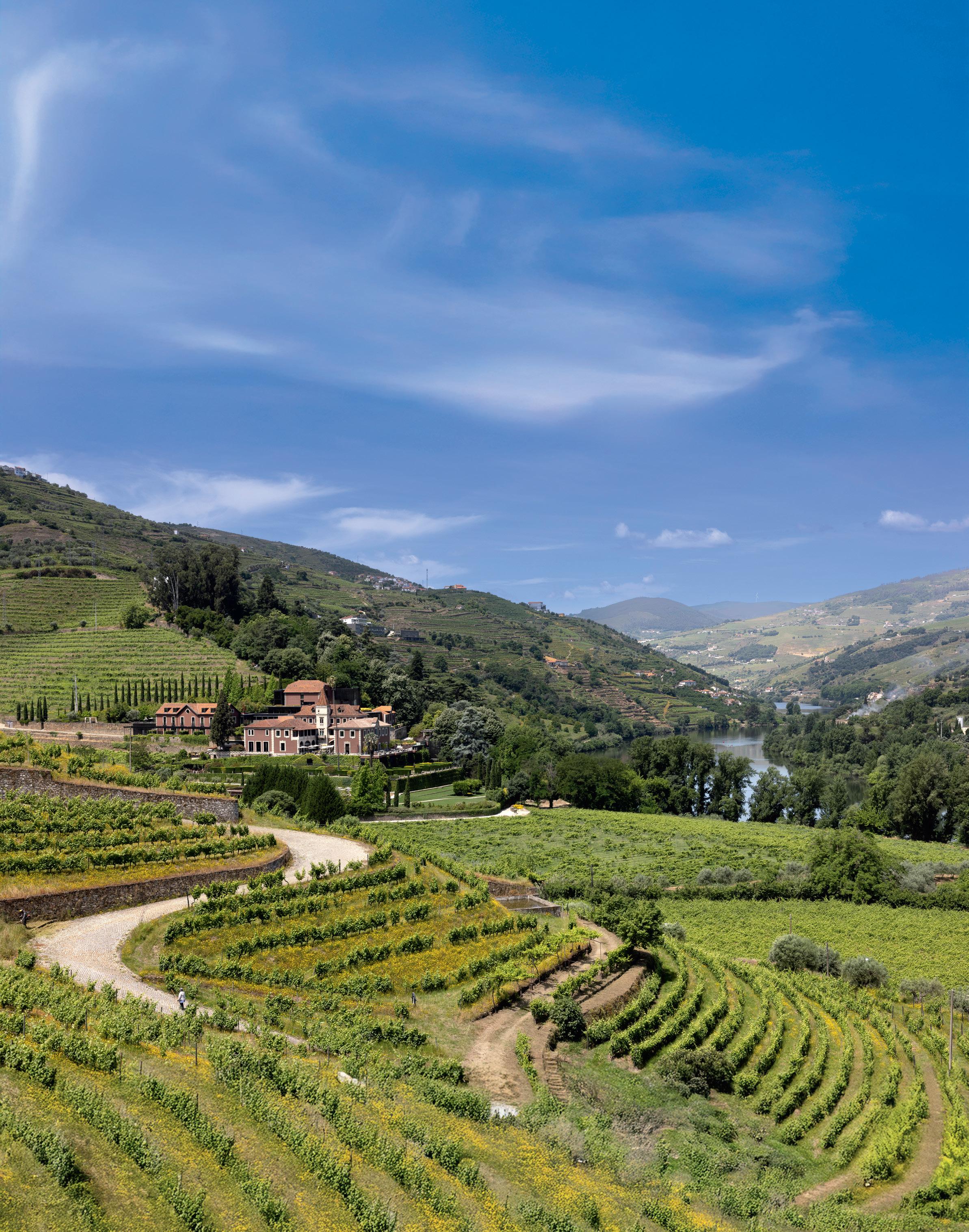
A short break in a storied wine-growing region of Portugal is the perfect place to slow down and discover artisanal attractions of the region. Jocelyn Pride tours the Douro Valley.
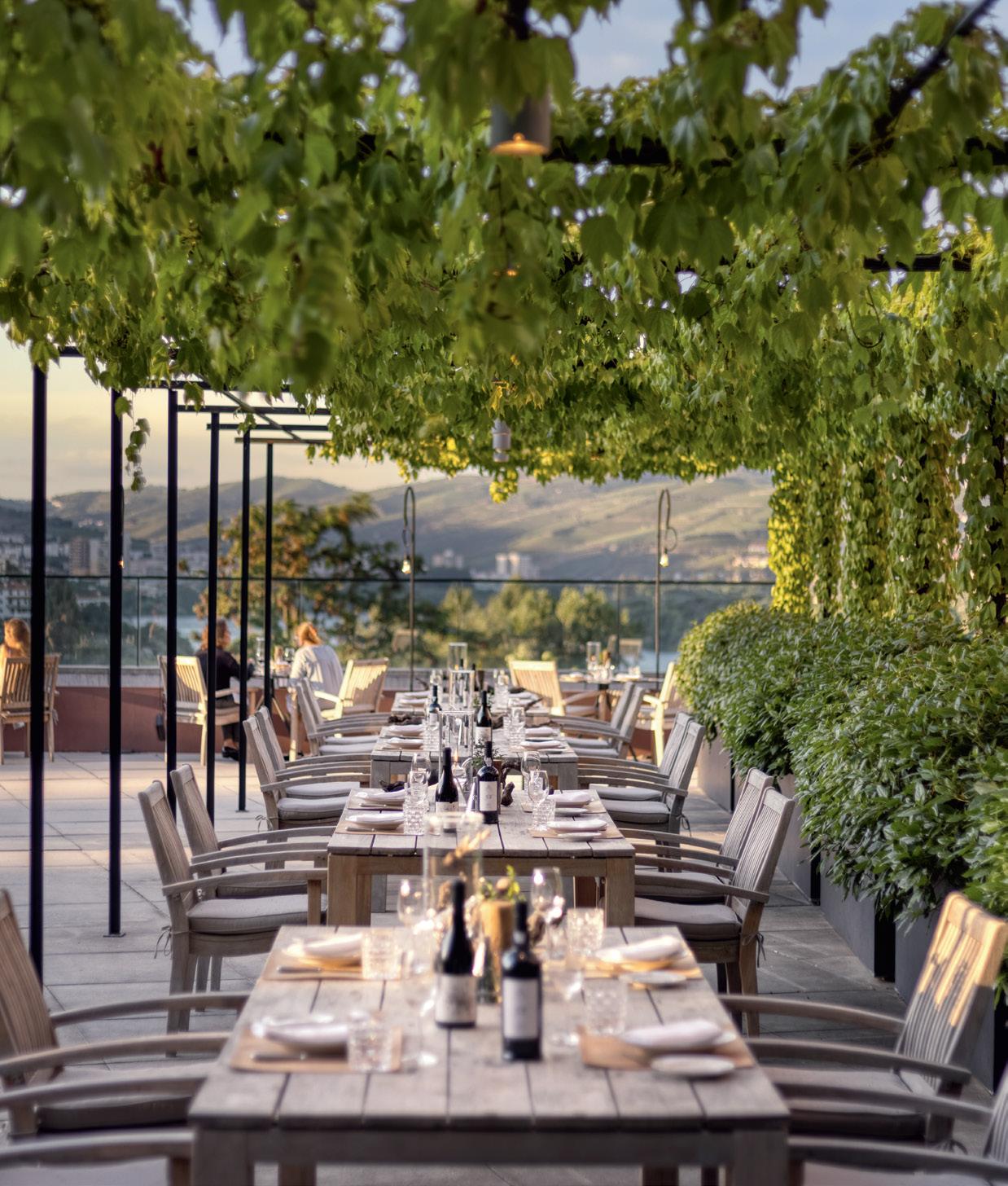

“Bells like this one are rung to tell workers in the vineyards when it’s time to come home,” says Rui Sousa, front office supervisor at Six Senses Douro Valley, Portugal. “At day’s end they gather around a large table to reconnect.” We’re perched on a balcony surrounded by terraced rows of vines dotted with cypress trees stretching to the majestic Douro River. “Close your eyes and focus on your goals for your time here. When you’re ready; ring the bell.”
The arrival ritual is a powerful part of being welcomed into Six Senses’ first European property. And although this is my first time to Portugal, I’m no stranger to the underthe-radar-luxe-vibe of a brand that puts a creative spin on immersive travel. Six Senses is renowned for retreats across the world that engage with the local community,
and I am here to stay in a lavish manor house and explore the famed port wine region and beyond.
Built in the 19th century by João Lourenço de Seara as a family home, the meticulous renovation by the team at Six Senses 10 years ago blends history with modernity. From gazing at walls filled with generational photos of the Seara family; to being whisked between floors in a glass elevator, exploring nooks featuring pop-up galleries, or tasting rare local wines from the sophisticated “wine vending” machine, the feeling of cultural connection is omnipresent.
For the first few days of our Portugal sojourn I stay cocooned in the resort, slowing down and taking in the environment. One morning I join the forest walk winding through sculptured gardens past grottoes, a hidden
pond and the ruins of a former teahouse lined with magnificent azulejo tiled walls. An afternoon lesson in tile painting at the onsite art studio adds to an appreciation for Portuguese artisans.
A guided wine tasting opens my eyes to port wine, named after the city of Porto at the south of the Douro River, and other varietals from neighbouring wineries. Based on elements of nature’s gifts – water, wood and stone, the spa perfectly matches the Zen environment. Spoilt for choice, I opt for the signature vinotherapy treatment featuring grapeseed pearls and port which leaves me feeling revitalised. At the Alchemy Bar, I design my own facial scrub from a heady mix of “secret” herbs, fruits and spices, and rediscover a childhood love of swings on two beauties tucked under a tree in the garden.

In true farmhouse style, the kitchen area and wraparound terrace is at the heart of the resort. Food here is a big deal. Each of the three main restaurants radiates that rare casual elegance vibe, and with sustainability at the core, food miles are minimal. Wandering through the expansive tiered organic garden is a feast for the senses before the produce even hits the plate. Fare is anything from a full-on degustation with all the trappings to the daily a la carte menu; a cooking lesson in the open kitchen, poolside snacks, canapes and cocktails on the terrace or even a picnic in the garden. This is dining at its finest, where regional flavours tell the stories of the land, customs and people.


Carrying the echo of the Six Senses bell, a newly acquired taste for port wine and feeling totally relaxed, we head to the country’s second-largest city: Porto. And what a city it is. Swapping a quiet bend in the Douro River for the bustle of the epicentre of the world’s oldest demarcated wine region couldn’t be more of a contrast. Porto is heaving with the summertime crowd, but we move to a slow rhythm and hop on a cruise along the famed river on a traditional Rabelo wooden boat, used over centuries to float barrels of port wine from the vineyards to the commercial wine houses along the river.
Rows of brightly coloured houses line the river like a patchwork quilt; fishing lines dangle from the jetties, lovers hold hands, tourists vie for the best selfie spots, and market traders sell their trinkets.
We glide past the Vila Nova de Gala neighbourhood, admiring the ancient port houses from the river and later wander on foot, ducking into Calem for a tour and tasting. This port producer has been around since 1859 and has an interactive museum on the premises as well as regular presentations of fado, the marvellously melancholic Portuguese singing.
As the ultimate finale, with two Michelin stars, The Yeatman Gastronomic Restaurant is Porto’s premium dining experience. Perched over the Douro River, and the red roofs of Vila Nova de Gala’s port houses, the views are as scene-stealing as the degustation tasting menu. Featuring the freshest and best of Portuguese ingredients combined with the creative twist of Chef Ricardo Costa, dishes like the signature suckling pig and Japanese-inspired egg custard with prawns are presented as works of art.
Over a nightcap of ruby port, I reflect on ringing the bell at Six Senses only a few days earlier. Moving at a gentle pace and connecting with the land and its people has given me a taste of a country that’s like its treasured port wine: elegant, sophisticated and getting better with age.

Join Société to earn and use points on Luxury Escapes The ultimate rewards program to elevate every escape
The idea of the beach clubs that we know today is said to trace back to Penrod’s Beach Club in Florida’s Fort Lauderdale in the 1980s. The idea soon spread around the world with Ibiza in Spain being a famous modern example.
Compared to the shores of Ibiza and Miami, jammed with flashy pool parties, and the relaxed summer hangs of Greece and Tulum, Bali’s beach club scene is relatively young. Seminyak’s Ku De Ta, known for its annual White Night, led the charge in 2000 but it was when Potato Head opened its doors almost 10 years later that the scene really took off.
We take a look at some of the island’s best beach clubs.
NUSA DUA
Entering Canna, you may momentarily forget that you are actually in Bali. Whitewashed columns and arches echo cliffside Positano in Italy, owner Budi Setiawan’s favourite annual escape. As the only independently owned beach club in Benoa, Canna offers families doing villa stays and couples checked into Apurva Kempinski and the Mulia a common meeting ground.
THE HOT SEAT
A table at the beachfront restaurant during dinner offers the best seat in the house.
THE SOUNDTRACK
House music is the focus as it makes for easy all-ages listening.
DRINK
An Aperol spritz.
From humble beginnings, Bali’s beach clubs have become a huge attraction for travellers who want sun, fun and cocktails. Dana Cape takes a tour of some of the biggest names in the Bali beach club scene.
SEMINYAK
Potato Head refers to itself as a village, or desa, and has a family of artists and collaborators from all around the world. There is a team of 12 resident DJs, each space has its own signature incense and all aspects of design have been sustainably sourced.
Soulful house, though if you want to turn things up, head downstairs to Klymax Discoteque, the new pet project of legendary DJ Harvey.
DRINK
UBUD
Ubud’s first boutique club, opened in August 2024 by Ini Vie Hospitality, incorporates the wild side of Bali and is set around a pool instead of the customary beach. “The jungle is a wild place, it encourages people to express their true selves,” says owner Dwi Agung. This jungle-set day club offers plenty of lounging options and a familiar upbeat soundtrack.
The party cave, lined in Turkish and Moroccan rugs.
Tribal house with melodic techno woven in come nightfall.
The Golden Jungle – a rich nectar of whiskey and jackfruit.
ULUWATU
Introduced as the neighbourhood’s first cliffside clubhouse, this venue has an air of exclusivity. The property, owned by the Mandala Group, hosts seven suites each styled after an Indonesian surf break. But most guests of the Cliffhouse just come to play, as the club’s range of esoteric movie nights and weekend parties attracts a hip and affluent crowd.
THE HOT SEAT
“The snakepit”, so called for its winding stairway all the way to the beach.
THE SOUNDTRACK Afro beats.
A bottle of bubbly.
NUANU CITY
Luna is a fairy-themed wonderland, full of woodland hideaways. It’s a relative newcomer and one of the few places in southern Bali still surrounded by rice paddies and farmland. With space for 7,000, there’s an amphitheatre, a beer garden with Tex-Mex, an adults-only rave cave, and a build-your-own gelato bar for the young (and young-at-heart).
A southern cabana by the pool puts you in the perfect position to slide down to Utopia Cave Club when the sun’s out.
Hip house in the day club, funky beats in the cave club and easy singalongs in the beer garden.
Slushies and seltzers in the day club and anything from the ‘bubbles’ list in Utopia.
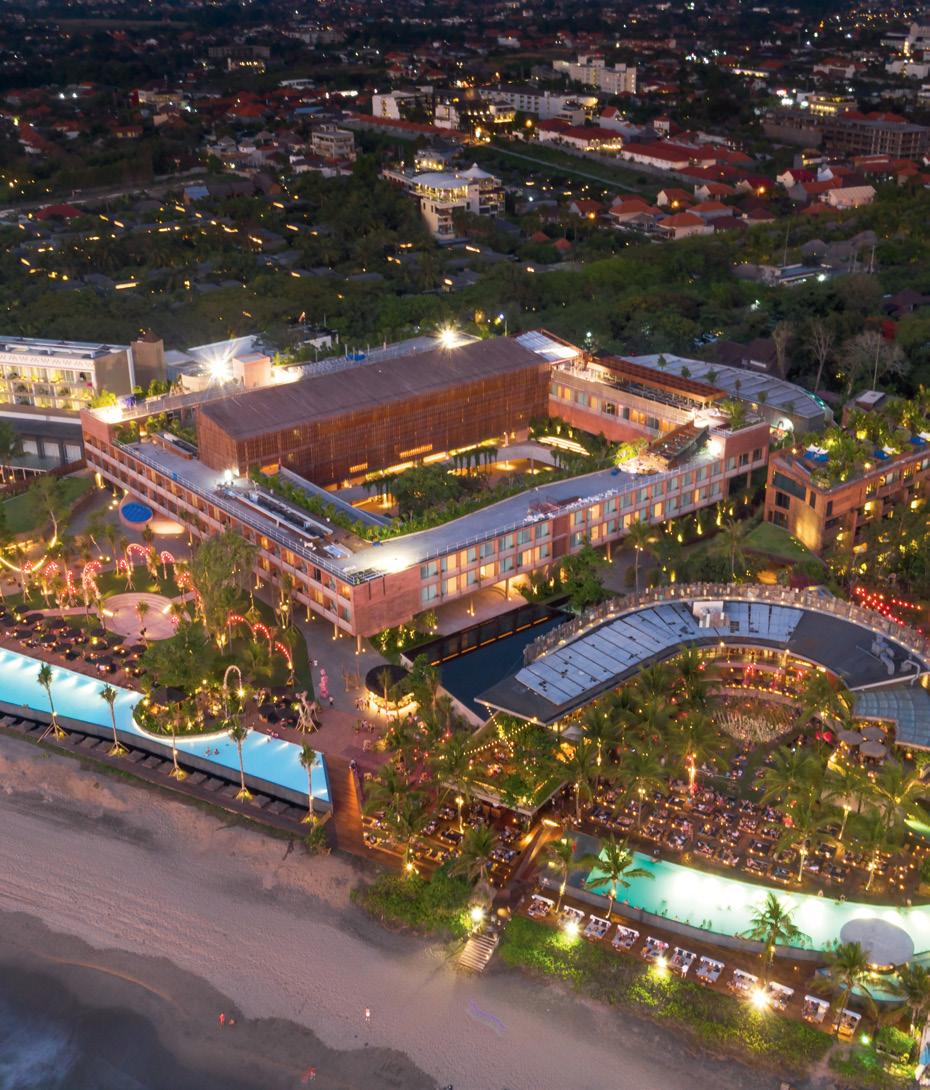



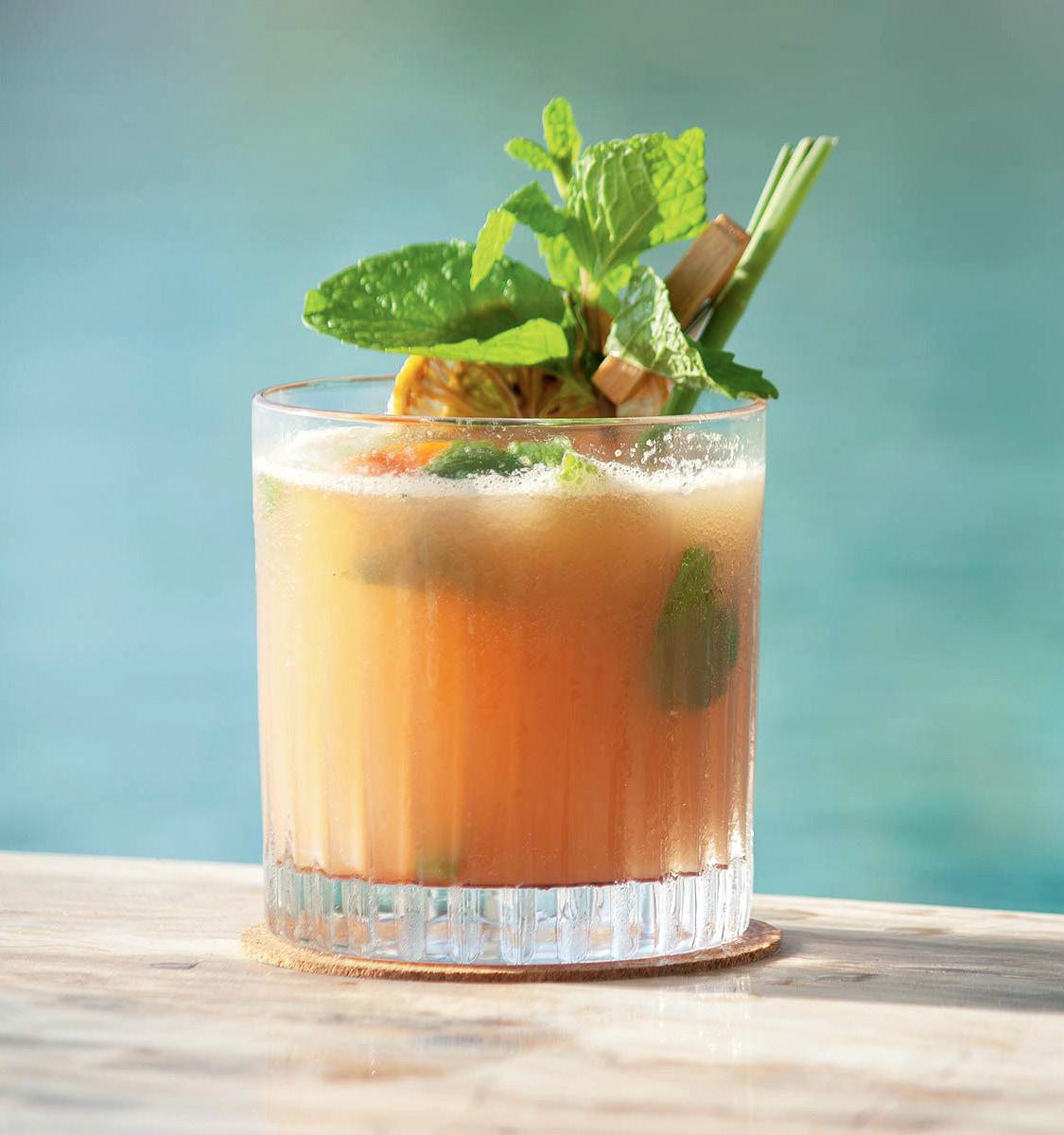


e Maldivian private island resort of Sirru Fen Fushi is surrounded by one of the largest reefs in the Maldives, meaning easy access to the region’s dazzling marine life. Luxury Escapes co-founder, Adam Schwab, nds a very special vacation in paradise.
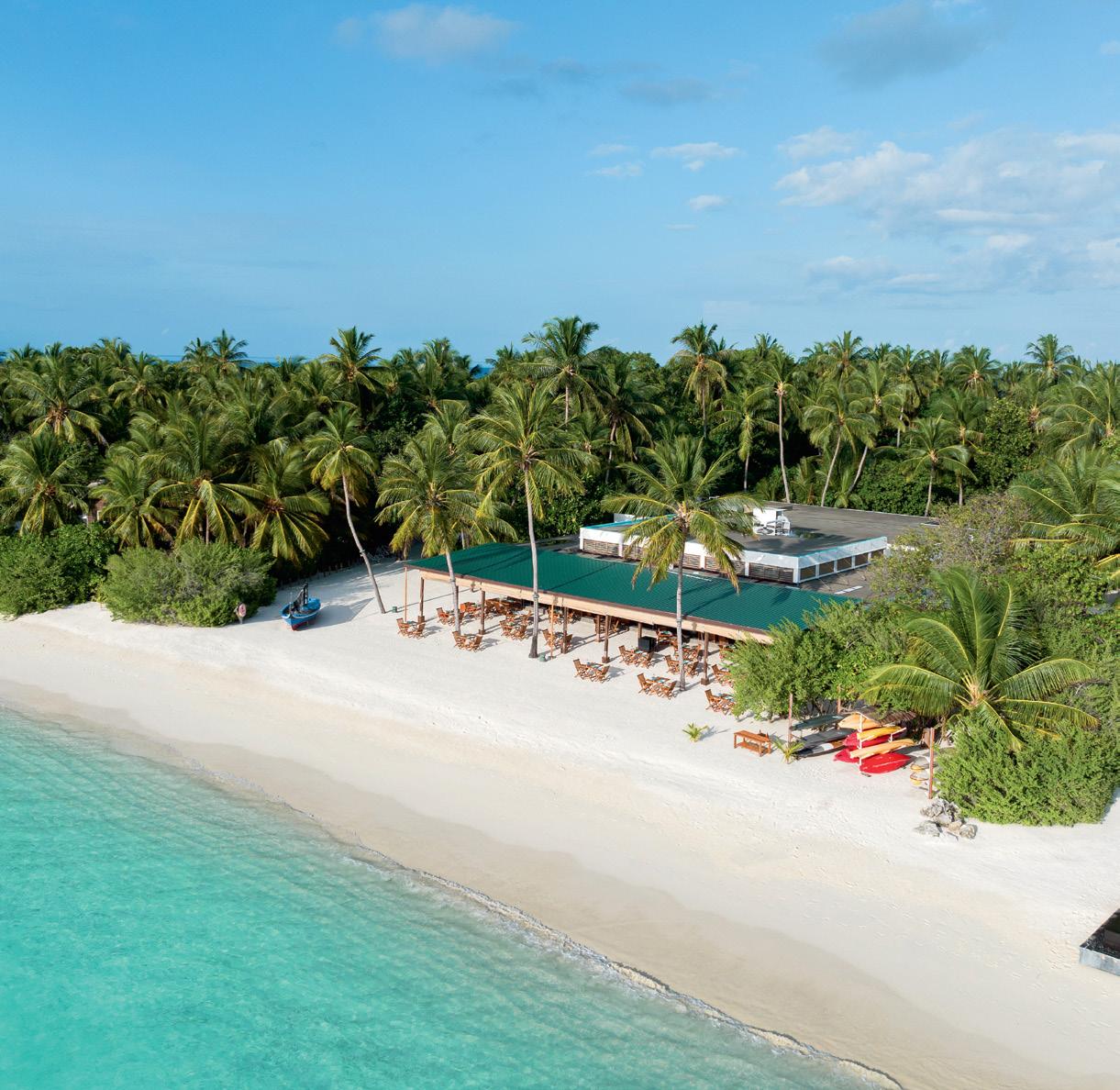
I often get asked where my favourite travel destination is – and my answer is, inevitably, the Maldives. When it comes to luxury, cuisine, climate and service, the Maldives has become the clear global standard in the past 10 years. And there’s no better example than the breathtaking Sirru Fen Fushi, nestled in the pristine Shaviyani Atoll, a cinematic overture to the island’s wonders.
After we arrive at the Maldives main airport, Malé, we are immediately whisked away by private Polestar to the gleaming new seaplane terminal. Finished in 2023, the terminal is dotted with exclusive customer lounges. A few minutes later you’re departing Malé and quickly traversing
an endless array of stunningly turquoise lagoons.
By Maldivian standards, Sirru Fen Fushi is a relatively large island. Previously a Fairmont resort, each of the oversized 120 villas comes with its own private pool. We are staying in one of the Sirru Residences located on the western tip of the island. Our Residence is almost 1,000 square metres (which is significantly larger than our house). It has two massive bedrooms, each replete with a walk-in robe the size of another bedroom, a huge bathroom and an outdoor bath, itself in a massive garden. If you stroll past the private pool you get to your own private beach, which could easily accommodate a friendly soccer game (there are soccer goals on the beach, as if to make a point).

The Sirru Residences can be combined into a private retreat (I’ve been told this is a favourite of Middle Eastern Royals, who place high value on privacy) with your own private chef. A personal butler is standard.
Not needing such privacy, we rotated
our dining at the main four onsite restaurants. The dining at Sirru Fen Fushi was further elevated with the arrival of Chef Girish Sharma in 2024. Girish trained at the threeMichelin-starred Alain Ducasse at The Dorchester in London before taking up residence at two of the Maldives most renowned resorts, Velaa Private Island and JOALI.
There are four main dining outlets: Raha Market, which rotates between a la carte and a comprehensive buffet at dinner (breakfast is a treat, with three live chef stations including the obligatory egg station, Asian, Middle Eastern and onsite baked French pastries). At lunch and dinner the oven produces crisp, thin-crust pizzas that could have come from a Tuscan ristorante.
The overwater Azure offers freshly caught seafood alongside Mediterranean classics and mouthwatering steaks, flown in directly from Australia and the United States. Onu Onu bar delivers cocktails with a side of sea breeze while the acclaimed Kata restaurant overlooking the reef serves Japanese delicacies from tempura prawn and torched wagyu to Maldivian lobster, as well as a laden seafood platter.


The resort recently lured famed general manager Gerhard Stutz, originally an executive chef at the acclaimed Four Seasons. Gerhard recently helmed Soneva Fushi, and has brought an intense focus on dining and guest experience.
The resort has lured a number of celebrity chefs for residences during the 2025/26 high season including Chef Jean-Philippe Blondet, currently Chef Patron of Alain Ducasse at The Dorchester; Chef Valentino Cassanelli, the legendary executive chef at Lux Lucis a Michelin-starred restaurant based in Tuscany, and Chef Tristan Brandt, Germany’s former youngest two-Michelin-starred chef, now leading a global culinary brand with his Miami restaurant earning and retaining a Michelin star.
The all-star culinary team will be joined by world-renowned musicians, headlining Rami Jaffee (Grammy-winning keyboardist of Foo Fighters) and Jessy Greene (formerly of Foo Fighters and Pink) to present Symphony of the Island, an exclusive celebration featuring high-profile collaborations.
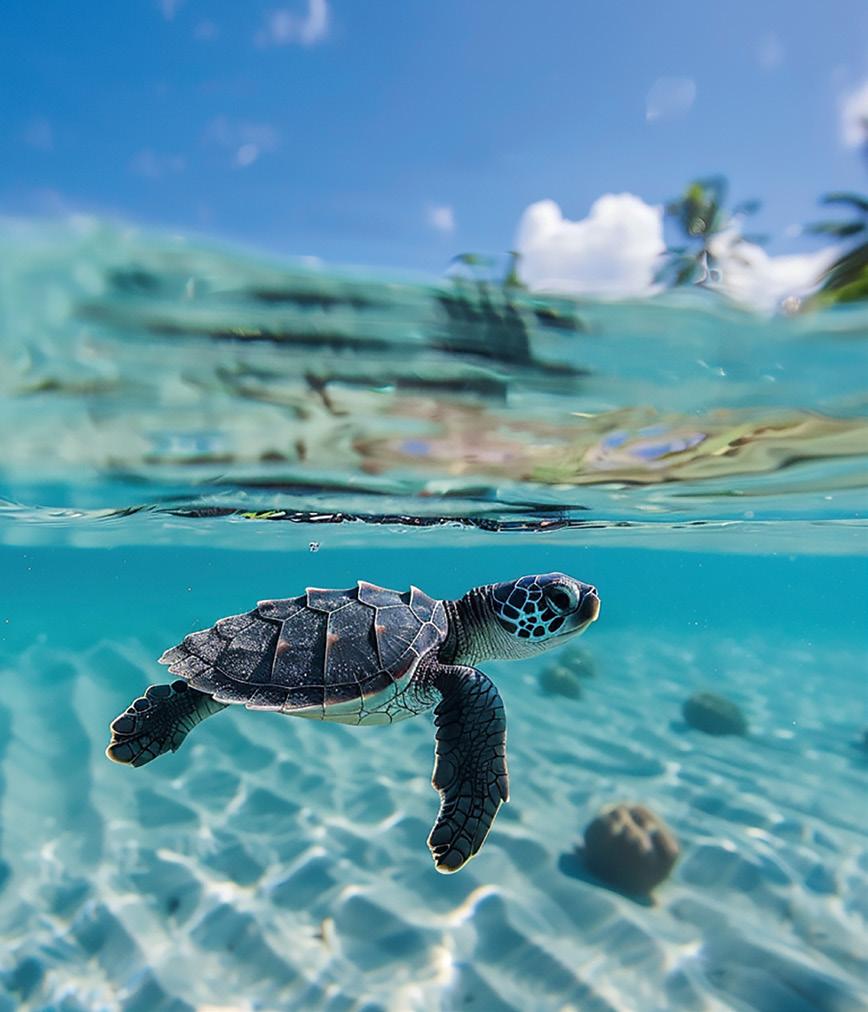
A highlight of Sirru Fen Fushi is the surrounding reef, one of the largest in the Maldives. While visits to most Maldives reefs require a long swim or even a boat ride, a wealth of coral and marine life sits just metres from the resort’s shore. Even in off season, you’re likely to catch a glimpse of turtles, manta ray and even nurse sharks. My 10-year-old son was easily able to navigate the reef, immersed in the huge array of local aquatic life (the in-house dive centre is also able to ferry you to more than 20 local dive sites).
For those less adventurous, the resort has officially the largest swimming pool in the Maldives, more than 200 metres in length (with a dedicated adults-only section), alongside the incredible Arufen spa, with eight treatment rooms and exclusive jacuzzi.
Voted the best family resort in the Maldives, Sirru Fen Fushi caters to both multi-generational extended families and couples alike for a classic Maldivian experience.
Celebrity & Expert Hosts
Designed and hosted by well-known experts who share their passions for a truly unforgettable adventure.


On-the-Ground Research Trips
Our expert hosts undertake dedicated research trips to design each itinerary, ensuring a highly curated journey.
One Departure Only Iconic Itineraries
Each tour has just one departure date, ensuring that every trip is a unique, oncein-a-lifetime experience.
Travellers will enjoy iconic bucket-list experiences, capturing moments that go beyond ordinary travel expectations.
Unmatched Luxury
All hotels and resorts are meticulously handpicked for their exceptional quality, comfort, location, and service.
The first 1 Hotel in Australasia, the Melbourne offering is positioned to bring new life to a hitherto neglected section of the Yarra River with 220 metres of uninterrupted river frontage. The architectural centrepiece is the restored Goods Shed No. 5, Melbourne’s last remaining heritage goods shed from the city’s shipping heyday, along with a heritage-listed crane. Says the brand: “The hotel is also designed to foster connection, creativity, and community, buzzing from day to night with chef-led dining, wellness experiences, and a dynamic lineup of “happenings” from sound baths and DJ sets to zero-waste cocktail workshops.” Sustainability is also a key pillar of the brand.

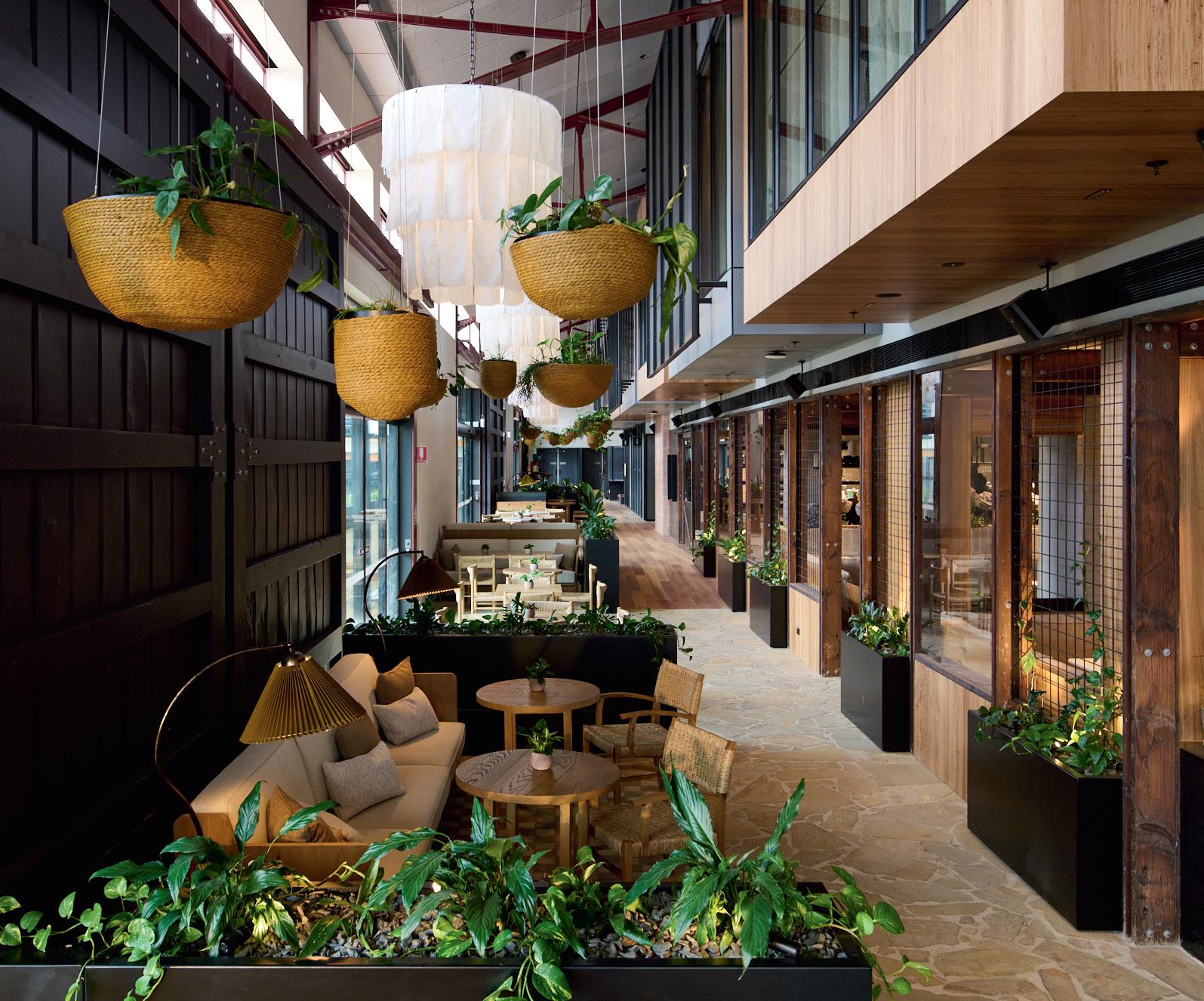
In 1 Hotel Melbourne the passion for sustainability surrounds you from the moment you walk through the doors. NSW-based artist Jamie North’s organic sculpture – representing urban lifestyle and nature – brackets the Farm Table, where guests can grab a fresh piece of fruit on arrival. Above the reception desk is a tapestry by Portuguese-based artist Vanessa Barragão, made of 60 kilograms of textile waste that was headed to
landfill; the wooden desk below it was hewn from a fallen tree found in nearby Flagstaff Gardens. The granite wall to the right is made of offcuts that were also landfill-bound, and to the left is a desk made from bluestone pavers saved from the original precinct. There is also a huge “happenings” board listing everything on during your stay, from food and beverage offerings to a DJ playing in the adjacent bar.
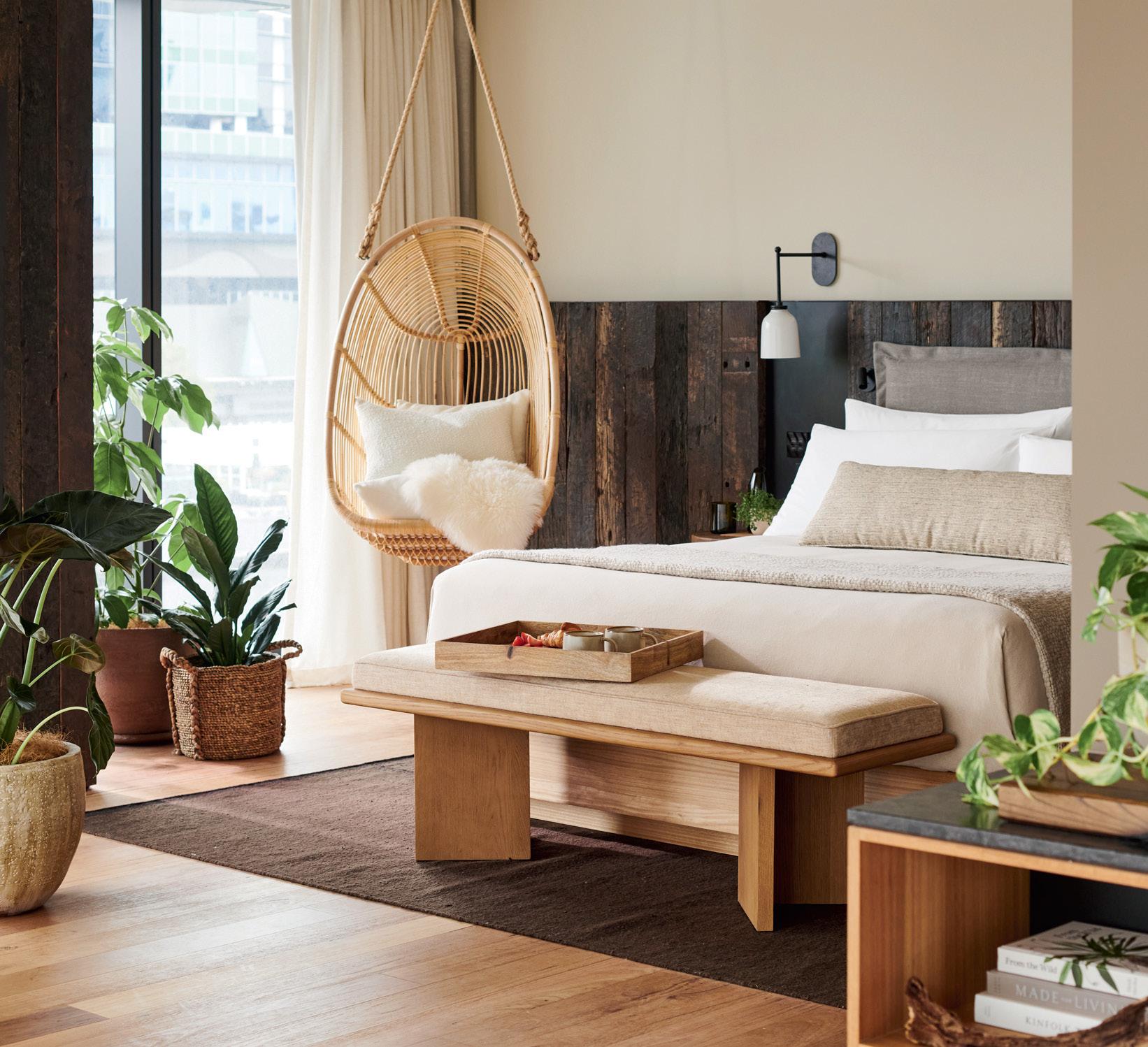
Crane Bar & Lounge takes up the main space in the revivified Goods Shed No. 5 – which was broken down into 2000 pieces, taken away and reassembled – with a DJ set up in the corner and Neighbours cafe, a grab-and-go dining option open by day. The Upstairs lounge is the more grown-up cocktail nook (try the Japanese martini with nori-infused Forty Spotted gin, sushi brine, sesame oil and some freeze-dried kimchi on the side). From Here By Mike is Sydney-based chef Mike McEnearney’s first hotel collab and offers a provenance-led menu that celebrates Victorian purveyors. Highlights might include slow-fermented flatbread topped with almond ricotta and mushroom “XO” or a grilled Port Phillip Bay southern calamari cooked in nduja and its own ink.
The hotel pool area at 1 Hotel is a well-designed haven with lap pool, spa, steam room and sauna, and it’s a kid-free space after 5pm. Next door is the Bamford Wellness Spa with a retail space packed with the Bamford body and skincare ranges that you also find in your room. As a bit of a spa sceptic, I was shocked by just how different my deep-tissue massage was. It was rigorous and intuitive, and quite possibly the best massage I have ever had.
From the dried moss adorning my door to the half-dozen plants around the room (there are over 7000 in the hotel), my River Reserve King feels like a five-star hotel crossed with a treehouse, a vibe enhanced by the rustic throw rugs, plentiful dark wood and earthy tones; you feel greener and more sustainable just standing in your room. 1 Hotel Melbourne really walks the sustainable walk with a filtered water tap and glasses replacing plastic bottles, chalk-and-slate instead of notepads and an in-room dining menu via a QR code burned into a piece of wood. The view is out onto the Yarra and the famous crane.

Melbourne’s new 1 Hotel bangs a very loud drum in the wellness and sustainability space, and it more than delivers, making it one of the most exciting new offerings in the city’s hotel scene.
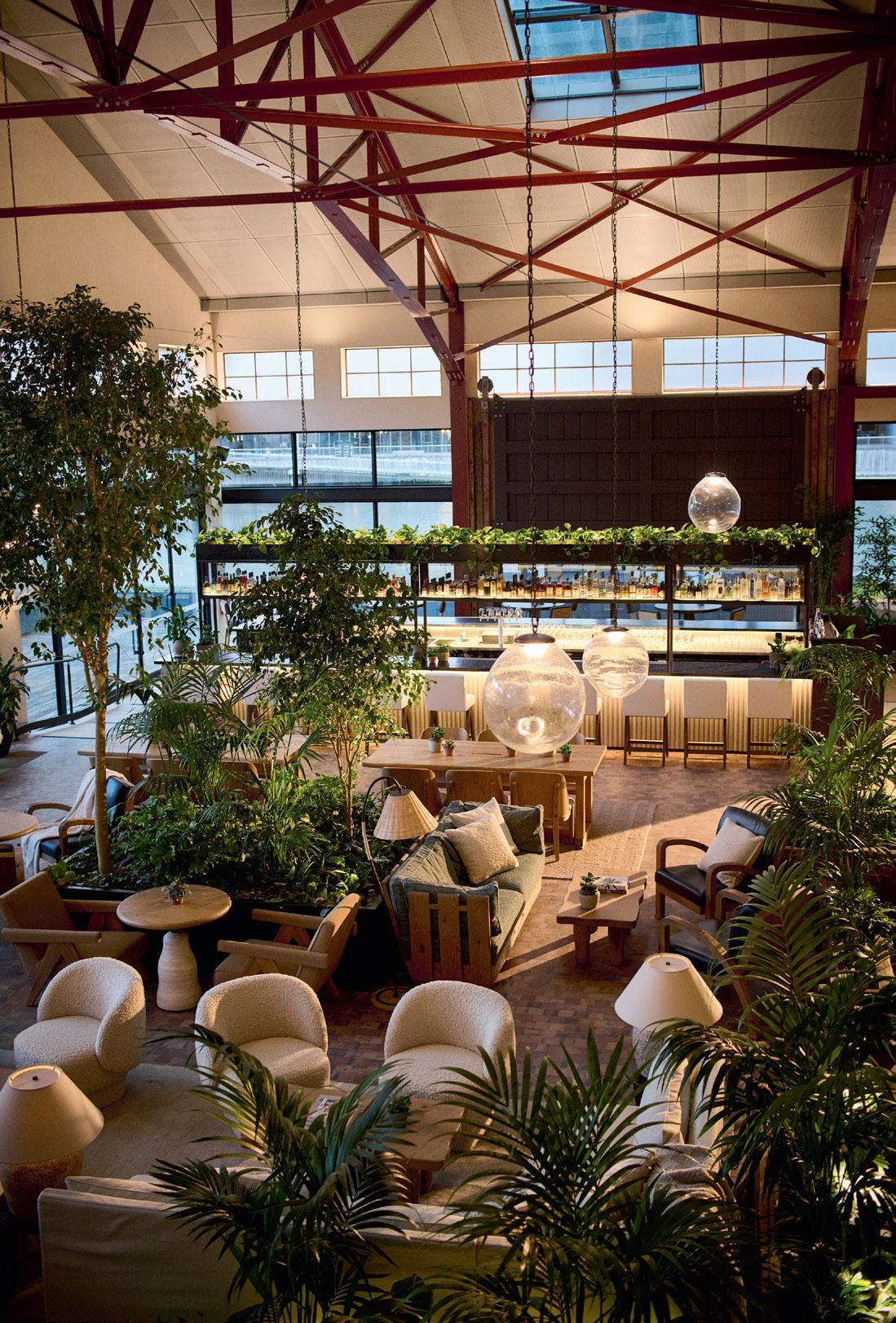
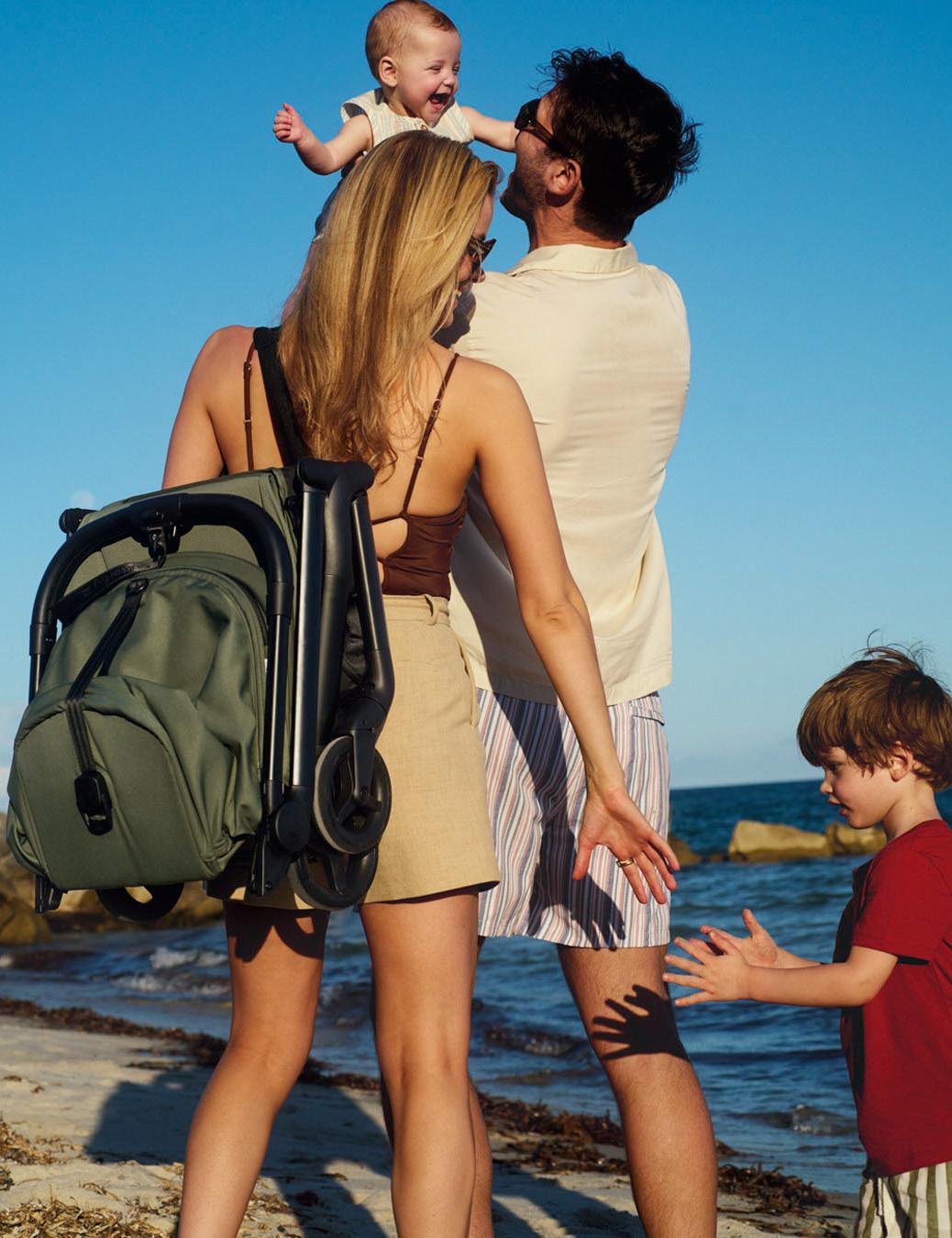
When travellers become parents, the rst thing they promise is that a baby will not a ect future travel plans. And, with the launch of Bugaboo’s Butter y 2 ultra-compact travel pram, taking your young child with you on adventures is easier than ever.

Made for travel as well as comfort, the Bugaboo Butterfly 2 hits the perfect balance of portability, progressive design and sustainability. This pram is made for families on the move with enhanced functionality, including extended recline, one-hand footrest operation, a detachable sun canopy and it looks smart, too, with premium black accents.
Every day is an adventure with a new baby, but there is something extra special about taking them out to explore the wider world with you. It’s about sharing a love of travel, a love of the outdoors, or a love of going to the beach that helps build lasting, loving bonds.

Not only does the new Bugaboo Butterfly 2 fold easily with just one hand, once it is closed it is compatible with International Air Transport Association (IATA) rules for stowing in a plane’s overhead compartment. The pram weighs just 7.3 kg , so it is light enough to lift overhead by yourself. Fast, compact and ready to take to the skies.
Whether you are hitting the streets in a new city, exploring where you live or taking off on a hike in nature, the Butterfly 2 pram has larger wheels (front 14cm, rear 15.2cm) with full suspension that offers better manoeuvrability, grip, and resistance in a wide range of conditions. Made with durable material and tested to travel over 4,000 kms without showing much wear and tear, this is the pram you need if you are an adventurous family who love living life on the road.
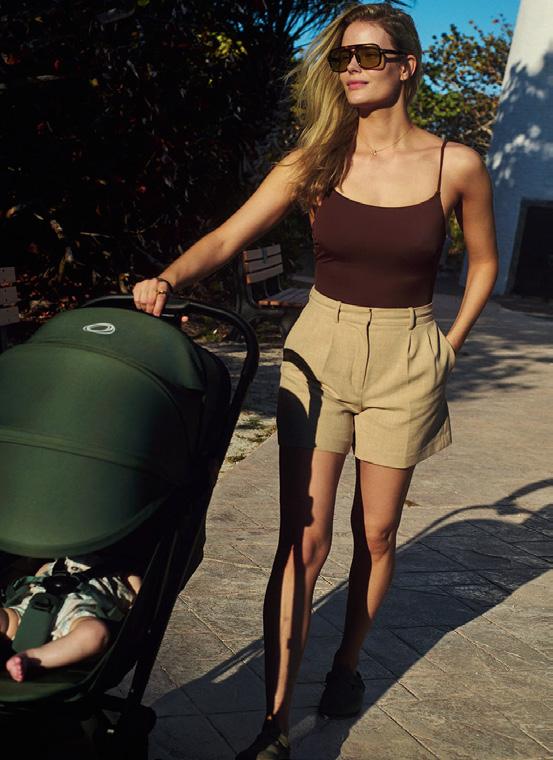

Your child will be cared for better than a first-class airline passenger with an ergonomic seat with a 148° relaxed recline (making it suitable from newborn) and fully upright seat angles. You can also adjust the integrated footrest with one hand to get the perfect angle for your precious cargo. Parents benefit from features like convenient backseat pocket, one-hand adjustable footrest, new detachable sun canopy with a peek-a-boo window, and extra-padded harness, every detail is crafted for comfort on the go.
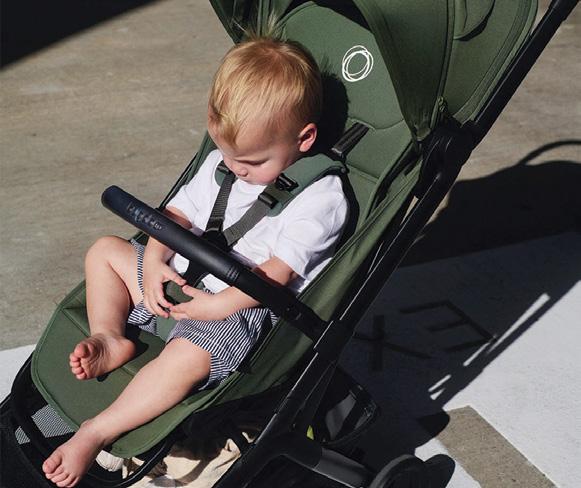
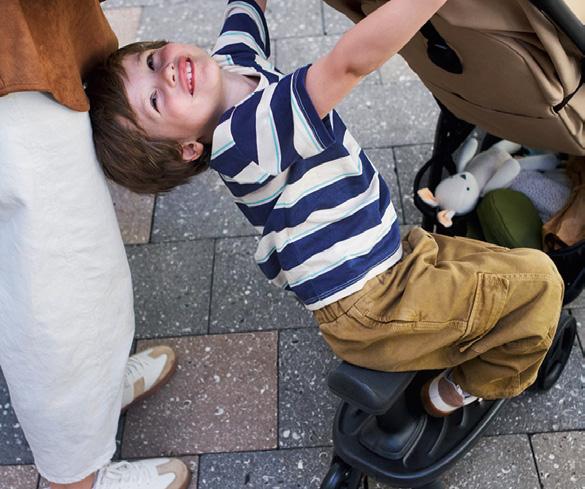
It is important to Bugaboo that their prams are not only convenient but that they conserve the planet for the next generation of travellers. The Bugaboo Butterfly 2 features tubes made from 60 per cent recycled aluminum. The engineering plastic components are made from PFASfree plastics, derived from renewable biological sources, significantly reducing the environmental impact compared to conventional plastics. The Butterfly 2 achieves a 37 per cent reduction in CO2 footprint compared to its predecessor, supporting Bugaboo’s Push to Zero strategy to reach net-zero CO2 emissions by 2035.
Bugaboo Butterfly 2 is made for explorers. It is the perfect pram for introducing your child to the joys of travel while making sure that both you and your child are not sacrificing comfort. The new Butterfly 2 has also recently been awarded the prestigious Red Dot: Best of the Best Design Award 2025, for blending Dutch design excellence with practical features tailored to modern Australian lifestyles.

since 1999.
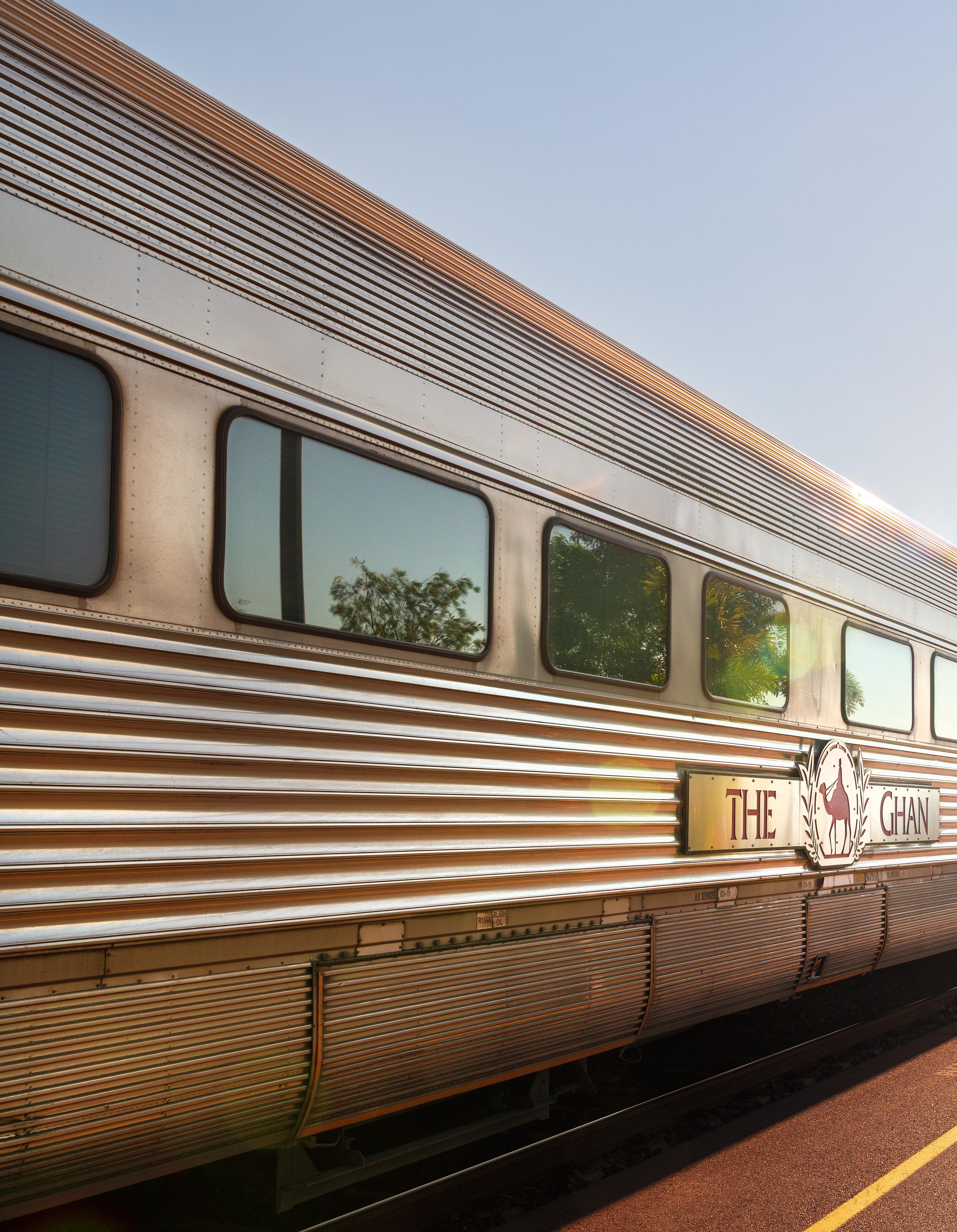


Long-isolated deep in the Paci c, New Zealand’s seclusion has only intensi ed its strengths: natural wonders, remarkable wildlife and a distinctive culture and identity. You can cruise pristine fjords, walk atop glaciers and zipline through ancient forests without even scratching the surface of what awaits in the wild.
If outdoor experiences are New Zealand’s bread and butter, Māori culture is its heart and soul. Its rich Indigenous history is on full display wherever you explore, while its diversity also leaks powerfully into the fabric of this country. It’s helped
New Zealand become a rising star in the world of gastronomy, with a growing swarm of experimental eateries pushing the scene forward in unexpected ways.
From bungees, beaches and breweries to hot springs, heli-hikes
and hobbits, this is a vibrant country not afraid to embrace its unique and quirky wonders. Aotearoa – the Land of the Long White Cloud – will leave you feeling like you’re floating among them.
Here is our insider guide to the perfect New Zealand escape.
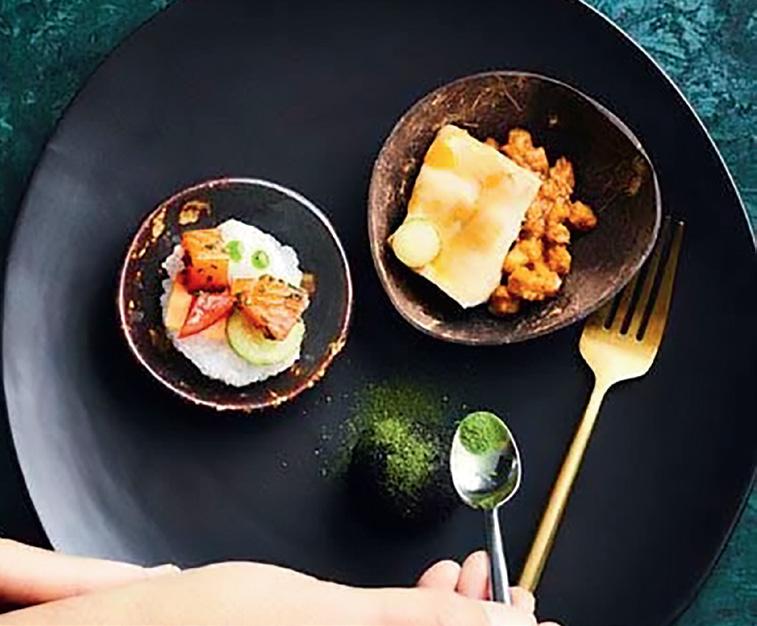
Chef Henry Onesemo plates up exquisite modern Samoan dishes with an experimental touch, such as umu chicken, spatchcocked and roasted in banana leaves, and nostalgic raw ramen. The sleek interior is balanced by the blazing heart of the restaurant, its openfire umu oven producing smokey goodness that has turned heads in the Auckland scene.


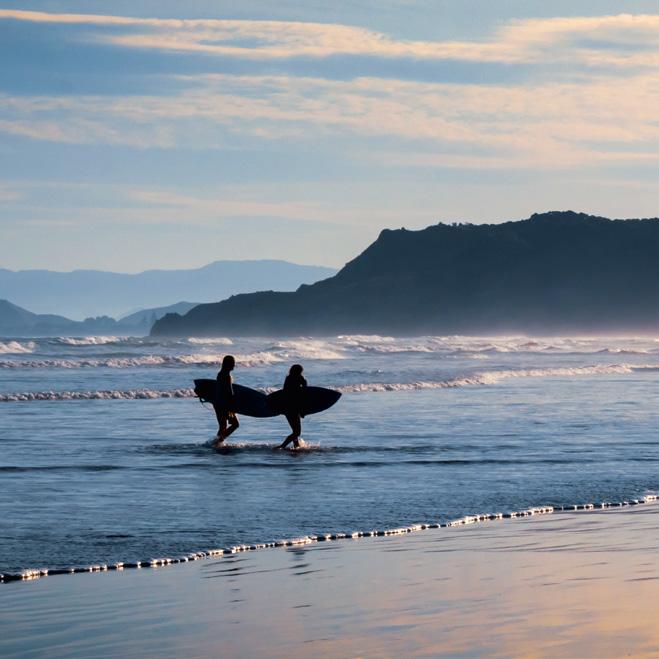
New Zealand’s unique geography means the country has cooler climates than its often-baking neighbours. Yet summer is perfectly toasty, for days enjoying white-water rafting, kayaking and surfing. Long daylight hours maximise each day of adventure as the afternoon spills into evening rooftop cocktails and beachside bites. February 6 is of particular importance, celebrating New Zealand’s National Day, Waitangi Day, with a multitude of events.
Game-changing cocktails and moreish Japanese bites are set to the soundtrack of a vinyl’s distinct crackle and pop at this lowlit, high-end record bar in Auckland. Whisky headlines, especially in the Kemuri cocktail with three whiskies, tamari, brown sugar shochu, black walnut bitters and chocolate, inspired by Kyoto’s candied apples.
Chef Vaughan Mabee has driven this prestigious restaurant’s journey to three hats, developing inspiring dishes bursting with Central Otago flavours and plated to fine-art perfection. Match each dish – maybe wild boar snout or titi (muttonbird) roasted with wild honey and seaweed – with world-class wine from the property’s vineyard.

Festivals are bursting at the seams in lively autumn, from Auckland’s bustling Pasifika Festival, celebrating Pacific Islands culture, to the diverse musical and artistic offerings of WOMAD Aotearoa in the Taranaki region. Pristine weather also signals the perfect time to winery hop, bouncing across the iconic Central Otago and Marlborough wine regions to indulge in their world-renowned produce, with unforgettable meals and tastings nestled among fiery autumn leaves.
This Auckland icon celebrates the best Kiwi produce, with unpretentious fine dining and homely comfort favoured over pomp. Discover delectable dishes using the freshest ingredients, from wild-shot deer and just-shucked oysters to smoky duck breast and lamb loin, paired with organic vegetables grown in Ahi.’s own garden.
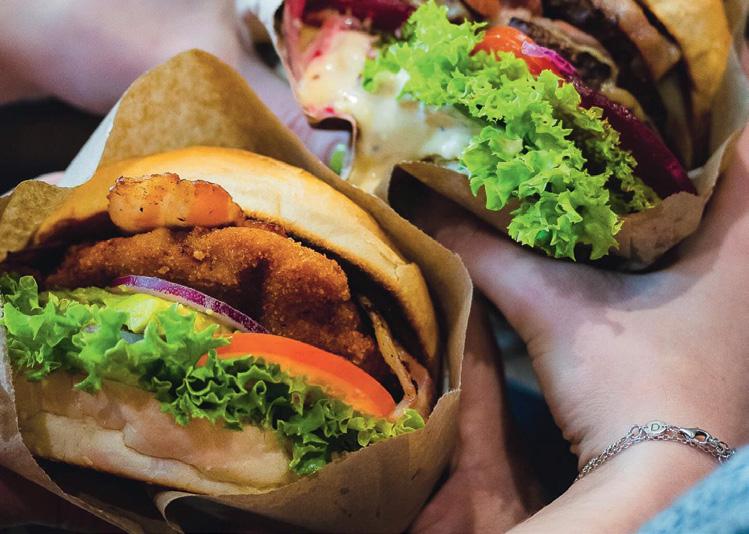
There’s a reason this burger joint with snaking lines has become a household name and one of the most sought-after Queenstown meals. Its mouthwatering burgers are among the world’s best, and their success has seen the business expand into the bakery and bar scenes. This cheat meal is worth it.
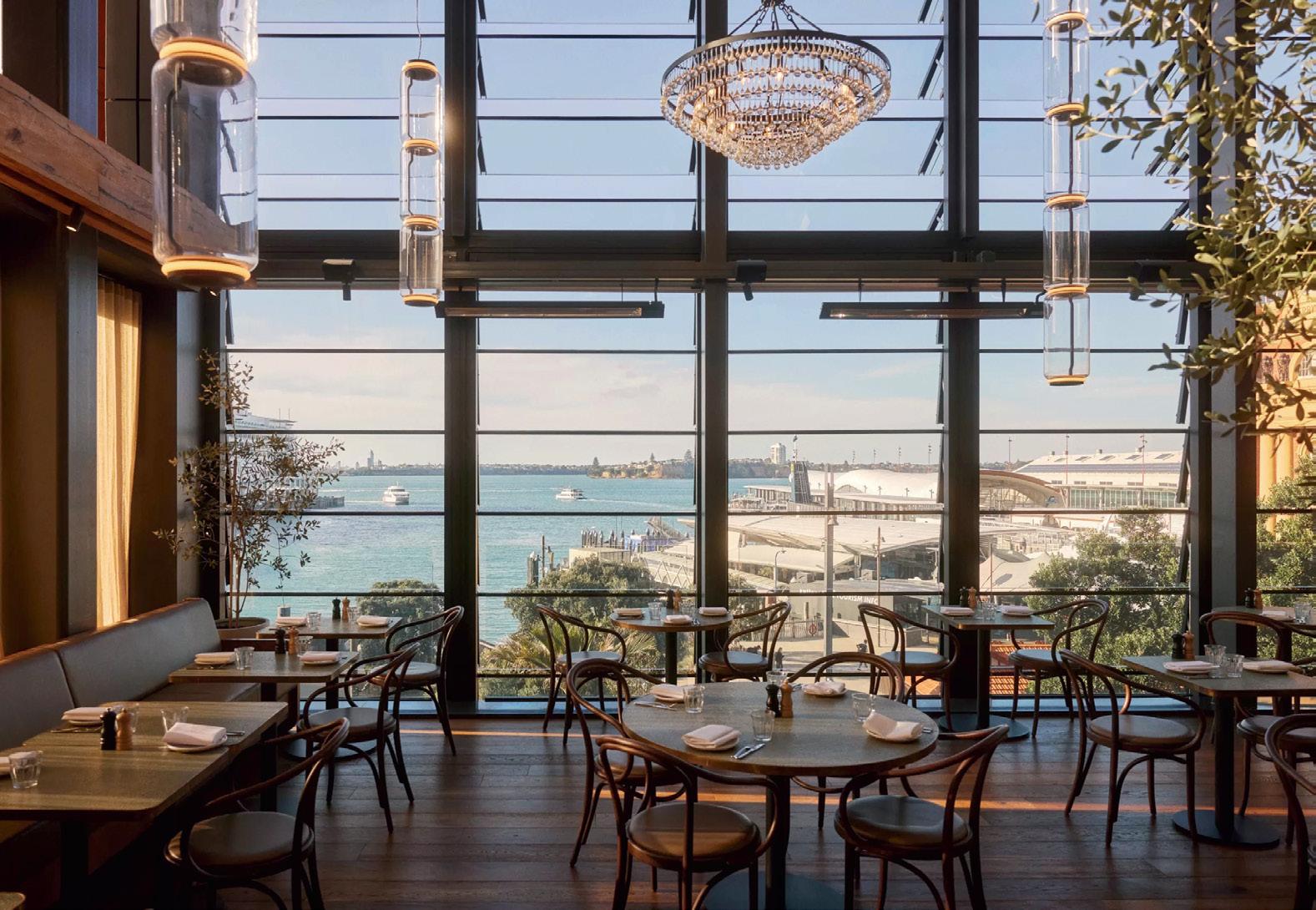

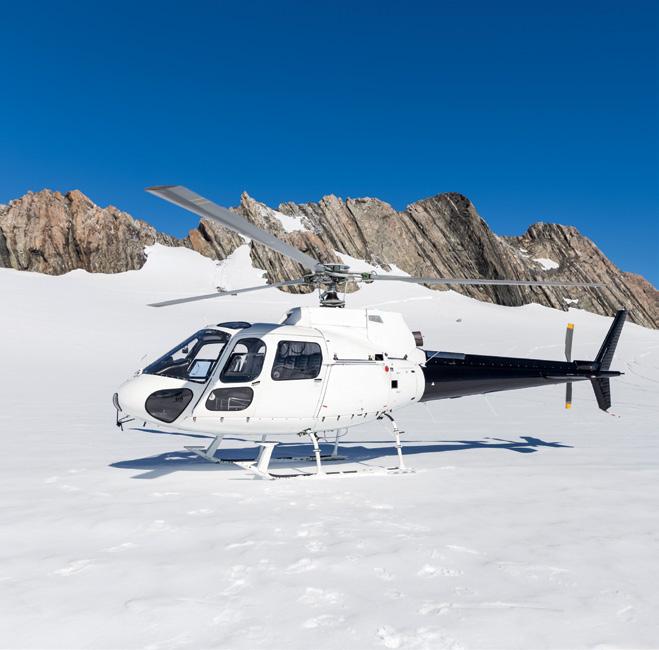
Winter means snow season, and the nation is dotted with world-leading ski resorts and cushion-soft powder. You might even fancy a helicopter flight or guided ice walk at the towering Franz Josef Glacier. It’s the best time of year to scan the ocean’s surface for humpback and sperm whales, among others, as the gentle giants return on migration to warmer waters. And if you’re into sport, you’re in the depths of rugby, netball and local football seasons.
Few venues boast a better view than the one at this tucked-away lodge. Delight in a winepaired tasting menu including local lamb rump and snapper carpaccio with rhubarb, saffron carrot and caviar, all as Lake Wakatipu laps the shore.

Cities and landscapes come alive with colour in spring. There’s no better time to admire the sights and smells of native and international flora, from dazzling wild lakeside lupins in the south and Hagley Park’s famous cherry blossoms in Christchurch, to the beautifully manicured Hamilton Gardens and lush forests of Te Urewara. Drive past spring lambs hopping about rolling fields and maybe catch a glimpse of kiwi chicks at the National Kiwi Hatchery.
Sleek, sustainable, striking; this highly decorated hotel is the epitome of sophistication. The design elements of this property are all meaningful, from the staff uniform buttons carved from shells and nuts to the recycled-glass chandeliers. Ranked 23rd in The Telegraph’s The 50 Best Hotels in the World 2024, this is one fine stay.
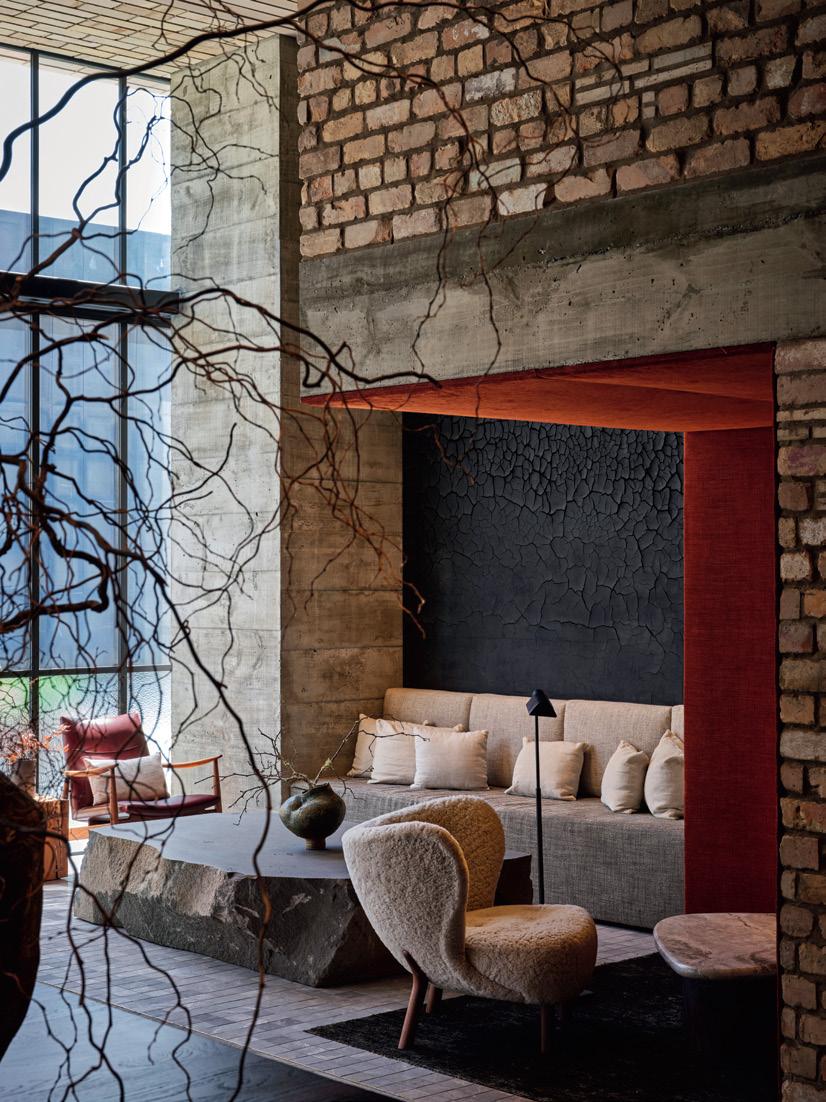
Lush gardens, cosy nooks and the soothing trickle of the Waikato River await at this renowned luxury lodge. A NZ$25 million renovation in 2024 only enhanced its glittering reputation, pairing an expanded dining room with a spanking-new wellness zone. Huka Lodge sings riverside serenity at its best.

Inside, the warm fireplace beckons. Outside lies scenery fit for a classical painting. Take an indoor or outdoor dip, pop to one of three private beaches, sneak in a round of golf or delve into the vast property’s rich Māori heritage on a guided tour. It’s a Bay of Islands celebration.
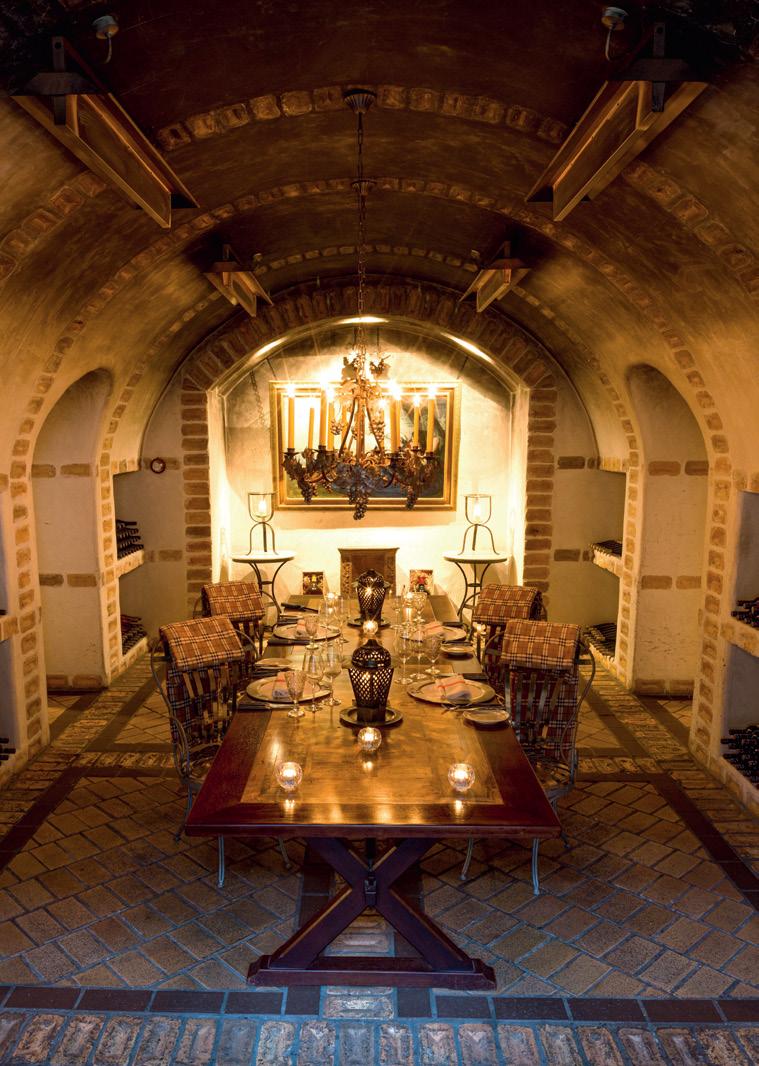

Perched atop the towering cliffs that frame the jaw-dropping Hawke’s Bay coastline, this icon is the beating heart of a 6000-acre property of rolling North Island hills. A world-class golf course with world-class views, sublime farm-to-table dining, an opulent spa and homely accommodation are just the tip of the iceberg.

New Zealand’s natural beauty and outdoor adventures are its pride and joy. Aoraki Mount Cook, Milford Sound Piopiotahi and the Bay of Islands are just the start. Beaches, volcanoes, rainforests, glaciers, plains, hot springs and caves dotted with Milky Way-like glowworm ceilings – you name it, New Zealand has it.
The isolated country’s diverse environments are home to unique fauna and flora, particularly its endemic birdlife. The flightless kiwi is a national treasure, while other species including the kea, kākāpō and takahē are also of vital importance to culture and conservation. You can try to catch a glimpse of these special creatures on an adventure into the wild or ,if you’re after a more comfortable experience, perhaps visit the Auckland Zoo or Queenstown’s Kiwi Park.


Since seafaring Polynesians landed in Aotearoa and in the time since, Māori culture has only strengthened in adversity, and is now rightfully enjoying greater nationwide representation through language, ritual and return of Indigenous sites and names. You can explore the Waitangi Treaty Grounds, the nation’s most poignant and important cultural site, where modern New Zealand was born when Māori chiefs and British Crown representatives signed the historic treaty on February 6, 1840.
New Zealand’s national museum, Te Papa in Wellington, also provides a fascinating insight into the country’s rich Māori culture, while you can further embrace the culture through kai (Māori cuisine), feasting on a hearty hāngī meal –prepared in underground ovens.
Opened this September, ROKI Collection Queenstown is the in-demand new kid on the block in Queenstown’s luxury hotel scene. At this architectural marvel you can find staggering views from every vantage point, a pristine spa, refined and elegant suites, and peerless fine dining that reflects the South Island’s haunting beauty.
Magnificent wining and dining and a tranquil spa – former winner of the World Spa Awards’ New Zealand’s Best Resort Spa for each of the last five years – take centre stage in this stylish haven. The setting overlooks the Gibbston Valley vineyards, snow-capped peaks and the snaking Kawarau River.

Aotearoa New Zealand to some, Middleearth to others. This spectacular country was the magnificent stage chosen to represent J.R.R. Tolkien’s legendary fantasy world in Peter Jackson’s awardwinning Lord of the Rings and The Hobbit film adaptations. The movies put New Zealand in the spotlight, and tourism spiked. At some stages in the midnoughties, the original trilogy was partially or fully responsible for one in five visitors to New Zealand.
There are endless ways to take a deep dive into Middle-earth, from guided tours at Wellington’s world-leading visual effects company Wētā Workshop, to tours and feasts at the Hobbiton Movie Set and quests discovering spectacular filming locations across both the North and South Islands.
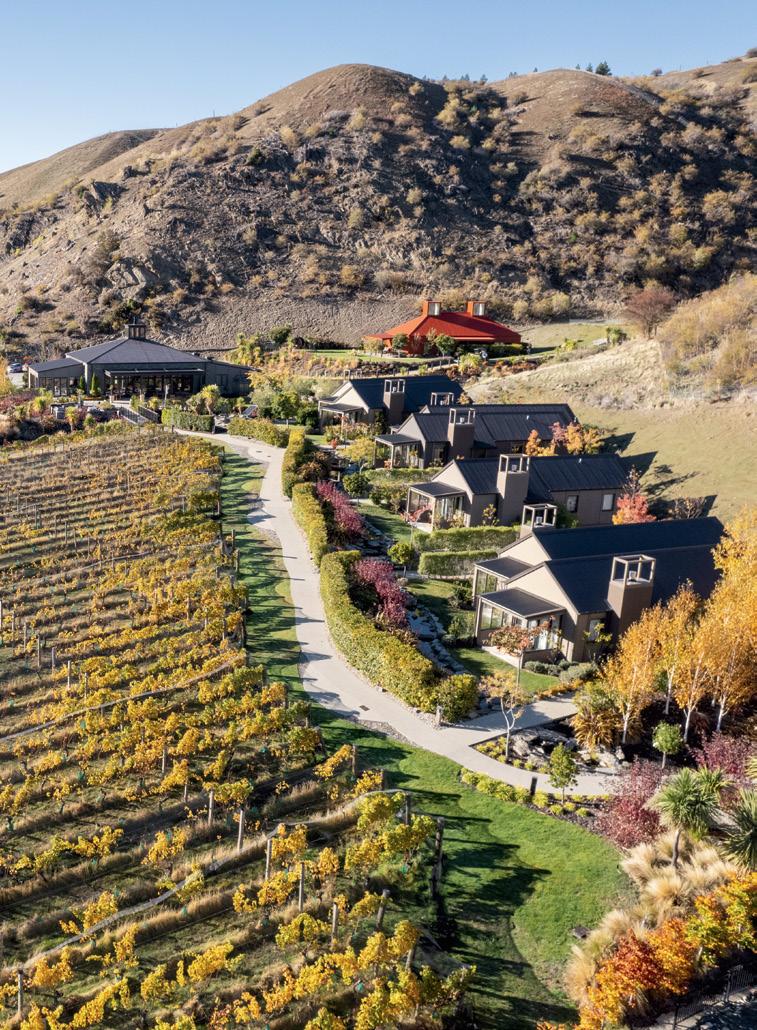
No Kiwi bucket list is complete without a peaceful voyage along the glass-like waters of Milford Sound/Piopiotahi. Behold the towering cliffs that enclose this magical spot, admire playful fur seals and come face-to-face with the awe-inspiring waterfalls that tumble into the fjord.

Kiwi A. J. Hackett popularised the modern bungee jump and New Zealand has since become a mecca for adrenaline junkies. Join in the fun at the world-famous Nevis Bungy jump near Queenstown. This is big-league stuff – with a height of 134 metres, it offers a spine-tingling 8.5-second freefall for those daring to take the plunge.

Standing 328 metres tall, Sky Tower is the second tallest freestanding building in the Southern Hemisphere and an icon of Auckland’s skyline. It offers unmatched views and a range of experiences, from observation decks and 360-degree-view dining to hair-raising SkyWalk and SkyJump experiences.
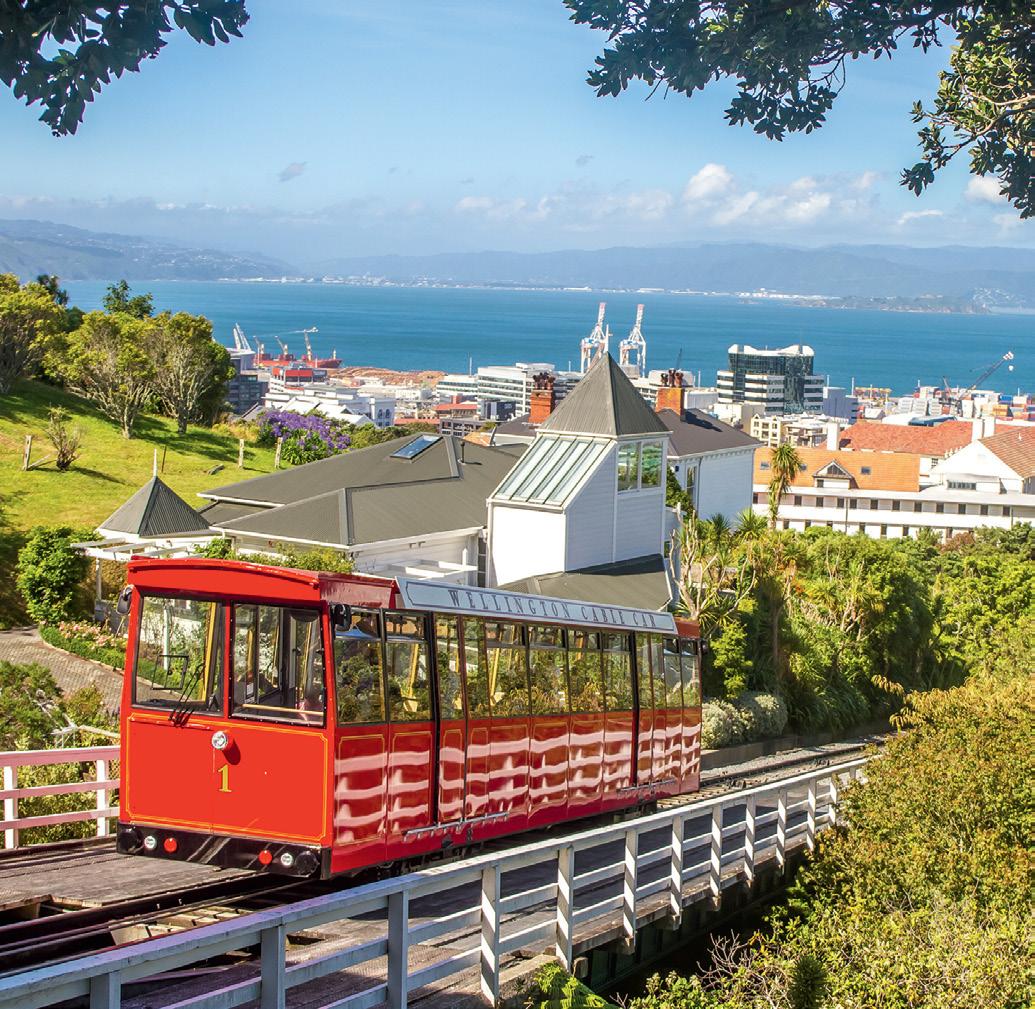
New Zealand will never leave you or the kids bored. Remove language barriers, then add convenient transport, safe streets and warm hospitality, and you get a destination primed for family exploration.
You’re never further than 120km from the ocean, and with the ninth-longest coastline of any nation, the diversity of the beaches is matched only by their beauty. Striking rock formations are found across New Zealand’s coast, with Motukiekie Beach, Castlepoint Beach, Moeraki, Wharariki Beach, Tongapōrutu and Cathedral Cove sure to inspire all generations.
Piha Beach, Shipwreck Bay and Raglan’s iconic Manu Bay are among your go-to surfing spots, and if you’ve got little ones, the pleasant waters of Mount Maunganui and Hahei Beach and even the lake beaches of Wānaka are perfect for a safe, fun day out.
Other outdoor activities are bountiful, such as ziplining and canopy walks through ancient rainforests, zorbing down rolling hills, horse riding, and taking to the slopes when the air grows crisp and the mountains turn white.
Back in civilisation, the Wellington Cable Car in the hilly capital is a delight, while the whole family can enjoy a fun day out at Auckland’s Rainbow’s End, New Zealand’s largest theme park, with high-octane thrillers down to pleasant chillers assuring day-long entertainment for all ages.
Nowhere is a national sporting team so synonymous with its country as in New Zealand with its beloved All Blacks. Catch the Kiwi Rugby Union side live if you can, but if timing isn’t in your favour, discover what it takes to be in the team with an interactive All Blacks Experience in Auckland.
The International Antarctic Centre in Christchurch is a drawcard for young and old, with a range of attractions including an immersive Antarctic storm, rides on an allterrain Hägglunds, and meetings with its adorable little penguins and resident huskies.

In few places can you stare deeper into the reaches of space than New Zealand. Almost entirely devoid of light pollution, the vast Aoraki Mackenzie International Dark Sky Reserve allows stargazing you need to see to believe. The Southern Lights also frequent the skies here, with dazzling pink and green brushstrokes fanning across the dark canvas.

The Wai-O-Tapu Thermal Wonderland lies just outside Rotorua and is literally bursting with natural geothermal attractions. Set out on your choice of walking tracks across the site, strolling to the multi-coloured, otherworldly Champagne Pool, and the Lady Knox Geyser, which erupts daily at 10.15am, shooting water up to 20 metres high.
Proudly known as the Edinburgh of the South, Dunedin (Scottish Gaelic for "Edinburgh") is an underrated jewel. Admire the magnificent 19thcentury architecture forged by Scottish settlers and dine on haggis washed down with a wee dram of whisky in this historic city that truly celebrates its bonny heritage.
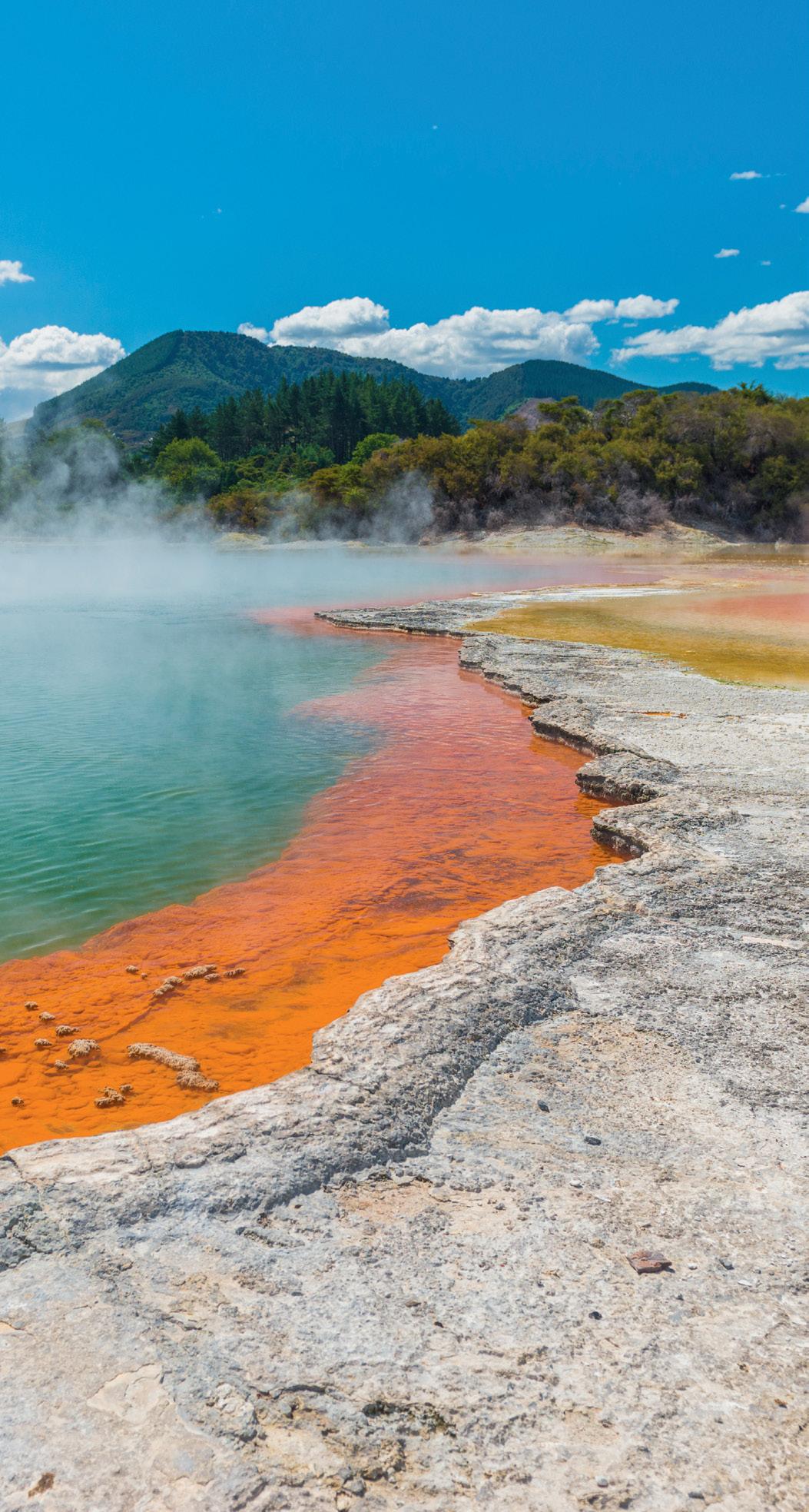
With a population teetering just over 5.2 million people, New Zealand punches well above its weight when it comes to all manner of sports.
This sporting prowess was on display at the 2024 Summer Olympics in Paris, when Kiwis returned home with a staggering number of prizes. The Oympic team won 20 medals, including 10 golds, placing it 11th in the medal table and fourth for medals per capita (behind the tiny Caribbean nations of Grenada, Dominica and St Lucia).
New Zealand’s undisputed sporting heroes are the iconic All Blacks, who have won three Rugby World Cups and are considered the sport’s most successful team with a win rate of over 76 per cent.
Among many more achievements, New Zealand has also won five Netball World Cups, claimed cricket’s inaugural World Test Championship and the 2000 Women’s World Cup, bred 42 winning horses in the Melbourne Cup, and sailed to victory five times in coveted America’s
Cups (including the last three on the bounce).
The country’s healthily competitive, sibling-like rivalry with Australia has only driven its sporting exploits forward. New Zealand is represented by teams in Australia’s national soccer, rugby and basketball leagues, and has five teams in the multi-nation Super Rugby competition. Its broad love for NRL club the New Zealand Warriors is particularly widespread, with the team becoming a symbol of Kiwi pride and culture.
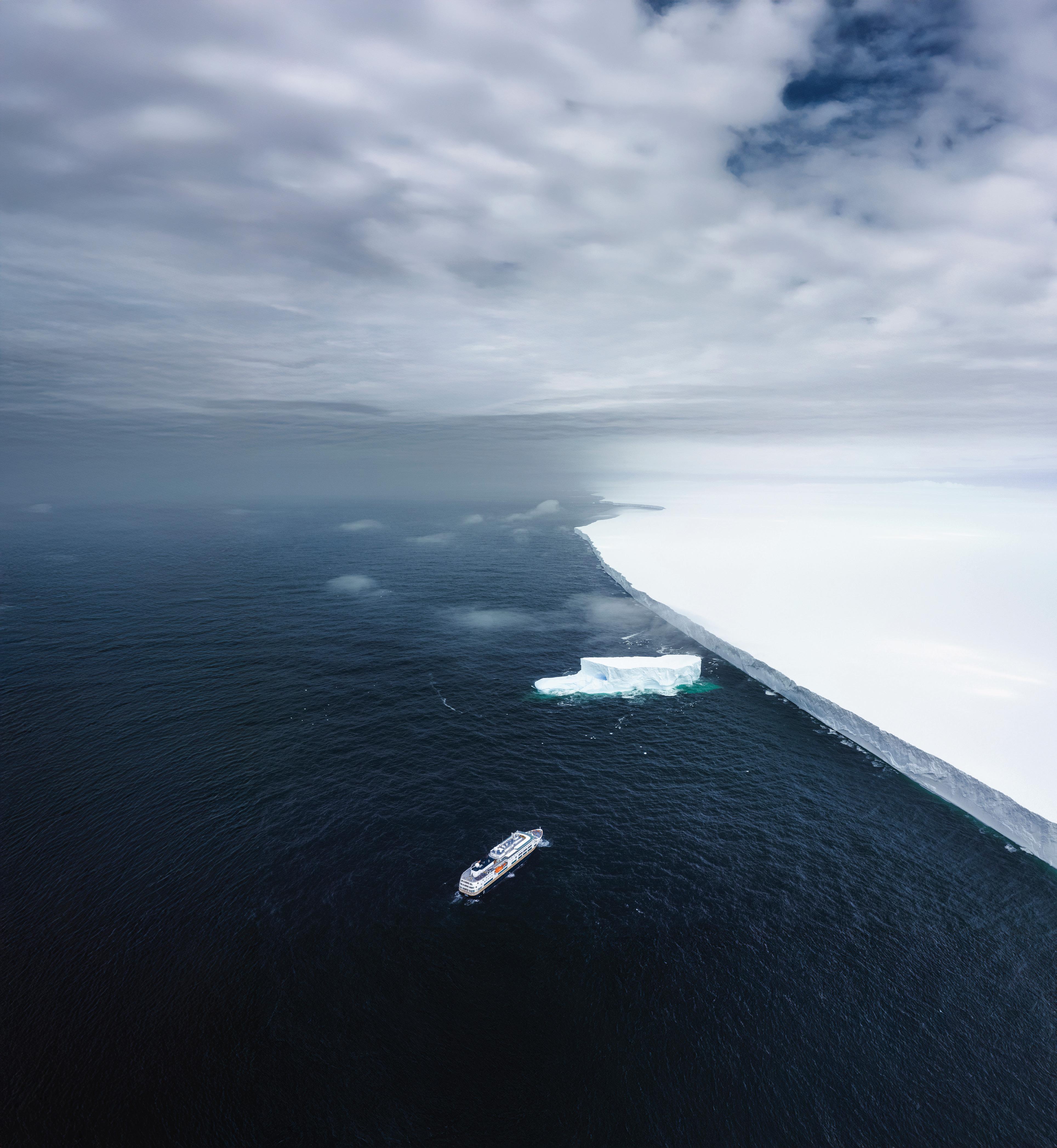
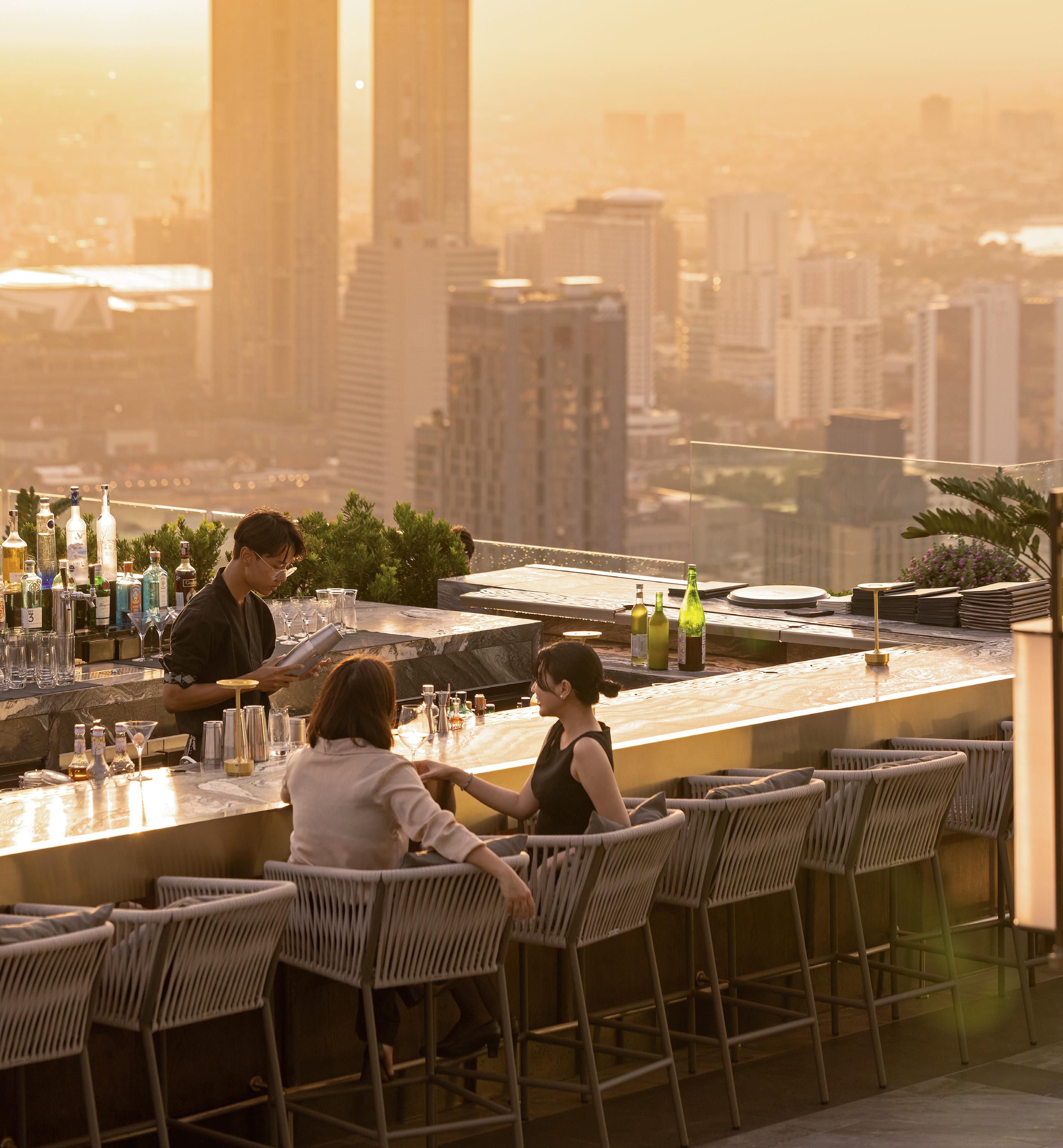
84
Bangkok is raising the bar when it comes to rooftop drinking and dining.
90


Rooftop party spots, the world’s highest Nobu, new luxury hotels and the top-ranked restaurant in the whole of Asia: Bangkok is booming. Ron Gluckman chronicles how the city’s food and hotel scene is reaching for the stars.
At sky-high Empire Tower the sunset vibes are electric and contagious: DJs spin tunes, terraces pack for photos and spectacular food is served in the world’s most elevated fine-dining food court.
This space on the 58th floor overlooks a thicket of high-rises in Bangkok stretching to the Chao Phraya River and is home to the world’s highest Nobu as well as Le Du Kaan, the newest restaurant from superstar Thai chef “Ton” Thitid Tassanakajohn. This is a bigger, bolder version of Chef Ton’s Le Du, which topped Asia’s 50 Best Restaurants list in 2023. This tower of culinary power also boasts more flashy fine dining with K by Vicky Cheng (famed for Hong Kong’s VEA and Wing) and Sartoria by multiple Michelinstarred chef Paulo Airaudo.
A short walk away, special gold elevators whisk diners to another high-flying food paradise near King Power Mahanakhon, which showcases Ojo from celebrated Guadalajara chef Francisco “Paco” Ruano, the best modern Mexican in Southeast Asia, on its top floors, and exquisite Chinese at Mott 32 – all inside the flagship Standard Hotel. Mahanakhon is Bangkok’s secondtallest building, but the most iconic: a pixelated-looking skyscraper. On the roof is
a glass Skywalk, an observation deck with the highest views over the city, plus the tallest rooftop bar in Bangkok; the Thai capital boasts more of them than anywhere in the world.
“Bangkok has totally transformed,” Ton tells me at sunset on his Empire Tower veranda 2,227 metres in the sky. A Bangkok native, he worked in New York at Michelinstarred restaurants Eleven Madison Park and Jean Georges. “You see places like this in cities like New York,” he says, as Thai couples pose in gilded light bathing terrace gardens. “Bangkok has changed tremendously in recent years,” he adds. “Places like this really put Bangkok on the map.”
Most of Bangkok’s new food and beverage has appeared over the last 5–10 years, when this long-popular tourist city began a jump that has since made it the world’s most visited city, attracting 34 million international visitors last year. Thai excitement accelerated with the frenzy over The White Lotus, which recently aired the third season of the smash travel series, filmed in Thailand. It’s clearly Thai prime time: visitors are staying longer, feasting in one of the world’s hottest food cities, partying harder, and higher, in Bangkok than ever before.

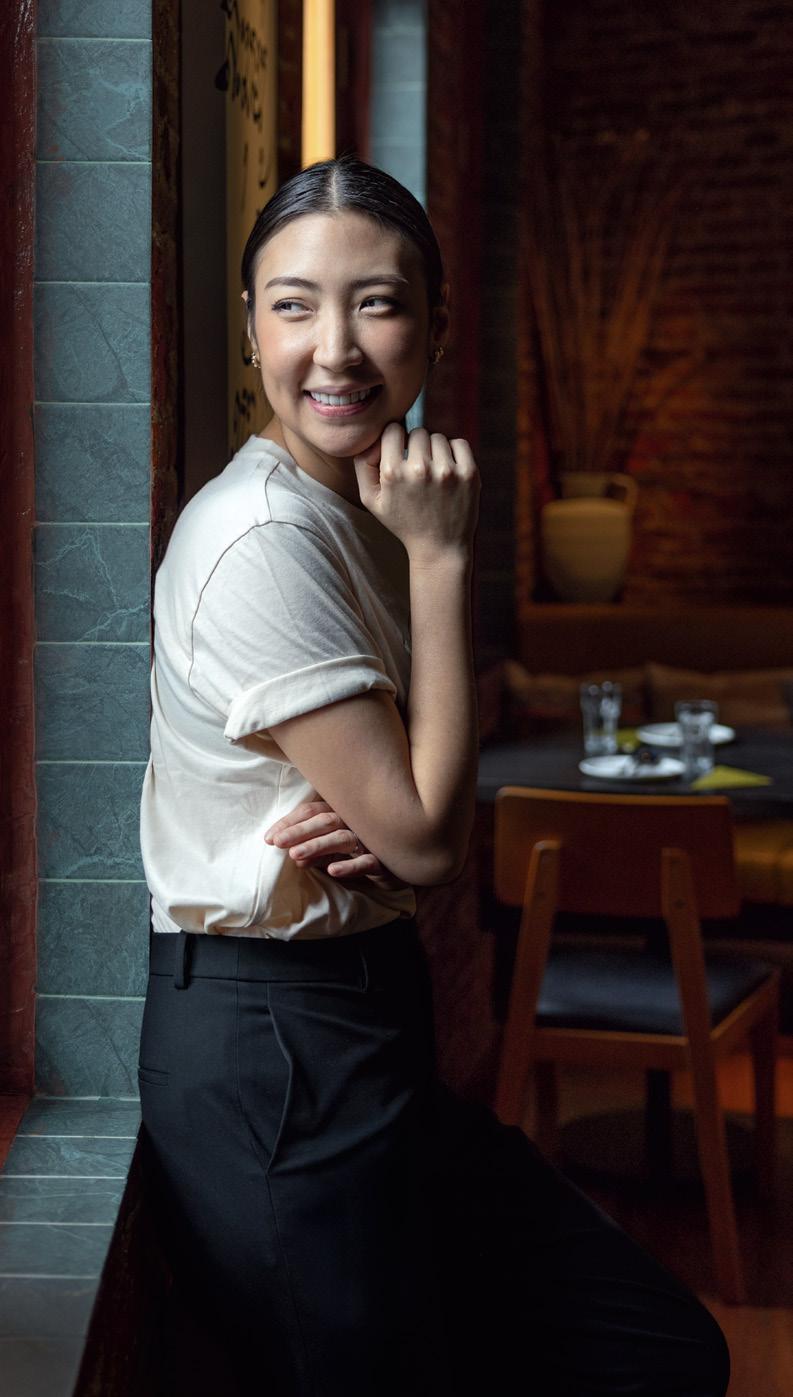


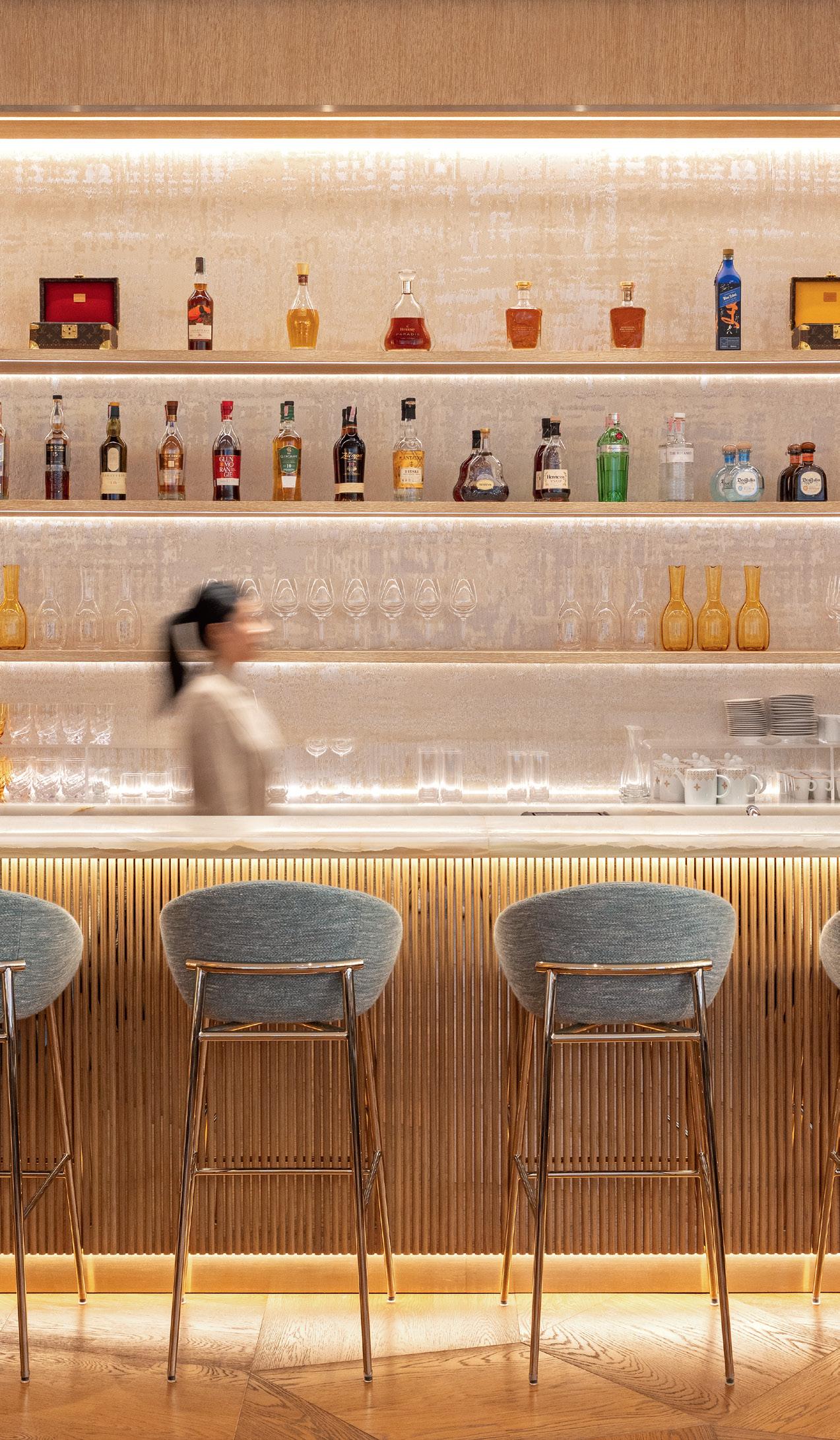
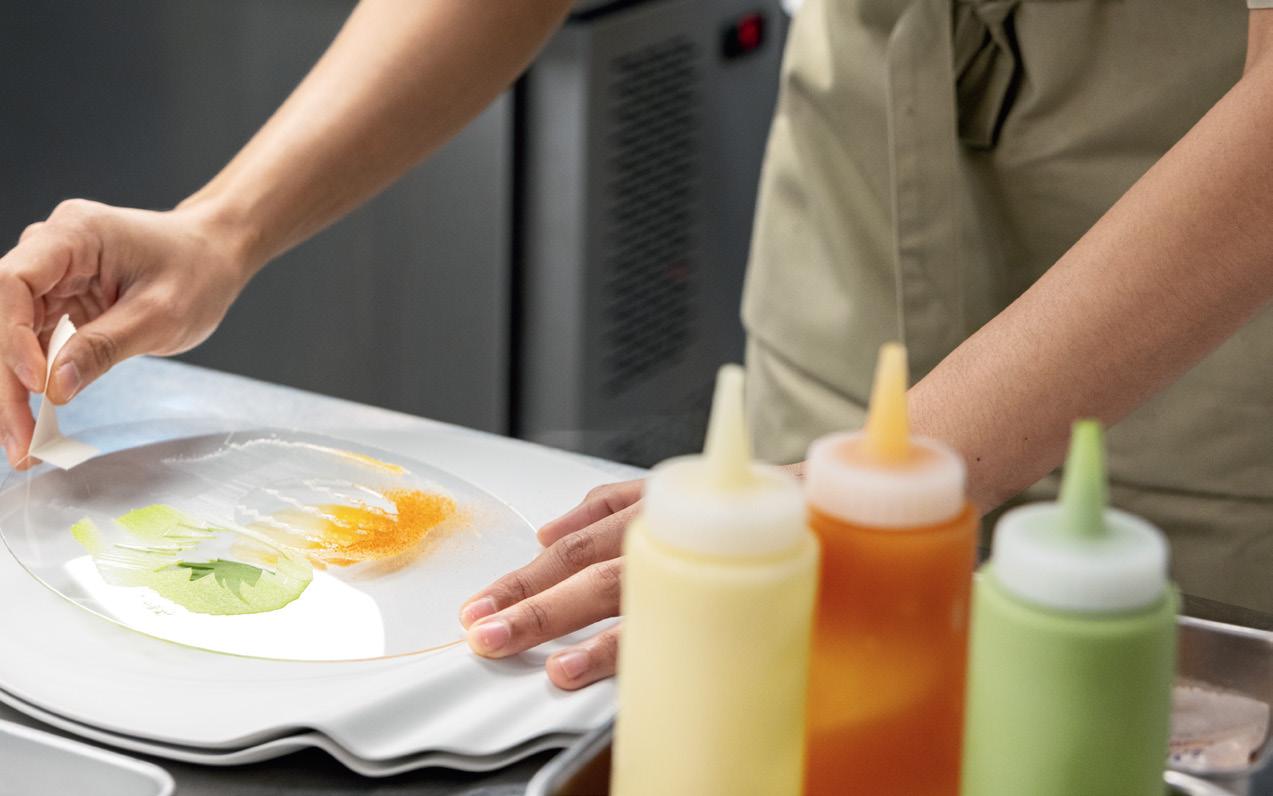
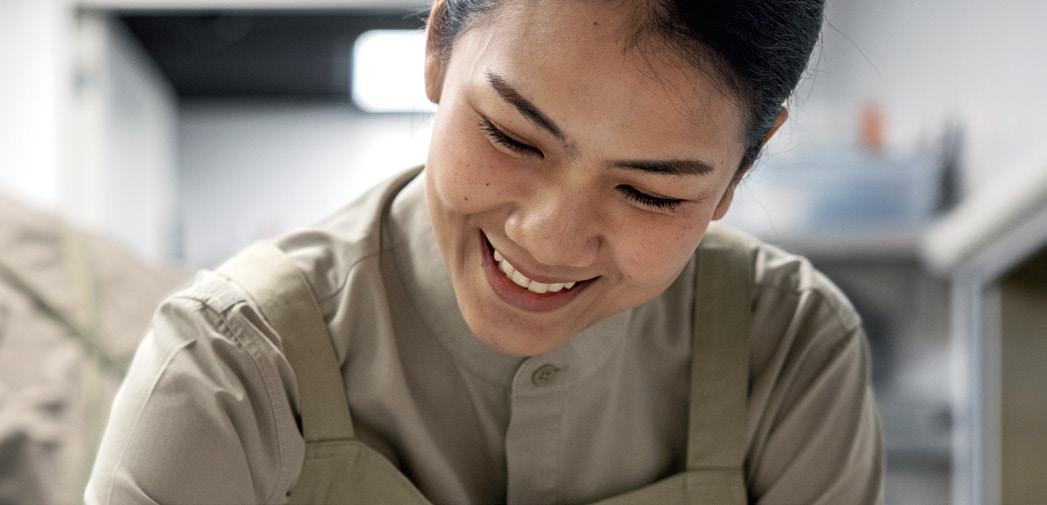

It’s a huge change from the past, when travellers typically touched down for a couple of days in the Thai capital city, before heading north to Chiang Mai, or to the UNESCO World Heritage-listed temples of Cambodia’s Angkor, then perhaps on to the beach in Phuket, or Vietnam.
Much of this new surge can be attributed to the expansive local food scene. Once centred around Thai food, Bangkok has morphed into an international gastropowerhouse, topping restaurant lists with global gourmands jetting in for famed molecular Indian cuisine by Gaggan Anand, ranked number 1 by Asia’s 50 Best Restaurants list an unprecedented four years in a row at his original Gaggan, and currently number 1 again at his new Gaggan offering.
This rockstar chef serves 24-course menus over several hours at his “food theatre” for about $500 – and seats sell out months ahead. But food lovers also fly to Bangkok and wait in line for hours
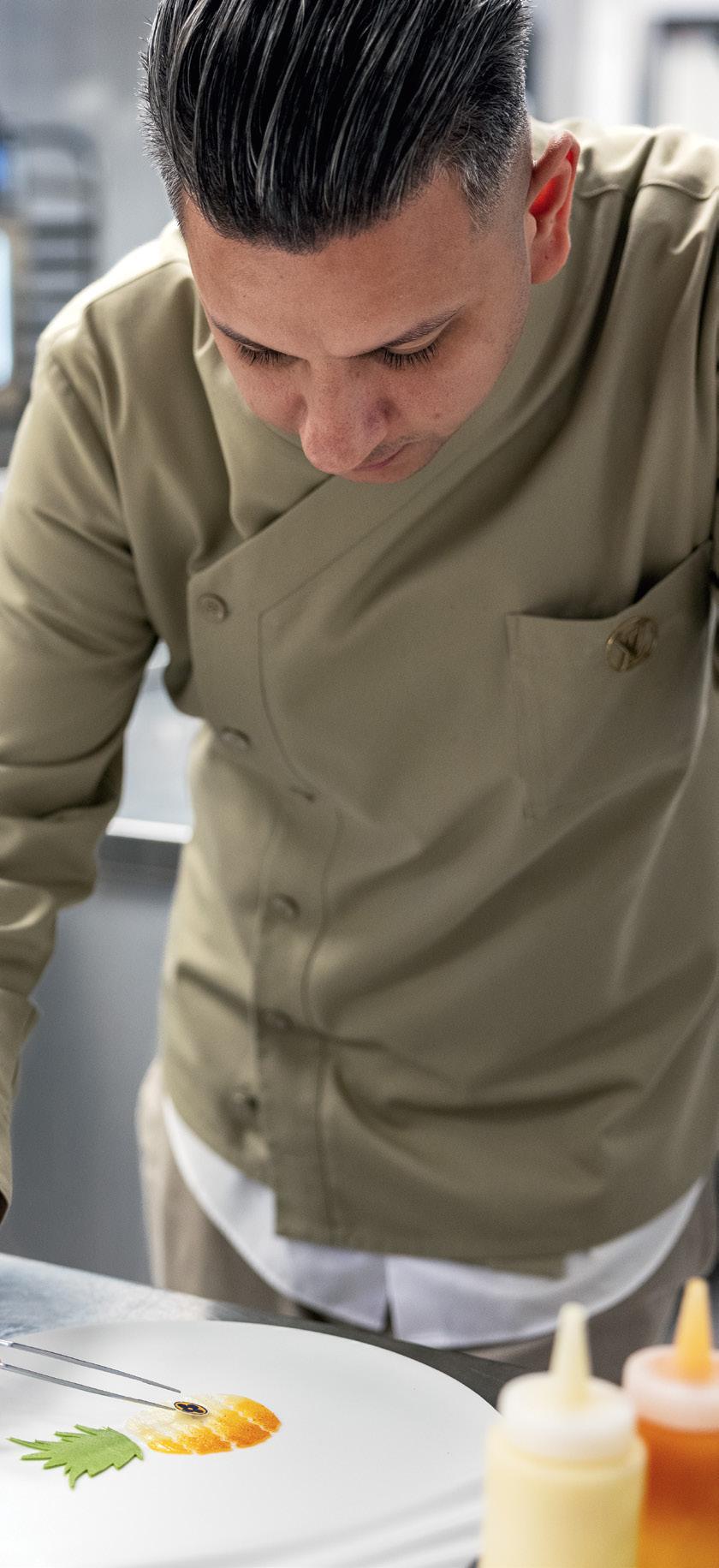
hoping to try a crab omelette cooked by the world’s most famous street chef, Jay Fai, the goggle-wearing octogenarian with the Michelin star, featured in the Netflix series Street Food: Asia
Gaggan moved from India to Bangkok in 2010 and recalls a totally different city, with scant options beyond hotel restaurants. It was a fun, grungy city with few skyscrapers or rooftop drinking and dining beyond Lebua at State Tower, best known from The Hangover Part II featuring Bradley Cooper on a drunken, drug-crazed romp by tuk tuk from Chinatown to Soi Cowboy. Such stereotypical views of Bangkok have been upstaged by this rapidly developing Asian metropolis with elevated dining options, loads of luxury hotels, shopping and entertainment.
Opportunities and innovation also expanded dramatically, he notes. Last year, he opened Gaggan at Louis Vuitton, a surprising but scrumptious partnership with the French luxury fashion house. It’s inside the lavishly renovated Gaysorn mall where LV operates a separate cafe, design showroom, and spectacular interactive museum – only the second in the world outside of Paris.
Gaggan reckons it’s a logical trend for Bangkok’s soaring tourism sector to embrace collaborations with so many new hotels, shops and other attractions. Sure enough, soon after the opening, LV had a new neighbour up the road: Dior Gold House, showcasing ultra-luxe goods in a glittering golden palace. It’s close by Central Embassy, one of the city’s swankiest malls.
Nearby, Gaggan recently opened another restaurant, E-San. The name is a play on Isan, the northeastern Thai province with a fiery cuisine. Partnering with chef Chalee Kader (100 Mahaseth and Wana Yook) they give Isan cuisine the izakaya treatment with open grill and colourful, manga-inspired decor. It’s a fun, unpredictable venue in the banking district that few locals know about.
Gaggan is not the only star chef surfing the wave of insatiable demand for Bangkok gastronomy. Many are opening multiple outlets. Chef Pichaya “Pam” Soontornyanakij came to fame with Potong, serving brilliant Thai-Chinese cuisine in an old shophouse in Bangkok’s Chinatown – the largest in the world. Over a century old, the building was the home, and Chinese medicine shop, of her ancestors who immigrated from China. Last year, Pam was proclaimed the region’s best female chef by Asia’s 50 Best Restaurants. This year she added two more achievements: Pam became the first Thai named world’s best female chef by World’s

50 Best Restaurants. And she opened her second restaurant, Khao San Sek.
It’s in nearby Song Wat, an historic district sandwiched between Chinatown and the Chao Phraya River. Perhaps nowhere better encapsulates Bangkok’s boomtown magic than this old trading district, where docks, shops and warehouses sat derelict for decades. Then boutiques, bars and restaurants began sprouting, and Time Out named it one of the world’s coolest neighbourhoods in late 2023. It continued its slow reawakening for a while, with small street parties and quirky openings like a cocktail bar named for California beat poet Charles Bukowski. Now, it’s heaving with galleries and riverside bars.
Ironically, such forgotten areas, especially on the riverside, are what give Bangkok much of its unique mojo. For decades, the city centre has moved incrementally up the main street of Sukhumvit to party districts like Thong Lo. Yet so much of Bangkok’s appeal is rediscovering historic areas, including Charoen Krung, the first High Street a century ago. That’s the area where the city’s grand dame of hotels, the Mandarin Oriental, opened in 1876. Soon it will have illustrious company: a Nobu Hotel in the renovated East Asiatic Company building and a Langham Hotel in the Old Customs House which has been shut for decades. Both date back to the 1880s.
In the meantime, Bangkok’s hotel scene continues to bubble with brilliant additions. They include another historic property and homecoming for Aman, which launched in Thailand in 1987 with Amanpuri in Phuket. Aman Nai Lert is in central Bangkok on the estate of entrepreneur Phraya Bhakdinoraseth, or Nai Lert. A businessman in the early 20th century, he’s famous for many innovations including the first bus and taxi services. He also opened one of the city’s pioneer lodges, Hotel de La Paix, in his seven-storey trading building on Charoen Krung Road, Bangkok’s tallest building upon completion in 1927.
The new Aman occupies the first 19 storeys of an elegant 36-storey tower offering 52 massive suites, starting at 94 square metres. The Aman Suite occupies an entire floor, with its own gym, cinema and spa. The property features the Aman spin on luxury – lots of art and unique handicrafts, interior pools and minimalist architecture with ample Zen. The food is spectacular, and venues overlook the lush estate that was one of the largest parks in Bangkok.
Two other new properties have reoriented the city around Lumpini, the Central Park of Bangkok. The Ritz-Carlton is in a dazzling Art-Deco

building modelled on European-influenced mansions of old Wireless Road. The 51-floor building has fabulous park views at One Bangkok, the largest development in the country. It is the first of five luxury hotels to open on the site of the old Suan Luam Night Bazaar, which closed in 2001. Next to come will be an Andaz hotel, along with office buildings, shopping, a concert hall and the tallest tower in Thailand.
Directly across the park is Dusit Thani, reviving the city’s first modern hotel, and tallest building when it opened in 1970. The Dusit was more than a hotel, really the centre of the city, where stars stayed, concerts and balls were held and deals were sealed.
Closed in 2019, it was razed and totally rebuilt while incorporating many original features, like carved beams, trees and signature ponds.
The iconic golden spire of the original Dusit is now part of the new Spire Rooftop Bar on the 39th floor of the hotel where other venues offer some of the best views, not only of Lumpini, but the entire heart of the city.
Call it Dusit 2.0, in a city that keeps spiralling higher, but embraces its storied past, ensuring a glowing future.

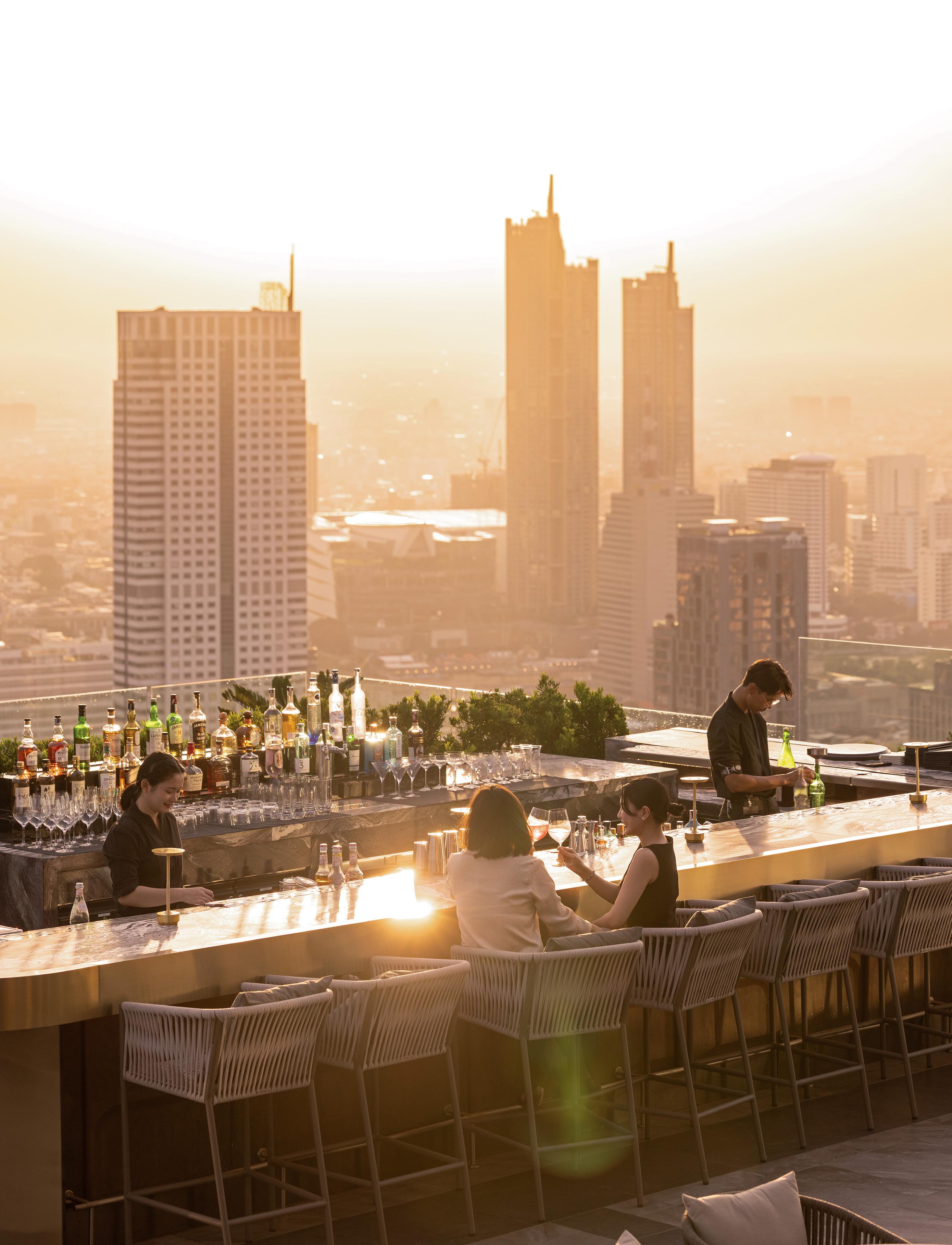
The world’s highest and largest Nobu has 360-degree views of the city atop Empire Tower in the heart of Sathorn, the city’s CBD. The restaurant is split across the 57th and 58th floors and is the current go-to selfie spot in the city.
Le Du Kaan
Also in the Empire Tower, this is the newest offering from celebrity Thai chef “Ton” Thitid Tassanakajohn.
This high-concept restaurant is the first overseas offering from feted Hong Kong chef Vicky Cheng. It is based around the idea of the kilin, a gentle and benevelont Chinese spirit; it is located below Nobu on Empire Tower’s 56th floor.
A modern interpretation of classic Italian by multiple Michelin-star chef Paulo Airaudo this restaurant is an incredible international edition to the local dining scene. This shares space on the 56th floor of Empire Tower with K by Vicky Cheng.
Mexican chef Francisco “Paco” Ruano produces the best modern Mexican in Southeast Asia at the highest restaurant in Bangkok on the 76th floor of the Standard Hotel.
Also in the Standard Hotel, but not as high up, Mott 32 celebrates the cuisine of Canton, Shanghai and Beijing.
On the ground, but with stellar cuisine that helped kick off this sky-high revolution, Gaggan Anand is one of the chefs who helped propel Bangkok’s cuisine boom.

Malta has a compelling history of warrior monks, fortressed cli top cities and Grand Masters of the Order of Malta protecting its shores from invaders, but the modern Malta has a softer side of delicate wines, passionate local chefs and historic harbourside bars. Paul Chai explores this southern European marvel.




Everywhere you drive in Malta, the road is lined with prickly pears, bulbous spiky cacti that look like a warning. e Maltese harvest them and turn these thorny ora into bajtra, a bitter-sweet liqueur served over ice or drizzled on ice cream.

Like the process of turning cacti into cocktails, Malta has a hardwon beauty. This is a country forged by the swords of the Knights Hospitaller – monks turned warriors – who defeated an Ottoman invasion in the 16th century. This small country is enviably placed just below Sicily in the Mediterranean and has seen off pirates and pillagers, conquerors and colonisers to emerge as one of the most interesting destinations in Europe.
In the capital of Valetta, you have battle-scarred sandstone buildings, extravagant fortifications and the grandiose St John’s CoCathedral where you walk upon marble-carved skeletons and skulls, memento mori of a life warding off seaborne threats. But contained within the city’s daunting walls are secret gardens, ornate statues and hidden stairways where locals play cards and chat over a glass of Kinnie, the local soft drink. Come summer, each village erupts with a “feast”, part of a calendar of lively religious street parties.
Everywhere you look the country has turned its prickly pears into sweet nectar.
I get my first taste of bajtra as part of The Maltese Falcon, the national cocktail of Malta created by James Aquilina in The Confession a bar and restaurant in Rabat. James serves his patriotic concoction – vodka, bajtra, prickly pear syrup, orange juice and Kinnie – in readyto-walk plastic cups from his hole-in-the-wall diner with a carved sandstone angel beside the elaborate doorway.
It is the perfect end to a walking tour of Mdina, a fortified city in the west of the island, where you enter across a raised bridge through what was once a heavily armed gate. Now the biggest danger is being run over by one of the horse-and-cart tours that ply their trade around this living museum. Mdina is the old capital of Malta but is now home to just a few hundred people, descendants of the once-dominant northern families hidden behind imposing doors with large carved door knockers. It is also home to the “last nun of Mdina”, and as we pass the monastery in a tiny, cobbled street we are told that there is just a single member left living inside who is now trying to recruit globally to keep the Mdina order alive.
The streets glow under the Mediterranean sun thanks to the creamy-white Globigerina limestone that forms the building blocks of the city. We stroll past entries to dungeons, the museum of natural history and statues of St Paul, the patron saint of Malta who the Bible says was shipwrecked on the island; consequently, on this trip I have never met so many Pauls since I was in primary school in the 1970s.
Beyond the city walls in Rabat, we dine at Is-Serkin, or the Crystal Palace Tea and Coffee Bar, a pastizzerija that serves up Malta’s famous baked goods. Scoring a rare table among the chaos – IsSerkin is open permanently and packed often – we make short work of pea, ricotta and anchovy pastizzi all wrapped in the fabulously flaky pastry, the crumbs of which fall freely around us, a sight you will see dotted around the island that I come to think of as “Maltese snow”.
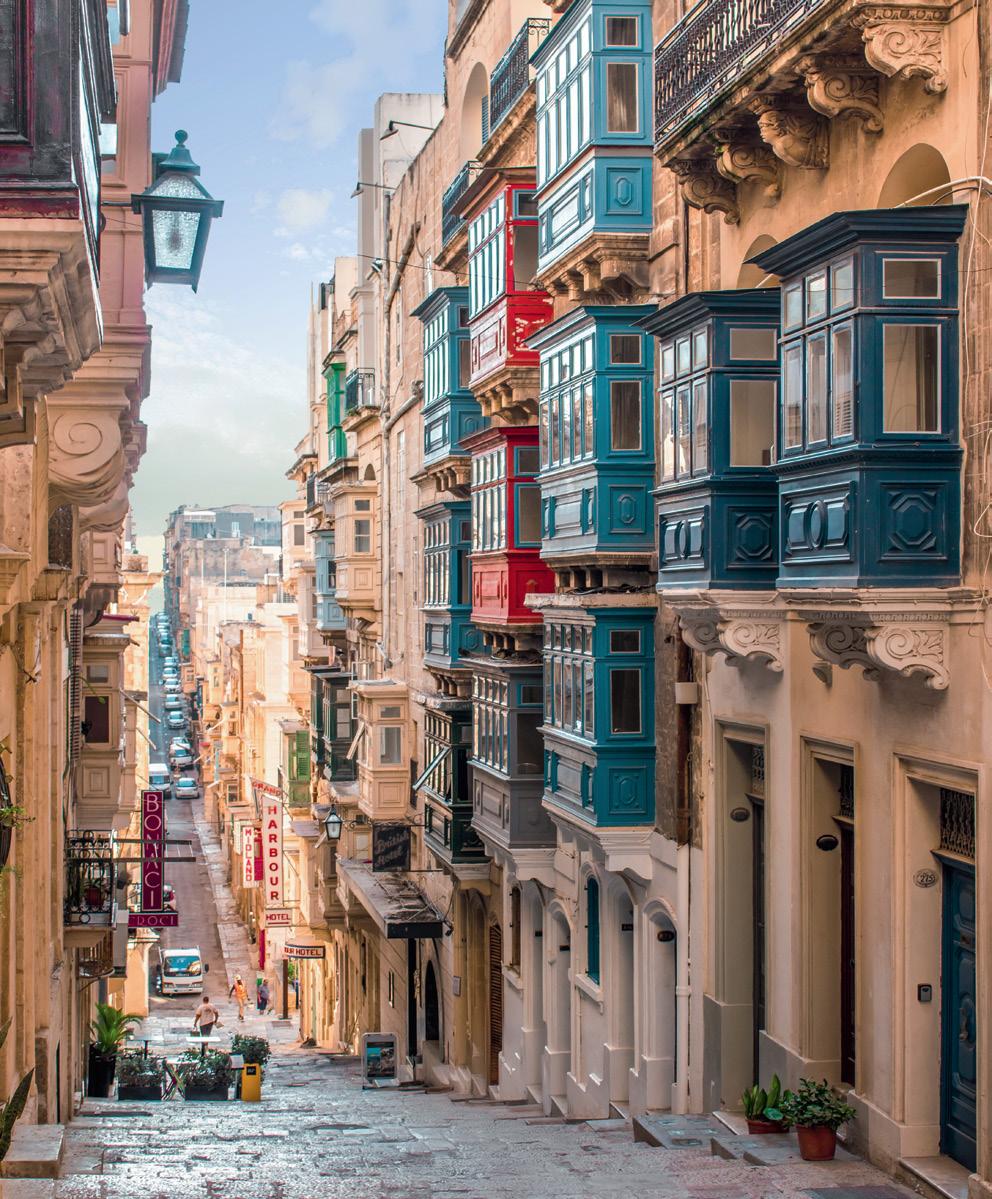
This resort is located on its own peninsula and surrounded by the waves of the Mediterranean. It is a big, family-friendly resort with 413 rooms and a short walk from the bustling restaurants and nightlife of the party town of St. Julians. You can also walk along the coast to the nearby superyacht harbour and local shopping mall.
KEMPINSKI
It feels like it’s constantly sunny at the Kempinski in Gozo due to the yellow sandstone throughout the property and reflected in the bright tones in the common areas. Fine diner L-Istorja offers a traditional steakhouse menu while Il-Baldakkin is a great place to soak up the sun dining on the terrace.


Arriving at Ta Betta the following day for lunch, a winery in the Siggiewi region owned by Astrid and Juanito Cammileri, you are initially struck by how far apart the vines are planted. This is deliberate, designed to combat the Maltese heat and allow the cool mistral winds to circulate between the vines.
The Cammileris originally purchased the rustic farmhouse as a family home in 2002 but a Sicilian winemaker convinced the couple the land had a “natural gift” for producing wine. He was correct and the winery makes some stunning vintages from what looks like very unforgiving land, hot and rocky save the flourishing vines. Maltese wine is exceptional and tastes all the more special because it is made in such small quantities that there is none left for export. To uncover the joy of Maltese vino you have to come to the islands yourself.
We are led to a grove of olive trees and taken through a tasting of Ta Betta’s wines, named for the Grand Masters of the Order of Malta, the sovereign military that protected the island up until the end of the 18th century. In another example of finding the beauty in hardship, the chardonnay is named for Jean Parisot de Valette, the 49th Grand Master who beat the Ottomans; the modern capital of Valetta bears his name, too. The wine has notes of pineapple and a fabulous salinity but it took tenacity for this grape variety to take hold here, as it did to oust Malta’s enemies. We move on to a robust red, a mix of syrah and cabernet franc named for the first Grand Master Phillipe Villiers who fled to Malta after losing to the Ottomans in Rhodes but continued to attack his enemies. This big wine honours his strength and boldness with its own.
From crusty handheld delights to Michelinrecommended restaurants, Malta’s cuisine is a trip treat. At Root 81, chef Robert Cassar cooks and attends to the tables at this intimate diner on a hilly stairway in Rabat. The name comes from the historic 81 bus route that linked this hilltop location with Valetta, and Robert commands a seasonal menu with original spins like a local grouper lasagne or a black cuttlefish risotto. Chef Robert also creates an annual signature cocktail, and offers past signatures on his drinks menu. I hark back to 2024 and the Royal Dirty Martini, gin infused with thyme and Kalamata olives and a hint of benedictine; it tastes like the view from Root 81, Mediterranean herbs, trees and, yes, prickly pears, alongside monasteries and churches running down into the Verdala valley below.
In Valetta, I sip a gin and tonic with a sprig of fresh thyme at Tico-Tico Bar in a sandstone alleyway that would not look out of place in an M.C. Escher painting, down more pastizzi and tour the street markets with crates full of fresh vegetables and stacks of local lager, Cisk.
We are out of season for the famous village feasts, but I can only imagine that everyone eats well.

The lights of the moored boats are twinkling in the squidink-black Mgarr Harbour in Gozo and so is the eye of my bartender as he hands me a local negroni with a dash of Kinnie thrown in for good measure. Gleneagles Bar is one of the first things you see arriving from the ferry from the main island; a two-storey building perched on a hill with a balcony and a huge marlin hanging over its door.
The bar has been run by brothers Tommy and Sammy for 50 years and the walls of the bar are crawling with crabs and lobsters, fish of all varieties are hung up and fishing nets are strung from the ceiling; the floors are decorative tiles and tables and chairs thick-cut wood. Gozo is a yachtie haven so when you head to the balcony you will likely run into some crew on shore leave and, in our case, their dogs. A few “kinniegronis” later and the brothers are taking me through some of the black-and-white photos from decades ago that sit on the walls between the crustaceans, Gleneagles Bar standing sentry in each image like a time traveller (it was first built in 1732 by the Knights of St John as a barracks), always there to welcome travellers. I grab Tommy and Sammy for a quick photo before heading off.
My night at Gleneagles caps off a couple of days exploring Gozo, Malta’s more chilled island sibling. The Kempinski Hotel San Lawrenz Gozo Malta is my base, a warm sandstone hideaway arranged around a huge pool surrounded by palm trees.
It is funny to hear Gozitans refer to Malta or the mainland as if they are a separate country, not a 20-minute ferry ride apart, but the pace is noticeably more languid.
A walking tour of the Cittadella, Gozo’s ancient walled city, is quieter than Mdina with time to shop for hand-woven bracelets and Maltese bizilla (lace). San Lawrenz harbour, with boathouse doors painted in rainbow hues, lets you hire

a boat (skippered by a Paul) through rocky archways and over azure seas and it has far fewer tourists than the Blue Grotto. Tourist attractions like the three-centuries-old salt pans, where a giant’s chequerboard has been cut from the coastal rock to make salt, are nearly empty.
It means we can ask our driver to change up lunch from a sandwich to a seaside restaurant, L’Aragosta in a tiny marina in Zebbug. We are welcomed to a waterside table with a gingham tablecloth and fire engine-red chairs where we order calamari simply grilled with Xwenji salt from the nearby pans and cold glasses of local chardonnay.
On the way back to the Kempinski, we stop at the Ta’Dbiegi crafts village in Gharb where I discover a stall at the back selling bottles of bajtra. Though I am not normally one for souvenirs, I grab a bottle as a reminder that in Malta – a country proudly defined by its battles – beauty is everywhere, even in the spiky roadside weeds.



Gliding noiselessly through the Norwegian fjords, the Havila Capella is part ferry, part mail run, part cruise ship. Stephanie Mikkelsen discovers dramatic coastal waterfalls, experiences life in remote Scandinavia and realises that silence really is golden.

Crossing the imaginary line of the Arctic Circle isn’t like I expected. The night before, I’d heard the PA reminder about a competition for guests to guess the exact time Havila Capella would cross the Circle’s marker. It’s so discreet – more suggestion than announcement – that I forget to submit my entry, a travesty for someone known for their competitive streak. My luck isn’t any better when the time comes: I miss it completely. One hurried dash to my cabin for a jacket and I’m up on deck eight to see the Northern Polar Circle Globe, the crossing’s marker on Vikingen island, in the ship’s wake.
The real ceremony comes in the form of an Arctic baptism that happens right after – equal parts light-hearted fun and Viking ritual. We pay our respects to Njord (or Njörðr), Nordic god of the sea and wind, summoning him with our shouts. “Njord!” we chorus. A bearded figure in full theatrical garb appears on a balcony above and offers his blessing. Then comes the catch: a ladle of icy water, cubes and all, dumped down the shirt backs of anyone willing to brave the shock. I step forward, not wanting to incur Njord’s wrath. The shot glass of something gingery and borderline medicinal I’m passed afterward helps stave off the chill.
Three days earlier, I’d stepped aboard Havila Capella in Bergen,

setting out on a seven-day coastal journey to Kirkenes, a far-flung town in northeastern Norway less than 20 kilometres from the Russian border. This is my first real cruise, unless you count Sail Croatia during a gap year. I expect bingo and buffets, perhaps some towel animals. But those assumptions are immediately cast overboard. Inside, it’s all pale timber, soft lights and massive windows. Classic Scandi minimalism, but warm. No chandeliers, no music. Just footsteps, ice cubes clinking and the distant hum of engines. It takes only an hour of cutting laps around the decks to realise Capella isn’t a floating resort; it’s a working vessel with purpose. Part ferry, part mail carrier, part Arctic slow-travel machine.
That evening at Havrand, the ship’s main restaurant, I meet June from Melbourne, and Pascale and Marieke, her friends from Belgium. All three remark on how unusual the calm is – something they hadn’t expected but are already appreciating. “The fact it is a working vessel does not take anything away from the beautiful surrounds, if anything it reminds us of the people living and working here,” June says.
After a smooth first night in my Seaview Superior Double cabin –no-fuss Nordic design, picture window and enough quiet to knock me out – I wake ready. The calm onboard makes it easy to switch off, which comes in handy because the day’s main event demands full attention: Geirangerfjord.
Havila Voyages sails the historic Norwegian coastal route, stopping off at 34 ports between Bergen and Kirkenes to deliver mail, cargo and passengers. There are four ships in the fleet - Havila Cappella, Havila Castor, Havila Polaris, Havila Pollux - each with 179 cabins, two seated restaurants, bar, casual cafe, gym, sauna and Jacuzzis.
Here, silence takes centre stage. e captain cuts to battery power as we approach and the ship seems to oat in near-total silence.
Capella’s batteries push us through the fjord with almost no waves, no wake; only a mirrored ribbon of water marking where we’ve been.
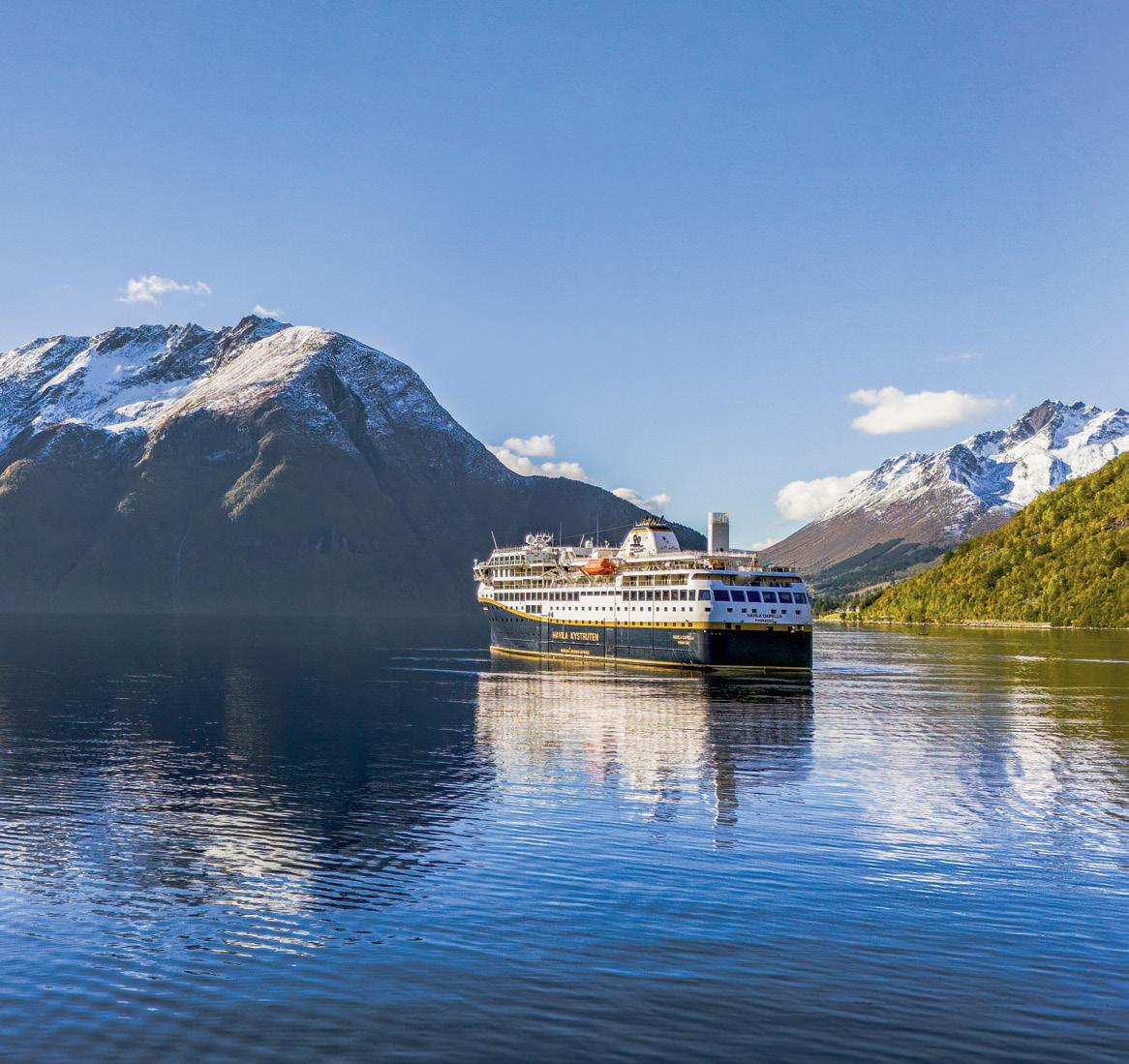
Sheer cliffs rise on either side, streaked with waterfalls that tumble into water the colour of polished jade.
Out on the blond timber deck, the air hits like a chilled shot of aquavit, and it’s so peaceful I half expect Loki to pop up just to ruin it. The only sounds are wind buffeting around my ears and the squeak of my rubber soles as I ping-pong between starboard and port, trying not to miss a thing.
Between these moments of natural theatre, Capella maintains its working rhythm. Day and night, it stops at tiny ports – some barely bigger than a single shed. I’m unreasonably pleased when I spot crates labelled “smoked salmon” being loaded aboard – if the rate I’m eating it every morning at breakfast is anything to go by, the ship’s stores could run low. Some stops last more than an hour; others don’t break 20 minutes. I watch some passengers board with groceries and handbags, and others wheel on suitcases and backpacks.

Throughout the week, I see friends and family embrace hello, and watch as others wave goodbye. These moments capture something essential about the journey: there’s no performance, no polish – it’s functional, and that makes it strangely intimate.
I wasn’t alone in noticing the ship’s unusual atmosphere. “The lack of noise is something you forget about,” says Moira Richardson, who I get talking to in one of the many guest lounges. “Up on deck is where I feel it most – just hearing the waves. It’s very peaceful. Sometimes it’s so quiet it’s noisy.”
The fjord huts we pass tell a story of Norwegian travel traditions. Norwegians have long understood the power of unplugged, silent travel – not a new trend, but a way of life hundreds of years old. It’s clear from the scattered farms and hiking huts that this is a country far ahead of the curve when it comes to appreciating stillness and nature without distraction.



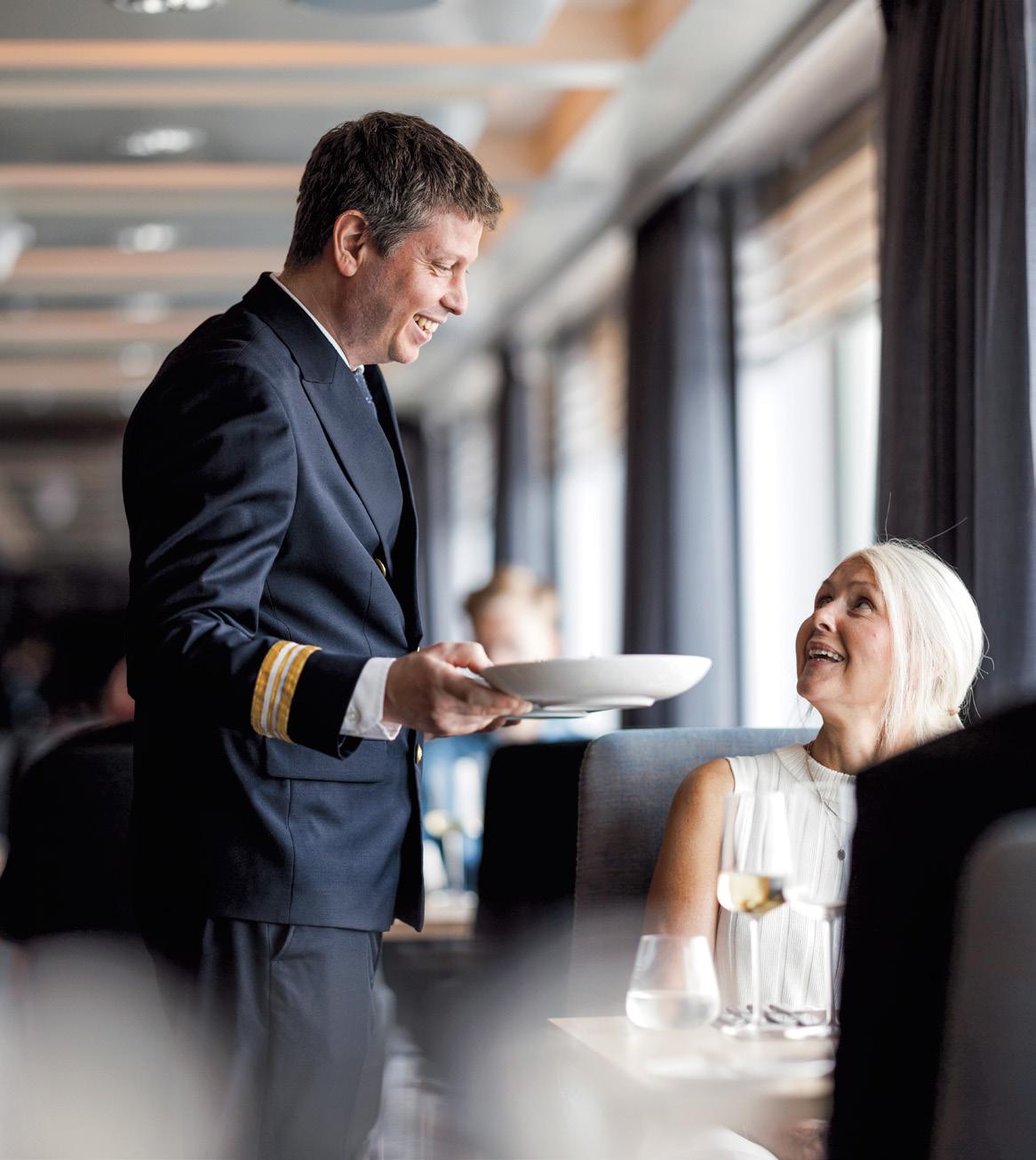
Dining onboard reflects Havila’s thoughtful approach to travel and the environment. Minimising waste is a focus, and the cruise line has set itself the ambitious target of reducing food waste to a mere 75 grams per passenger per day. This mindful approach extends to the entire experience. Lunch is served as small plates, with passengers encouraged to order three – though some days I find myself nudging four or five. Dinner is three-course a la carte. Both menus change every three days, reflecting the stretch of Norway we’re currently sailing by. Throughout the voyage, I never have the same dish twice.
Dining with June, Pascale and Marieke becomes a favourite evening ritual. We share bottles of wine, adventures from the day and an easy rapport with the restaurant crew. The only nights we don’t dine together are when we, separately, book into the ship’s formal restaurant. Hildring takes its name from a rare optical illusion – when light bends in the atmosphere, making ships or islands

appear to float above the horizon. In the restaurant of the same name, multi-course dinners hover between fine dining and home comfort. Another phenomenon: it’s the only place where I encounter background music. With only a dozen tables and a single waiter gliding between them, Hildring feels like a private dinner party.
The restaurant offers alternating seafood and meat menus, as well as special king crab or wine-pairing evenings. I opt for the seafood tasting option. King crab from Varanger arrives brightened with Arctic ponzu, followed by cod from Lofoten in a silky crayfish stock. Dessert is the dish I’ve thought about ever since: sea buckthorn cream with cloudberries and a herb crumble. The sea buckthorn hits like passionfruit or pineapple, the cloudberries pop in the mouth like tiny fireworks, and the buttery savoury crumble reins in the sweetness perfectly.
Even our excursions reflect the philosophy of presence over rush. I wake at 5am for breakfast at the North Cape, enjoying having
the plateau almost entirely to myself. In Kirkenes, I visit a snow hotel and make friends with huskies. Each outing feels like a natural extension of the voyage’s emphasis on being present.
But the rigid inflatable boat (RIB) safari from Stamsund deliberately shatters the week’s established rhythm. My cheeks go numb, my lips taste like salt, and I half-shriek, half-swear every time another blast of frigid Arctic seawater plasters my hair across my face like seaweed. I cling to the seat in front of me as our RIB skims over the Nordic chop, landing with an abrupt thwack with every swell. We launch from Stamsund, zipped into floatation suits thick enough to survive a dunking, with a quick safety pep talk: don’t fall out. Then comes the ride. At one point I swallow a mouthful of ocean. Minutes later, I’ve forgotten about my numb toes – too busy with laughter. The contrast makes me appreciate how the vessel’s designers understood that real luxury isn’t about noise –it’s about the absence of it.
We sail into Trollfjorden, located in the Lofoten archipelago, under escort of the midnight sun, the sky doing its best impression of afternoon. It could be 3pm for all I know; above the Arctic Circle in summer, the light doesn’t fade – it just changes colour. Now, it’s soft-edged and slightly diffuse –nature’s version of mood lighting.
As we venture further in, towering mountain walls close in around Capella almost like a trapdoor, with rock faces rising near-vertical on both sides. Still water reflects the greens of moss and spindly trees. The fjord itself is barely 100 metres wide at the mouth – surely too narrow for a ship this size
– but the captain handles it like he’s parallel parking my hatchback.
It’s standing room only at the bow, as other passengers also put off their bedtime to soak it all in. It’s not just sound that has stopped; it feels like time has, too. The light says day, my watch says 1am, and I’ve given up trying to argue.
When it’s time to say bon voyage to Havila Capella, I disembark in Tromsø feeling oddly calm and maybe a bit wobbly – sea legs or just the after-effects of a week unplugged. Silence isn’t boring; it’s the loudest thing on board. At first it was disconcerting; by the end, I’m hooked.

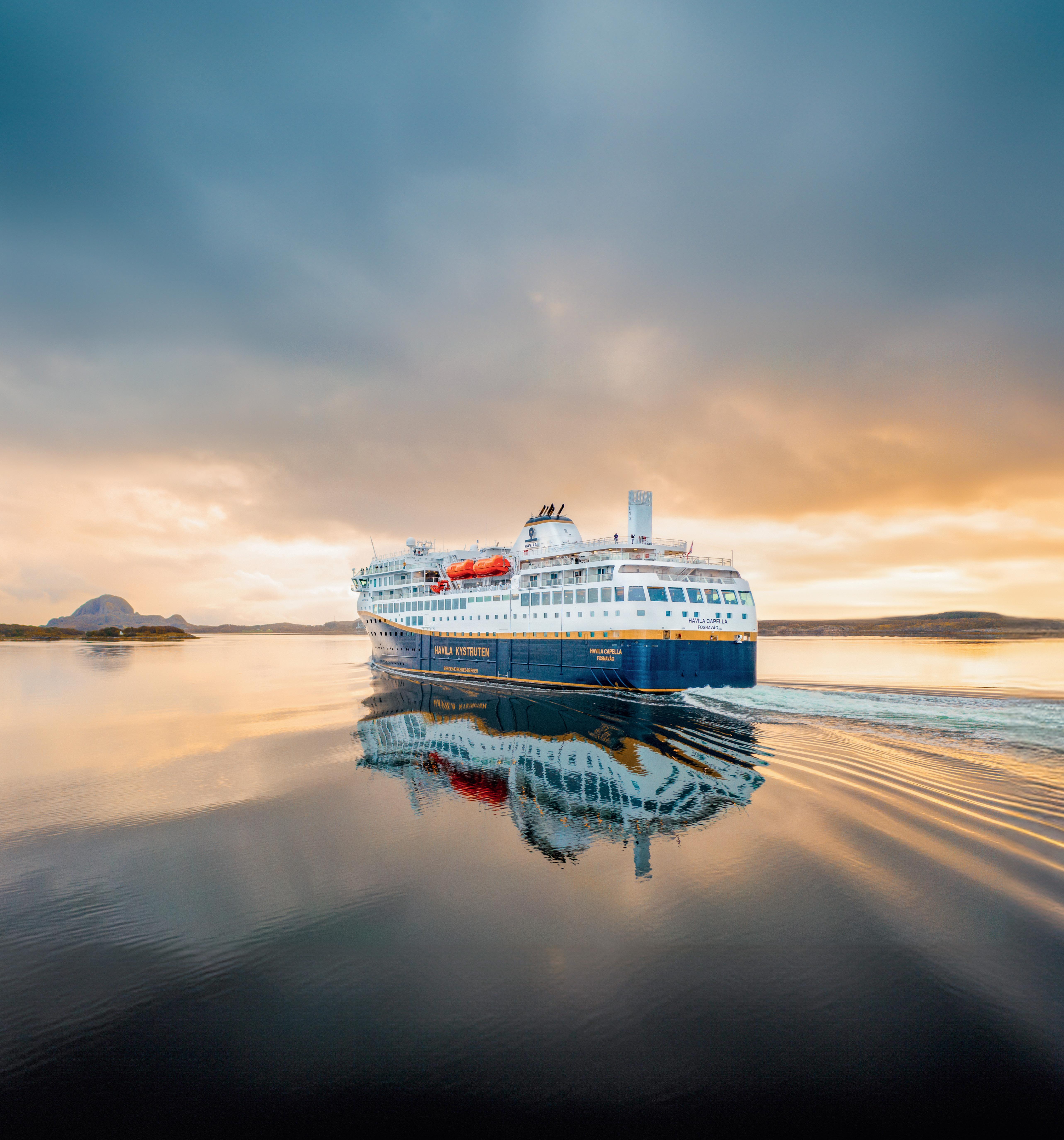



Nikoi, an Indonesian privateisland resort a few hours’ south of Singapore, proves that getting back to nature – no televisions, no internet – can be what a family needs. Claire Knox signs up for the luxury detox loved by Singaporeans.

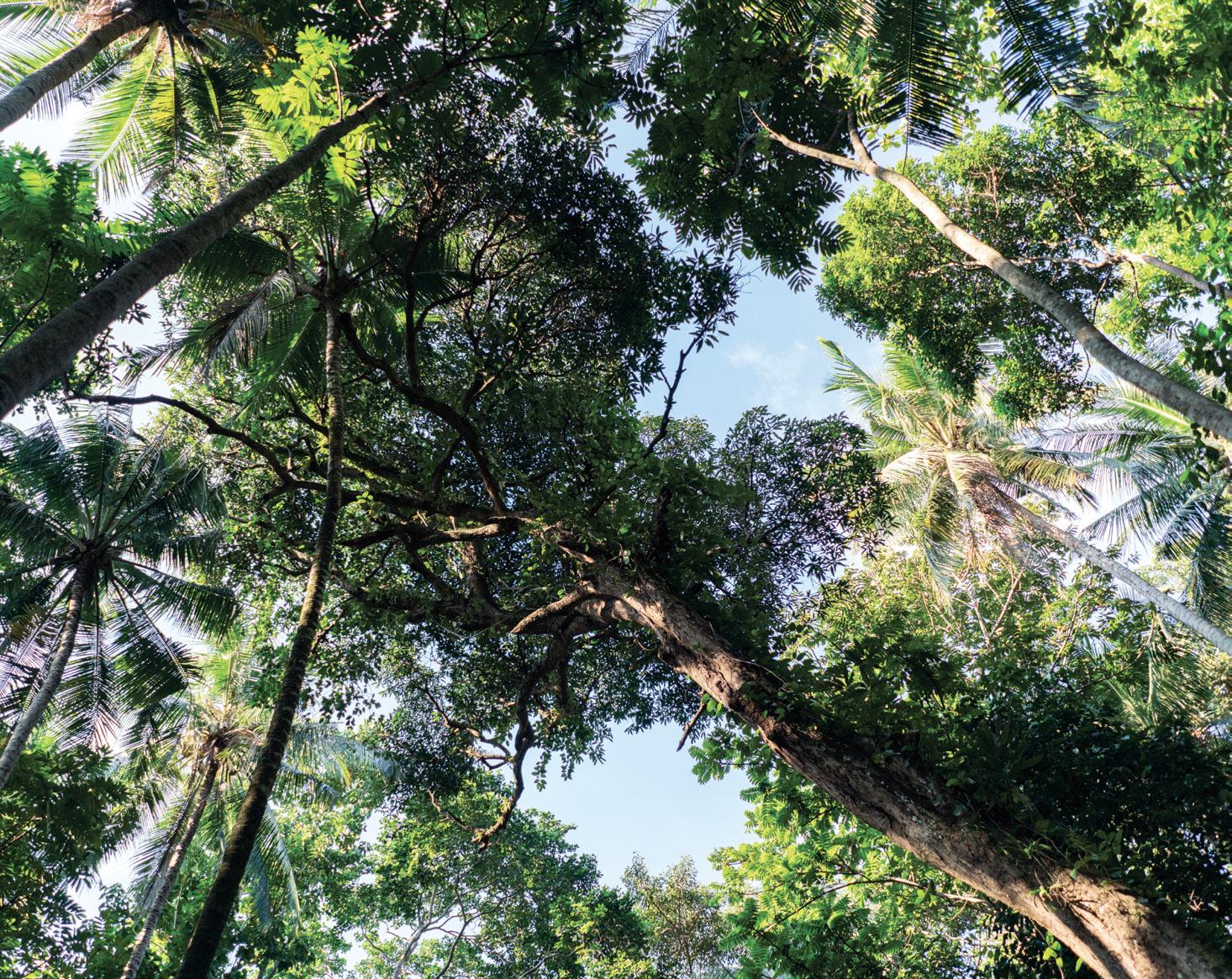
When we see a tiny green-and-white speck on the horizon – our secluded, unspoilt tropical island home for the next few days – it’s hard to believe that just hours ago, we had disembarked our plane at Changi, in dense, modern Singapore. Now here we are in a speedboat gliding some 80km from the bustling Lion City with not a ship nor skyscraper in sight. Instead, the occasional fisherman in a longtail boat passes by us, nets brimming with his catch.
We are en route to Nikoi, a tiny private-island resort just off the popular, bigger island of Bintan (a popular weekend getaway for Singaporeans). It values sustainability and nature, as well as genuinely supporting and engaging with the local community. It promises 15 hectares of unspoilt eco-paradise: think thatch-roofed, driftwood villas with private beachfronts; blissful swims in clear, turquoise waters with coral reefs; a rainforest interior that you can zip-line through; and, for most of the time, nothing below our feet except powder-soft sand.
The mission: reconnection for a busy family of five. The teenage girls spent the hour before departure at the ferry terminal squeezing out as much internet as they could from their iPhones, but now they are enjoying the sea breeze and drinking in the view. The three-yearold is a bit unsure about the boat ride.
Once we dock, we’re greeted by the effervescent Mei and a host of other staff, who take our bags and whisk us off to the openair restaurant for a late lunch. We meet Nikoi’s Australian co-founder Andrew Dixon, a laidback former investment banker who moved to Singapore in the 1990s. Andrew’s weekdays were spent in Singapore’s financial district but on weekends he’d take his young family out to the Riau Islands to get away from it all. Before he knew it, he and a bunch of friends had purchased an untouched, uninhabited islet, Pulau Nikoi. Initially, it was intended as a private family getaway, but eventually the idea for a luxurious, barefoot, low-footprint resort formed, and in 2007 it opened with six Indonesian-style villas (there are now 18, including three decadent private-pool villas). “We truly never imagined we would have so much demand,” Andrew says. “It shows responsible tourism can be in demand, profitable for all stakeholders, and beneficial to the environment and community, without guests feeling that comfort has been compromised.”
Our double-storey private beach house has a double-vaulted, thatched roof that eliminates the need for air conditioning. We are told by Mei that there is internet, but rather than take the kids’ phones from them, we all make a pact to not log onto the Wi-Fi the entire trip. There is no television; instead, a huge swing strung up on a towering Banyan tree and a bunch of board games on the lower entertaining level.
The kids’ days are full of Robinson Crusoe-style adventures. They play hide and seek around massive granite boulders; and when the weather warms up, they strap on life jackets and jump off the pier into the glistening water below. The staff soon feel like family, and spend hours entertaining the little and not-so-little ones with treasure hunts and foraging expeditions for seashells. We join them on wildlife-spotting walks – otters make an appearance – and a zip-lining adventure through the jungle, and watch on as they climb up long, lean coconut trees.
In the evenings, they head out onto the sand to toast marshmallows over a bonfire and watch movies on a big screen. Resident child whisperer “Yogi Bear” handcarves our little one several toy diggers
and cars out of washed-up driftwood.
All of this, of course, means us adults have some time to enjoy luxurious spa treatments in an open-air sala by the water’s edge cocktails and beer brewed on the island at the bar; leisurely games of tennis (there’s a full-sized court), dips in the pretty pool, and snorkelling along the reef. In other words: time to truly unplug and unwind.
The food at Nikoi is superb – focusing on fresh, local ingredients and delicious local fare, decided on the day by the chef and written up on chalkboards each morning. Throughout our stay, just some of the highlights we feast on – toes in the sand, all together around a 9m-long communal wooden table – include a moreish soto ayam (a rich chicken soup), gado gado, beef rendang and delicious seafood barbecues. There is a kids’ menu available, including fish and chips, pasta and grilled chicken. Most importantly, our meals are full of lively conversations, stories and tales about the day’s adventures.
Later, I chat with Mei, who grew up in the Riau archipelago herself. Staff at Nikoi are genuinely invested in, and are regularly offered development and training
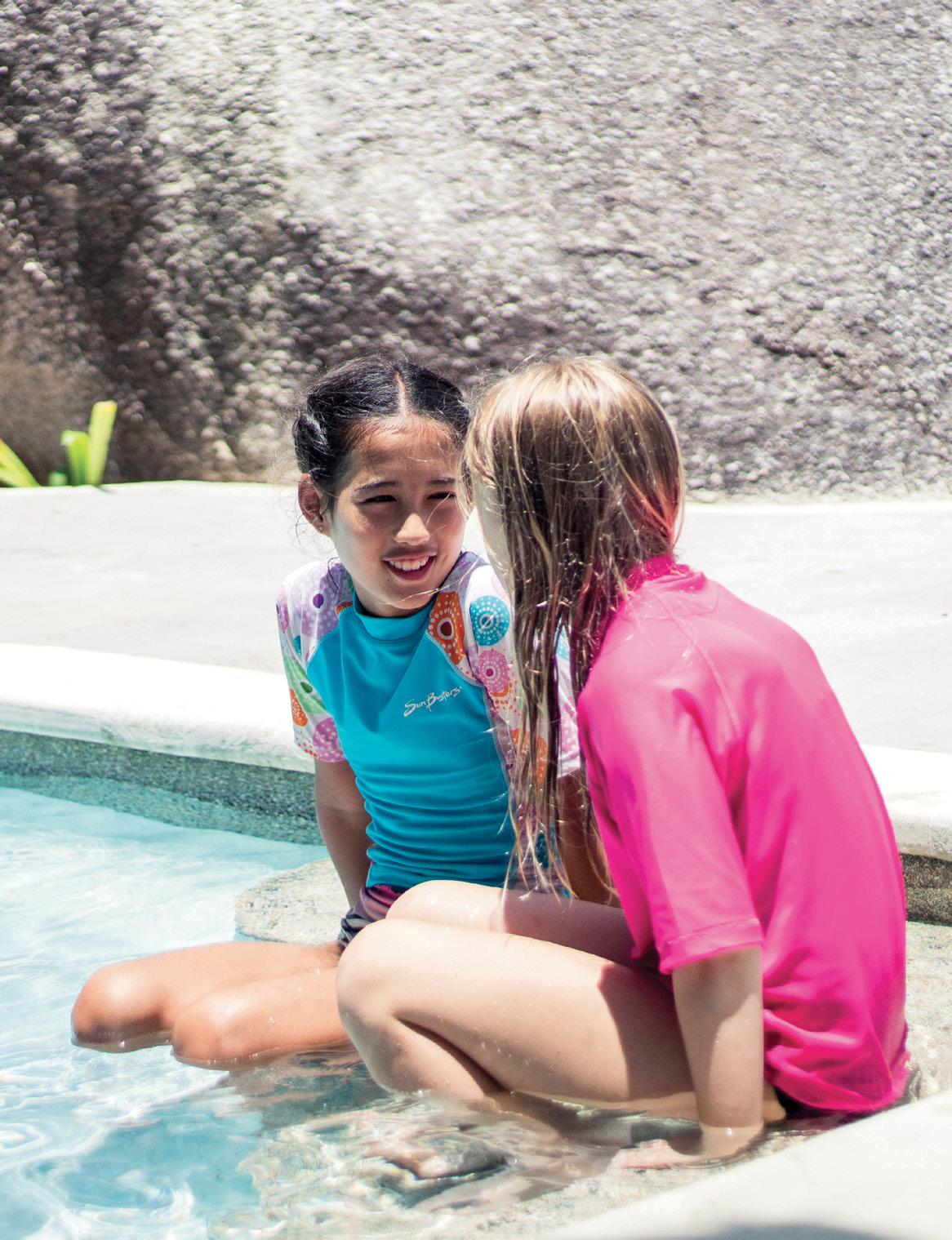
opportunities. Mei has completed courses in mixology, yoga teaching, scuba diving, and barista training, developing a deeper allround knowledge of the business. Mei was a graduate of the Island Foundation, a charity set up by Andrew to support the communities living on surrounding islands, that has grown in leaps and bounds, now employing 20 staff. Its executive director is Australian Courtney Saville, who was last year awarded one of the Asia Society’s Game Changer awards, which showcases under-recognised and inspirational individuals who are making a positive contribution to Australia’s relationship with Asia.
The Island Foundation started out by establishing a network of seven libraries for local children to learn extra-curricular English and IT skills, but soon adults expressed interest in the program too, and its programs expanded to include health, sanitation, sustainability, arts and crafts, and Ministry of Education-recognised teacher training, which enables participants to earn higher salaries. Now, the foundation supports 11 learning centres with over 500 children registered in its learning for sustainability program.
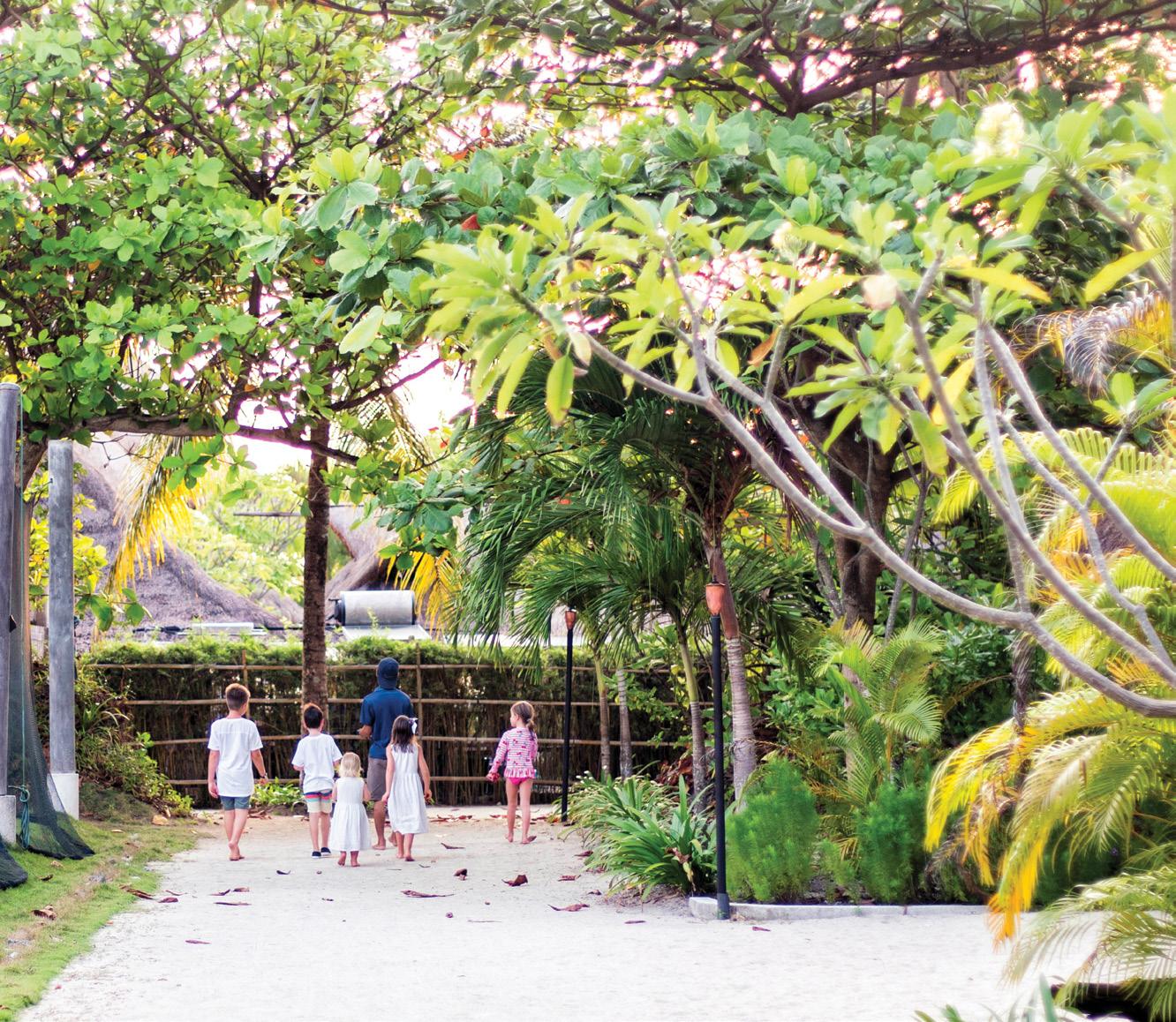


On the last day of our trip, our family is taken on a fascinating tour of Nikoi’s outstanding conservation and sustainability program, with sustainability and farm director Hendry. The Bintan soil is notoriously challenging to grow much in, so Hendry has taken it upon himself to study a masters degree in soil science when he isn’t working (he even went on a three-week exchange to Kenya last year to study soil rehabilitation). We learn that Nikoi is a member of the esteemed Long Run, it has helped protect a nearby 120,000-hectare Marine Protected Area, and is working with local communities to remove plastic from coastal areas. We learn that there were barely any synthetic materials, such as cement,


plastic, paint and glass used in construction – almost all furniture and buildings were made on-site using driftwood. Solar hot water systems provide hot water and LED lighting is in use throughout.
Hendry points out lemongrass and pandan and ginger plants; the mulberry and jackfruit and mango trees. There is a sizeable farm back on the mainland, which produces the lion’s share of Nikoi’s menu. The rest is sourced from local farmers and suppliers.
Our three kids delight in the impressive, albeit smelly, back-of-house composting system, squealing as Hendry pulls out an extremely long and fat worm from the mulch.
If our goal was to get back to nature this weekend, surely this was ticking that box.
“Our aim is to protect the area’s most valuable resource, which is our local people and their livelihoods, and one of the key ways we do this is educational work with the children,” says Hendry. “The children we work with just have the most incredible and smart questions about the environment, about climate change, about conservation – it really gives me so much hope.”
“I am so happy to see the children taking such an interest in the environment, I think they’ll change things in this world – and that’s the whole point.”
Cempedak is Nikoi’s adults-only sibling that is still ringed with white sandy beaches and studded with magnificent white granite boulders. Rising to a height of 40 metres, the island boasts a rainforest that provides sanctuary to a diverse population of local birds including hornbills, eagles and kingfishers, as well as the critically endangered pangolin.
Bintan is Singapore’s weekend-away island paradise with resorts like Four Points by Sheraton Bintan, Mayang Sari Beach Resort and Club Med Bintan offering a range of resort options just a short boat ride from Singapore. The island also has cultural offerings like mosques, authentic villages and grottoes and plenty of fun activities.
Another eco-friendly private island, this time off the coast of Malaysia, Batu Batu is set in the protected Johor Marine Park where they believe tourism can act as a catalyst for positive change through the preservation and regeneration of the rich but fragile biodiversity around the amazing island. Meaning “rocks” in the local Malay language, Batu Batu is a rustic island retreat set amongst coconut groves, rocky outcrops and fine-sand beaches on the uninhabited island of Pulau Tengah.


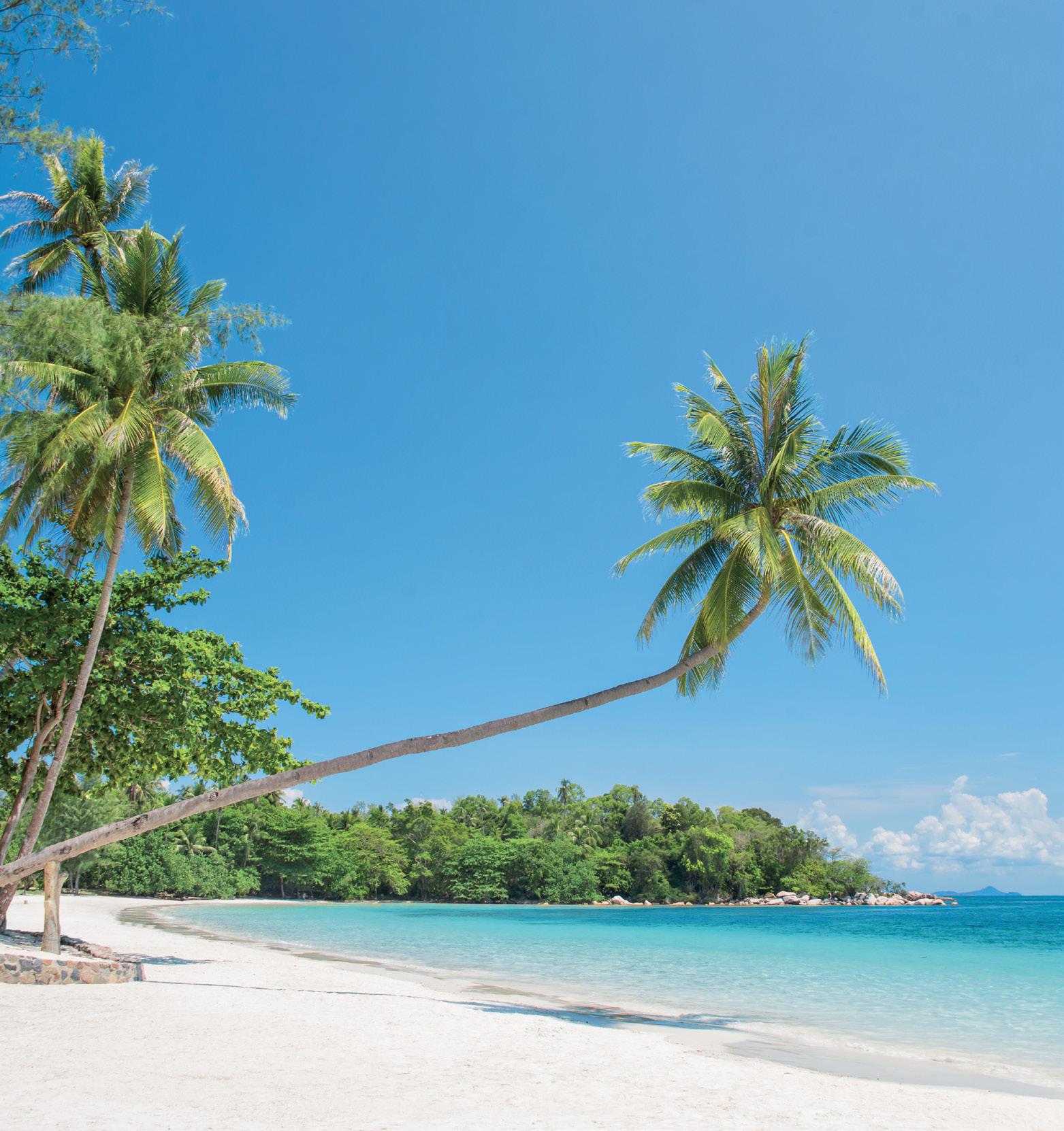
Book a Singapore STAYOVER with Luxury Escapes and earn TRIPLE Société reward points to go towards your next holiday, limited time only.



We all have that magical destination that sees us return again and again. For chef and Luxury Escapes: The World’s Best Holidays TV presenter Miguel Maestre, it is the Maldives. He tells us why.
The Maldives is home to some of the most luxurious resorts in the world. These resorts offer unparalleled service, with many providing a personal butler or aris meeha to cater to your every need. Resorts offer a wide array of personalised and private experiences, such as private sandbank dinners, deserted island tours, secluded spa treatments and sunset cruises that will create memories forever.
There is nowhere else in the world where you can open your eyes in the morning, jump onto a water slide and dive into a turquoise ocean that makes you believe you are dreaming, even when you are wide awake.
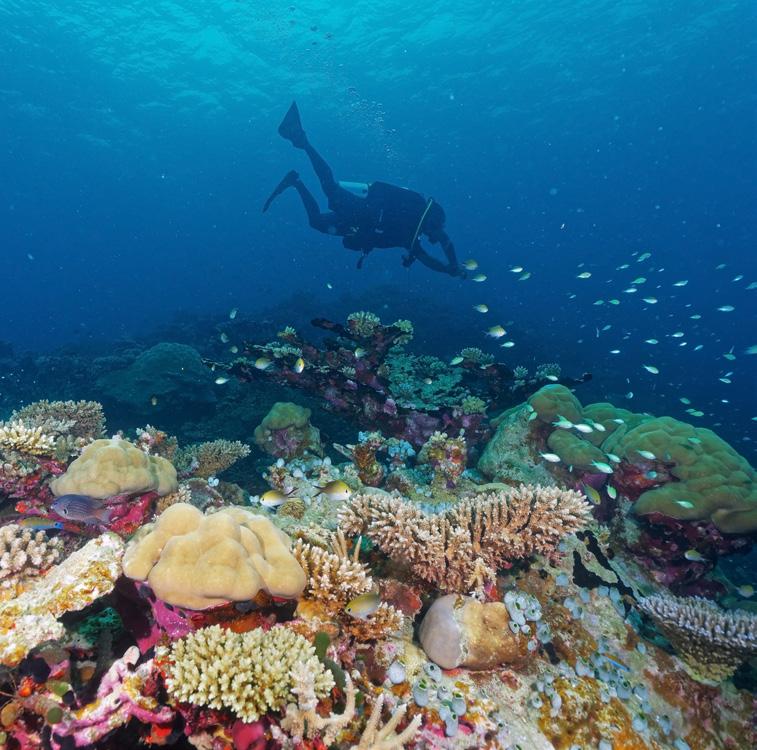
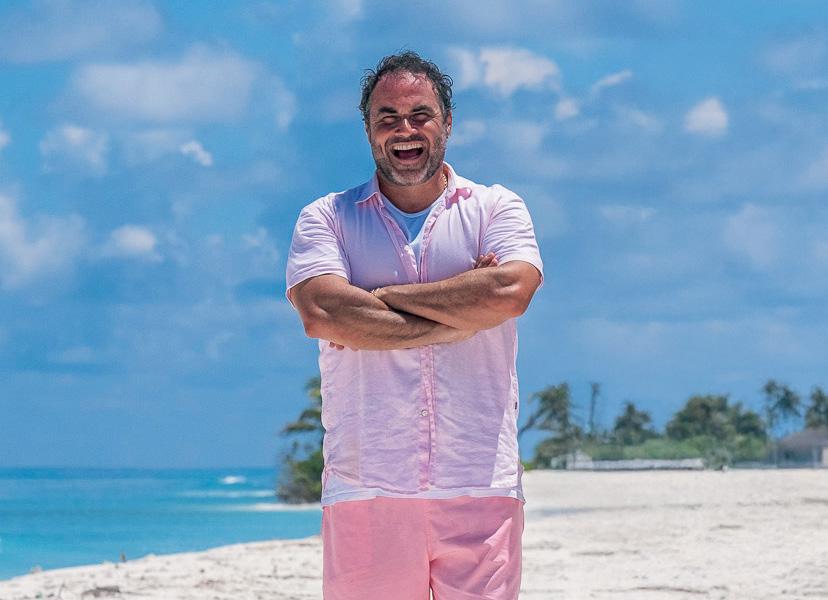
The exceptional dining. From fine-dining experiences at Michelin-starred restaurants to seafood menus that tantalise your tastebuds. My personal favourite is the Crab Shack at Soneva Jani, and the food at SO/ Maldives is some of the best I’ve ever had.
The Maldives is paradise. The coral atolls and clear waters make it one of the world’s premier destinations for diving and snorkelling. The vibrant coral reefs are home to a diverse ecosystem of marine life, including manta rays, whale sharks, sea turtles, and a stunning variety of colourful fish. The best diving is definitely at Park Hyatt Maldives on Hadahaa, where you swim with tiger sharks.
Members of our VIP travel club are saving thousands Unlimited benefits all year round*

Save hundreds every year
With member-only pricing on our best limited-time hotel offers & tours

Early access
To our bestselling offers to secure the best availablity & rooms

Bonus inclusions
Hotel credit, daily breakfast, room upgrades & more

Exclusive access
To hidden offers, just for members

Worry-free travel
Save 40% on Travel & Cancellation Protection for stress-free trips

Jump-the-queue
With priority access to 24/7 customer support

See what members are saying about LuxPlus+ and its exclusive benefits



*Terms and conditions apply.

